

14 Top-Rated Attractions & Places to Visit in Colombia
Written by Mark Johanson , Michael Law , and Lana Law Updated May 4, 2023
Authors Michael and Lana Law have made multiple trips to Colombia to explore the different regions. Their most recent trip in late 2022 took them to Medellin and Bogotá.
Cast all of your outdated ideas aside, like drug wars and gangsters, and you'll find that Colombia is a nation brimming with confidence and rushing headfirst into a more peaceful and prosperous future.
In this land of contrasts, you'll encounter snowcapped Andean peaks , tropical Amazonian jungles , turquoise Caribbean coasts , and two sun-kissed deserts. You'll also find a host of spectacular tourist attractions at the places in between, from the magic of Cartagena and the buzz of Medellin to the quiet colonial villages of Salento and Mompox.
Above all else, the famous Colombian hospitality will undoubtedly find you coming back for more. Find the best places to visit with our list of the top attractions in Colombia.
1. Cartagena
2. medellin, 3. eje cafetero, 5. tayrona national natural park, 7. the lost city (ciudad perdida), 8. providencia island, 10. la guajira peninsula, 11. hacienda nápoles, 12. caño cristales.
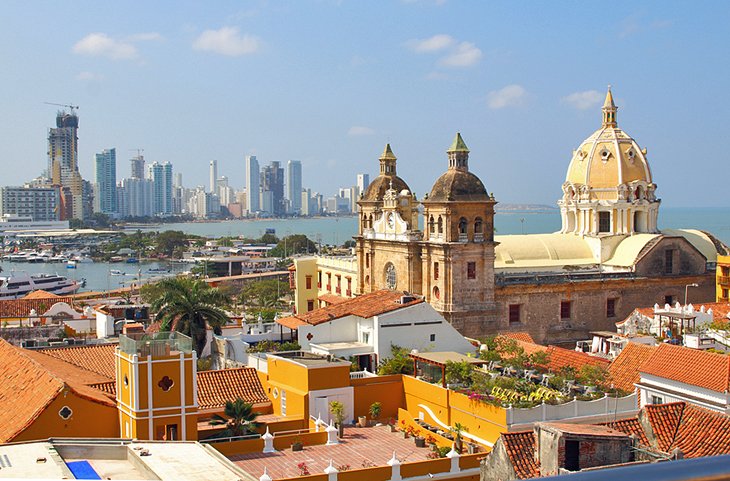
Cartagena is the crown jewel of Colombia's Caribbean coast and one of the best-preserved colonial destinations in the Americas. Take a stroll through the historic walled city , and you may feel as if you've stepped back in time to a different era.
Maybe it's the 13 kilometers of centuries-old walls, or the colorful colonial architecture, many of which are now beautifully restored restaurants and luxury hotels. Perhaps it's the bougainvillea-covered balconies along the labyrinthine streets or the soaring Catholic churches that tower above every plaza. Whatever it is, visitors can't help but fall for this Caribbean charmer.
Beyond the old city center lies laid-back Getsemani , and along the oceanfront is Bocagrande , a newer part of town, where upscale condos and hotels fight for prime seafront real estate. And less than an hour away by boat are islands and beaches , offering ideal places to visit for getaways and day trips.
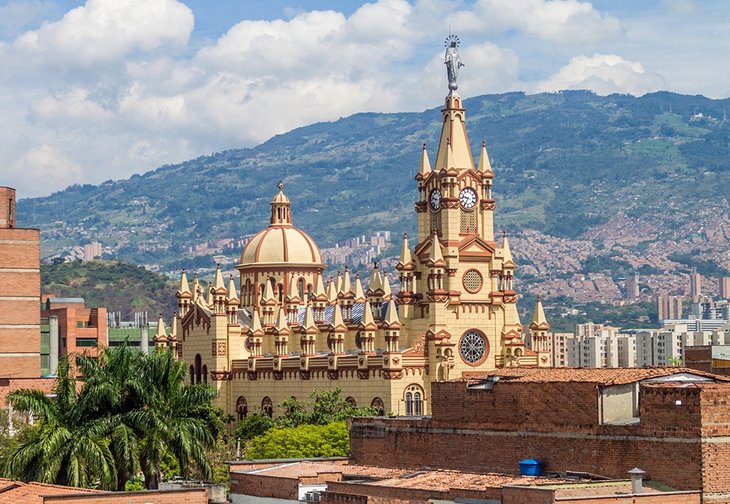
Bogotá might be the Colombian capital, but it's the smaller and more manageable city of Medellin that tends to capture the hearts of visitors. Medellin was dubbed the most dangerous city in the world in the early 1990s, but a quarter of a century later, it has earned a reputation for something entirely different: innovation.
The city boasts cable cars linking the settlements in its hills to a modern metro system in the valley below, a greenbelt of lush "eco parks," and striking libraries and community centers in some of the poorest neighborhoods.
A great day of sightseeing in Medellin might start in the Old Quarter at Botero Plaza , where you'll find a collection of 23 portly sculptures donated by the beloved Colombian artist Fernando Botero. Adjacent to the plaza is the must-visit Museum of Antioquia and the striking Rafael Uribe Uribe Palace of Culture . Then, head into the hills above town by riding the sleek escalator system through Comuna 13 to explore this neighborhood's colorful homes and elaborate street murals.
Finish your day in Medellin's trendiest commune, El Poblado , where you'll find buzzing eateries, boutique shops, and the vast majority of the city's hotels.
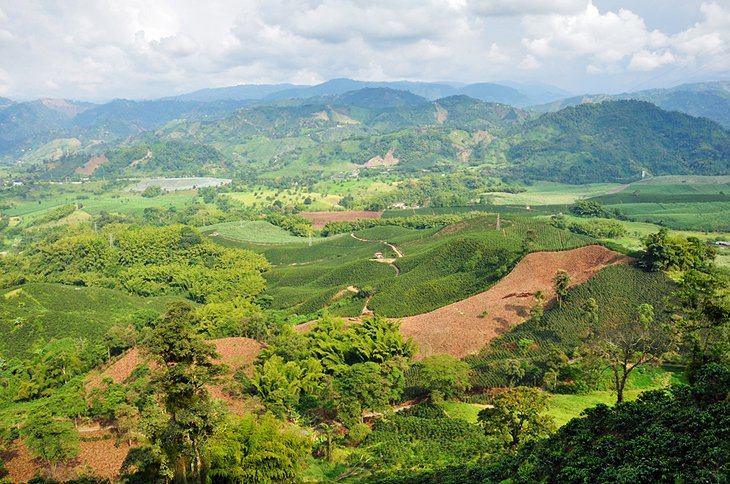
The world's third-largest producer of coffee beans, Colombia is a fantastic country for tastings and tours. The vast majority of production takes place in the subtropical Andean hills west of Bogota between the small cities of Armenia, Pereira, and Manizales.
This region, known as the Eje Cafetero (or Coffee Axis), is home to a growing number of coffee plantations that have opened up their operations to the public in recent years for tours, tastings, and lavish farm stays.
These small (and often organic) plantations are the kind of places where the farmer-owner might take an hour out of his day to explain the process of how a humble "cherry" turns into a coffee bean that will one day be roasted and ground into a latte back home.
The small resort town of Salento is easily the most attractive place to base yourself, with numerous farm tours nearby and plenty of things to do. You'll also have easy access to attractions like Cocora Valley , home to the tallest palm trees in the world.
You can rent bicycles from Salento to explore the region under your own steam or ride on one of the old-fashioned Willy jeeps that serve as the town's de facto taxis.
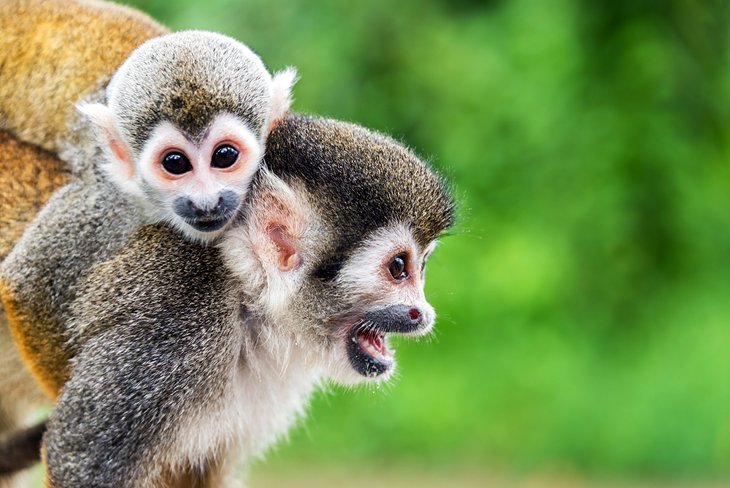
Picture the Amazon, and Colombia may not be the first country to come to mind — which is odd, because about a third of the nation is blanketed in its thick (and often impenetrable) jungles. The capital of the vast Amazon Basin is the small frontier town of Leticia, which sits along the banks of the mighty Amazon River, right where Colombia bumps up against Brazil and Peru .
Leticia makes a great base for eco-tourism , wildlife safaris, or hikes into the Amazon to learn about the Indigenous tribes that call this area home. The only way to arrive here is by plane from Bogotá, and you can continue onward by boat either downriver to Manaus, Brazil, or upriver to Iquitos, Peru.
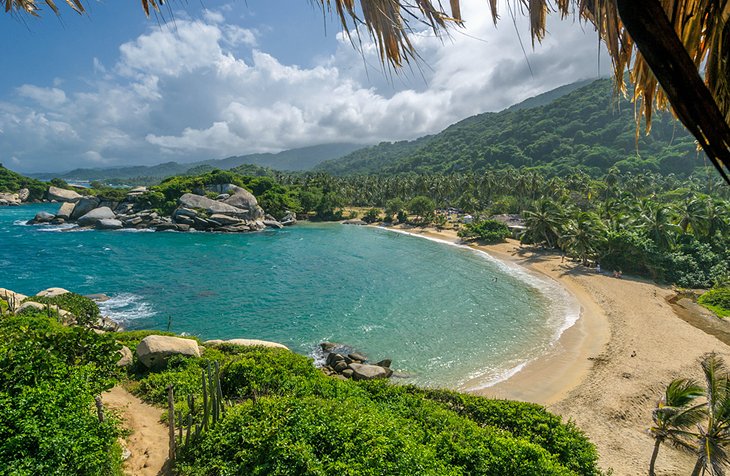
You'll find some of the best beaches in Colombia within the protected Tayrona National Natural Park, which is known for its palm-shaded coves and crystal-clear coastal lagoons. Most beaches are set against the dramatic mountains of the Sierra Nevada de Santa Marta, whose rainforested hills make for a great side trip on any beach vacation.
Tayrona is also a fantastic place for snorkeling at protected areas near La Piscina beach and Cabo San Juan . Though remote, these secluded beaches aren't exactly a secret, so it's best to visit in low season (February to November) to avoid the massive crowds. Also, unless you're paying for the lavish Ecohabs Tayrona, be prepared to sleep in a tent (or hammock) at one of the many beachside campgrounds.
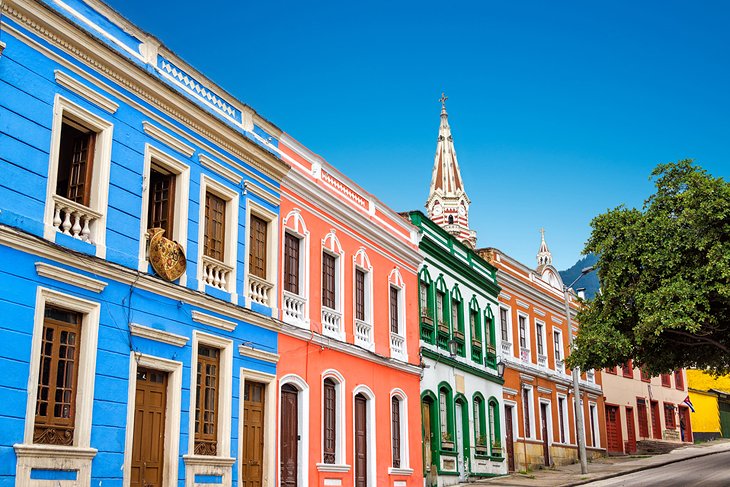
Most visitors to Colombia will inevitably begin their trip in Bogota, the nation's largest city. It's a city that often divides opinion, with some complaining of its gridlocked streets and sometimes dreary weather, and others falling head over heels for its unique combination of colonial charm and urban sophistication. Either way, this city of eight million tends to grow on people who give it enough time.
Begin your sightseeing in Bogota in the historic center of La Candelaria , where you'll find the impressive buildings lining Plaza de Bolívar and can't-miss cultural attractions like the blindingly bright Museum of Gold . Then, head over to the wealthier neighborhoods of North Bogotá for some of the nation's best boutique shops and chef-driven restaurants.
For a bird's eye view of the city, be sure to take a trip up on the cable car to the Sanctuary of Monserrate . While up there settle in for a delightful and leisurely lunch or dinner at Casa San Isidro , serving fine Italian food, or enjoy Colombian food at the historical Santa Clara House dating from 1924.
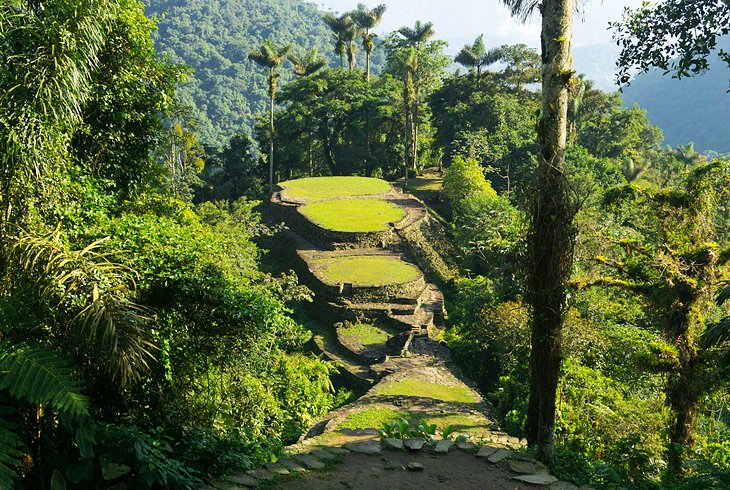
Colombia's most popular hike is undoubtedly the four-day, 44-kilometer trek to Ciudad Perdida, a lost city hidden deep in the Sierra Nevada de Santa Marta mountains that was only rediscovered in the 1970s. Built and occupied by Tayrona Indians between the 8th and 14th centuries, this ancient city is said to be one of the largest pre-Columbian settlements discovered in the Americas.
Much of the site remains buried beneath a thick jungle quilt because the modern Indigenous inhabitants of the area have banned excavations, but you'll find that the stone terraces and stairways are in outstanding shape.
Independent treks are not allowed, you will need to go with a sanctioned and approved tour operator who will provide a guide and all meals. You can book a tour from Santa Marta in advance.
If you decide to go, be prepared, this is no walk in the park. You'll face blazing heat, stifling humidity, rainstorms, copious quantities of mud, and insects. The trail, although easy to follow, is never flat, plan to always be going up or down. However, it's not all drudgery. Along the way, you'll be treated to spectacular jungle views and the opportunity to swim in rivers and ponds.
Hikes start early, usually around 5am to make use of the coolest part of the day. At the designated campgrounds, you'll either sleep in a hammock or on a mattress; mosquito nets are provided. You should count on being able to walk about 12 to 14 kilometers or seven to nine hours in a single session.
The trail is closed every September as part of an agreement with the local Indigenous community. The best time to go, with the least rain, is January and February.
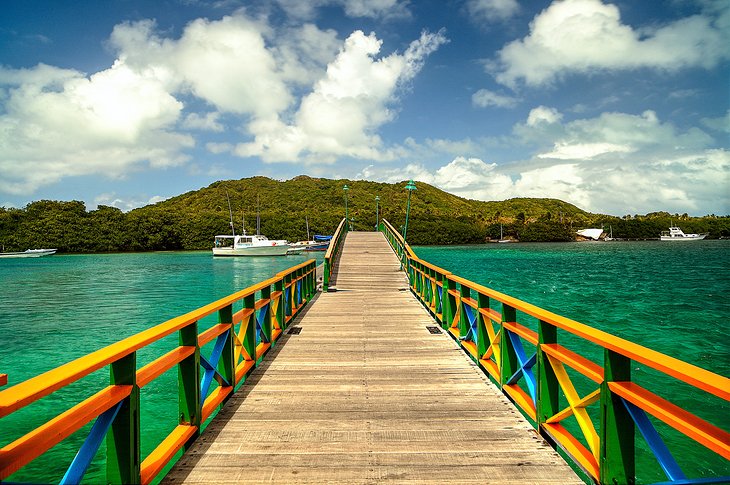
This quirky Caribbean Island leaves many first-time visitors perplexed. For starters, it's far closer to Nicaragua than Colombia. Then there's the fact that its residents don't speak Spanish but rather an English Creole. Of course, none of that really matters when you find yourself sunning on the most stunning beaches under the Colombian flag.
Little more than a dollop of golden sands and perky palms, this isolated island is the jewel of the UNESCO-protected Seaflower Biosphere Reserve, with some of the world's greatest marine biodiversity just waiting to be explored.
You'll need to first stop on the more popular San Andrés Island and catch a short hopper plane or three-hour catamaran ride to reach Providencia. Once here, you'll find the largest collection of cottages and hotels in the small hamlet of Aguadulce on the stunning west coast of the island.
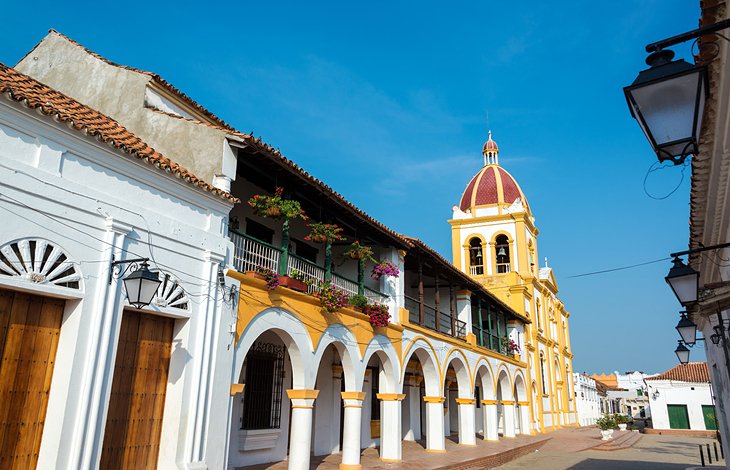
Lovers of magic realism and the writings of Gabriel García Márquez will fall for the sleepy charms of Mompox. It features prominently in the Nobel laureate's book The General in His Labyrinth and is thought to be the inspiration for the fictional town of Macondo in his most famous novel, One Hundred Years of Solitude .
Mompox was once a prosperous cog in the trading route between the Caribbean coast and the Andes, famed as the spot where "El Libertador" Simón Bolívar recruited his army to gain independence for neighboring Venezuela . Now, this colonial relic along the muddy shores of the Magdalena River is truly a town that time forgot.
Though it lacks a wealth of things to do, many visitors find themselves spending far longer than planned strolling through the cobbled streets; soaking in the ambience of the colonial architecture; or taking boat trips through the Pijiño Swamp , a popular attraction for birders.
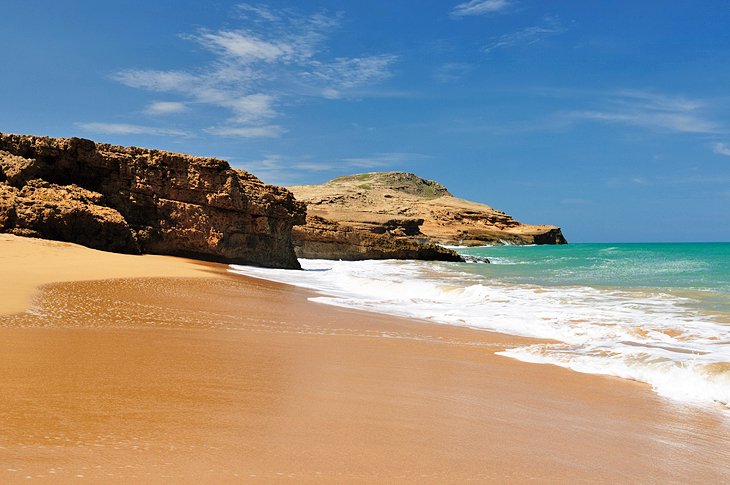
It's the most northerly point in South America, so perhaps it's only fitting that La Guajira is unlike anywhere else on the continent. This remote and little-visited peninsula is a quiet oasis of sweeping sand dunes, bird-covered mangrove swamps, and vast stretches of empty land where the orange-brown La Guajira Desert meets the turquoise Caribbean Sea.
Indigenous beliefs are the law of the land here, as the peninsula is home to the proud Wayuu people, who were never subjugated under Spanish rule and maintain a vibrant culture to this day.
Keep in mind that tourism is still new in La Guajira, and the ride in from the regional capital of Riohacha requires both patience and a sense of adventure. The windsurfing and kiteboarding Mecca of Cabo de la Vela has the most tourism infrastructure and will likely be your best entry point into the region.
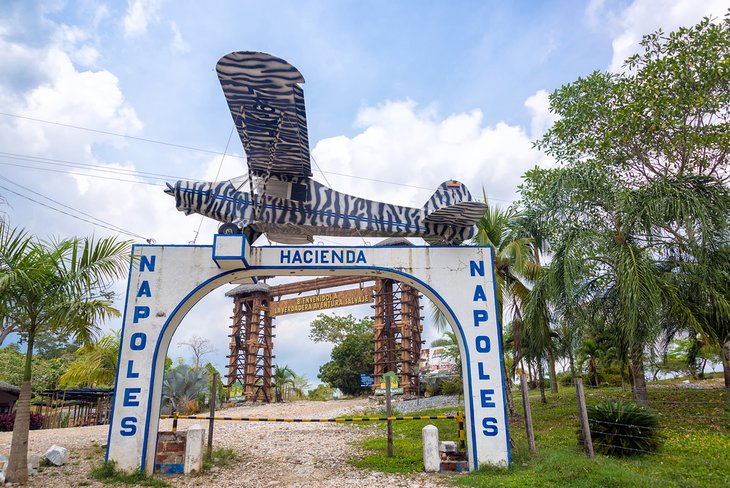
If there's one man who lingers large over Colombia's recent history, it's the billionaire drug trafficker Pablo Escobar. What few people realize is that you can actually visit the lavish estate built and owned by Escobar in Puerto Triunfo, about 110 miles east of Medellin.
The sprawling complex, known as Hacienda Nápoles, fell into disrepair in the decade after Escobar's death in 1993. But the local municipality took control of the property in the mid-2000s and turned it into-of all things-an ever-growing amusement park with an eclectic mix of themed zones, hotels, a water park, and safari-style zoo.
The amusements and hotels are new, and signs of Escobar are now limited. The ruins of his former mansion were bulldozed, and one of the Cessna planes he used to smuggle drugs to the US that used to be perched atop the entry gate is gone (as is the gate). The only thing remaining is a small museum that grapples with his legacy and some of his antique car collection rusting peacefully in the sun.
There is also a Jurassic zone filled with the life-size dinosaur replicas he purchased for his son and a wild hippo herd that, after years of heavy procreation, has grown from four to 40 and now represents the largest herd outside of Africa.
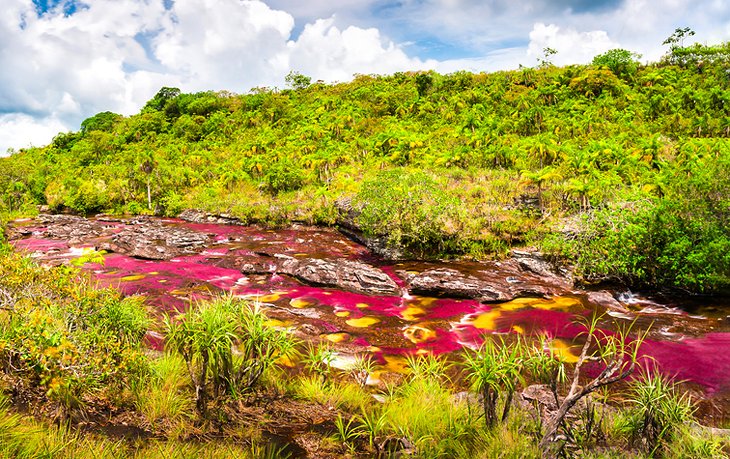
Caño Cristales was off limits for decades while in the grip of guerrilla fighters but is officially back in business and welcoming more tourists than ever before. Most visitors come to this remote river canyon in the Orinoquía region to hike between its waterfalls and bathe in its natural swimming holes.
While worth the trip in any season, the canyon is particularly prismatic between July and November, when an algae bloom turns the riverbed into a rainbow of colors. The isolated outpost of La Macarena is your base for trips to Caño Cristales, and it's only reachable by air from Bogotá or Villavicencio.
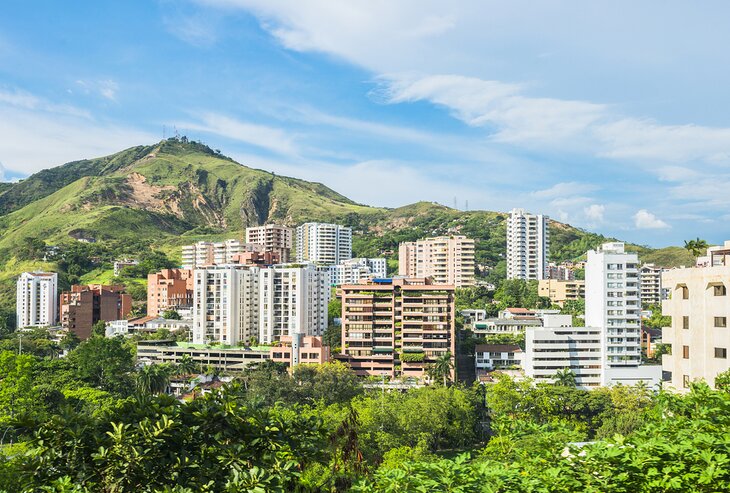
The inhabitants of Cali have a zest for life and fun that is unique in Colombia. And, how can you not, when your city is known around the world as the home of Salsa dance? Street festivals celebrating this sensual dance happen most evenings in the Juanchito area under the stars in the sultry air.
However, the city isn't all about dancing, it's also a foodie destination with a plethora of interesting restaurants helmed by innovative chefs making the most of the bounty from both the land and the Pacific Ocean, only a short distance away.
Dance, food, hot weather — what more do you need? Well, a bit of historical architecture dating from the 20th century coupled with friendly people round out the wonderful assortment of things to do in Cali.
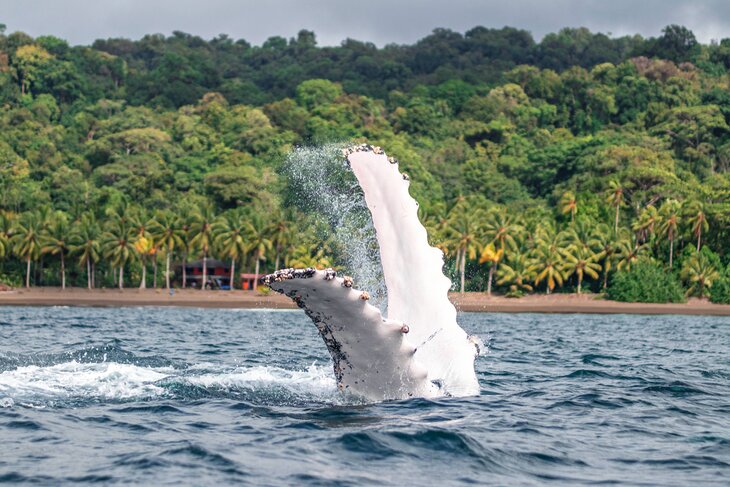
The Caribbean coast of Colombia, with Cartagena as the shining star, soaks up most of the bandwidth when people think of coastal areas in Colombia. However, the small city of Nuqui and the Pacific Coast should not be overlooked by those with a taste for adventure and fun.
This incredibly biodiverse area is home to humid coastal jungles, waterfalls, and the full force of the Pacific Ocean. Empty beaches with humpback whales breeching just offshore, crystal clear rivers emptying into the sea, and some of the most incredible birdlife (especially hummingbirds) in the country await.

More on Colombia
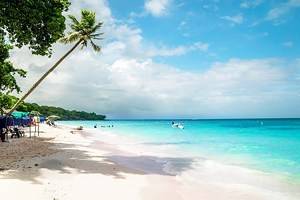
Nomadic Matt's Travel Site
Travel Better, Cheaper, Longer
My 21 Favorite Places to Visit in Colombia
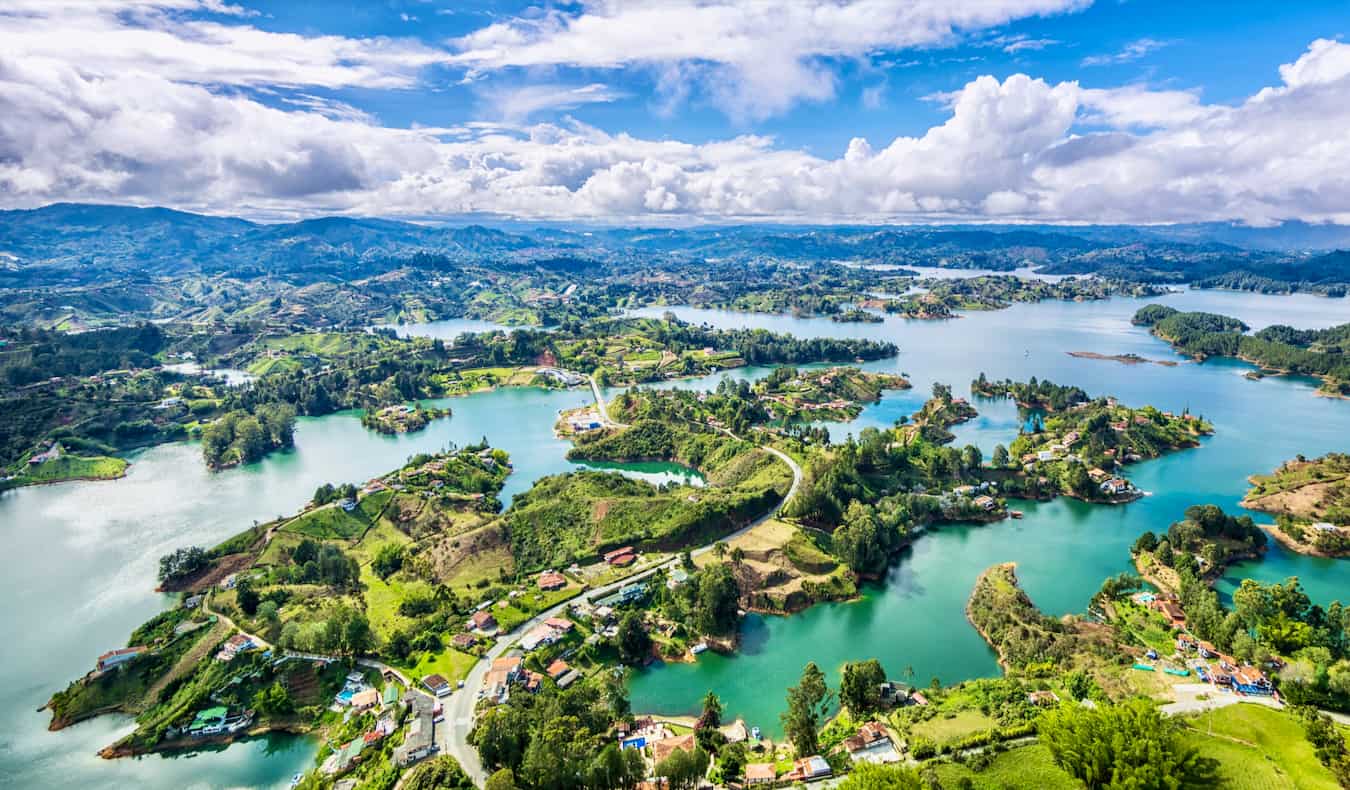
From the blue waters of Tayrona National Park, the sweeping views of the Cocora Valley, and the ruins of San Agustín, Tierradentro, and the Lost City, to the white colonial buildings of Popayán and the hustle and bustle of its metropolises, Colombia is packed with things to see and do.
I’d wanted to visit Colombia for years. And after spending six weeks there, I must say, it lived up to the hype.
I had falsely assumed that six weeks would be enough to get a good sense of Colombia. After all, six weeks is a fair amount of time to spend anywhere.
But I was wrong. Given its size and the sheer number of activities, it was barely enough to scratch the surface.
Yet I did manage to see a lot.
Today I want to share my list of what I think are the best things to see and do in Colombia. These are the activities and places you should try to focus on when you visit:
1. Cartagena
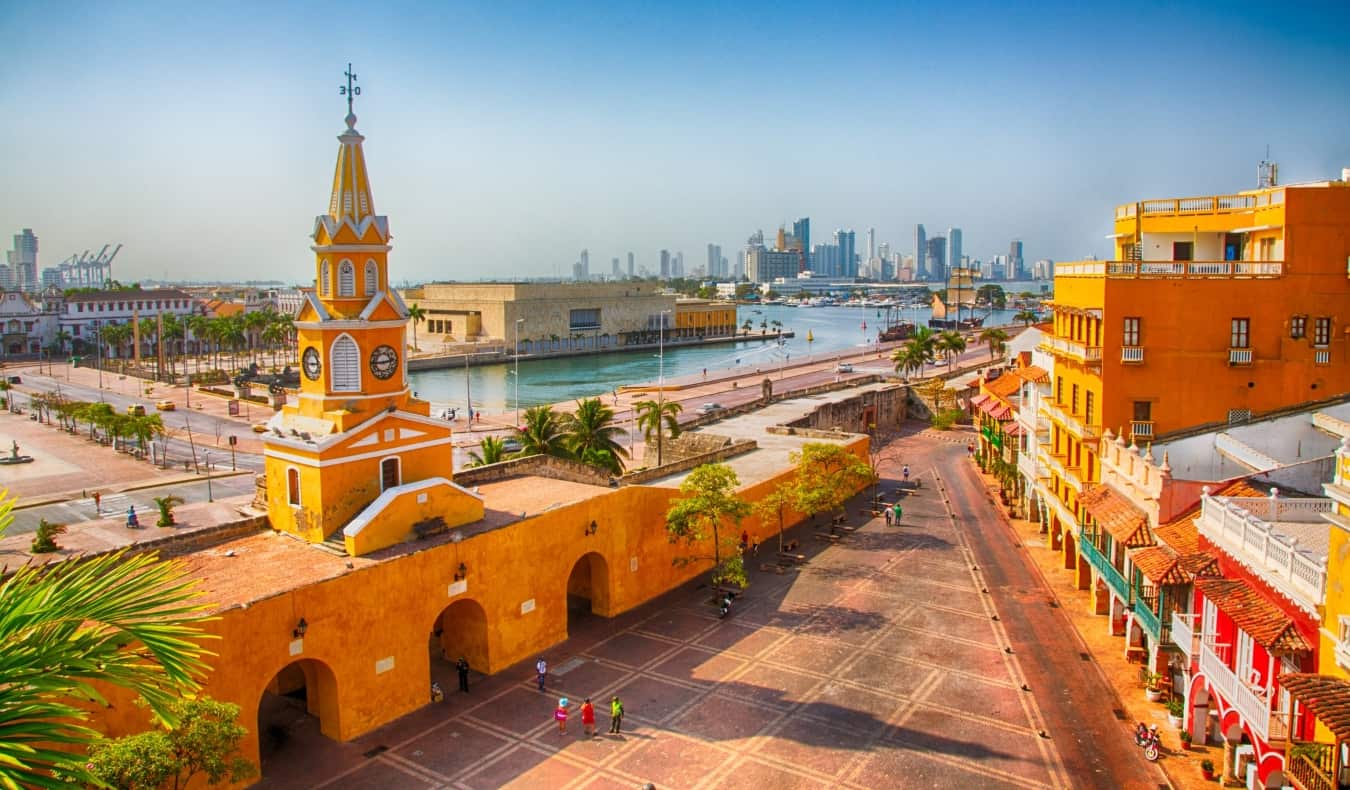
But despite the crowds (and there are a lot of crowds), I really enjoyed Cartagena . While there aren’t a lot of tourist activities (you can do most of them in a single day), what makes it a wonderful place to visit is just that: it’s somewhere you can slow down, relax, and gorge on the phenomenal gastronomy .
WHERE TO STAY: Casa Bustamante Hotel Boutique – A charming budget-friendly bed and breakfast with a swimming pool. It’s located in a colonial home just outside of the walled city.
For more, check out my Cartagena travel guide .
2. Tayrona National Park
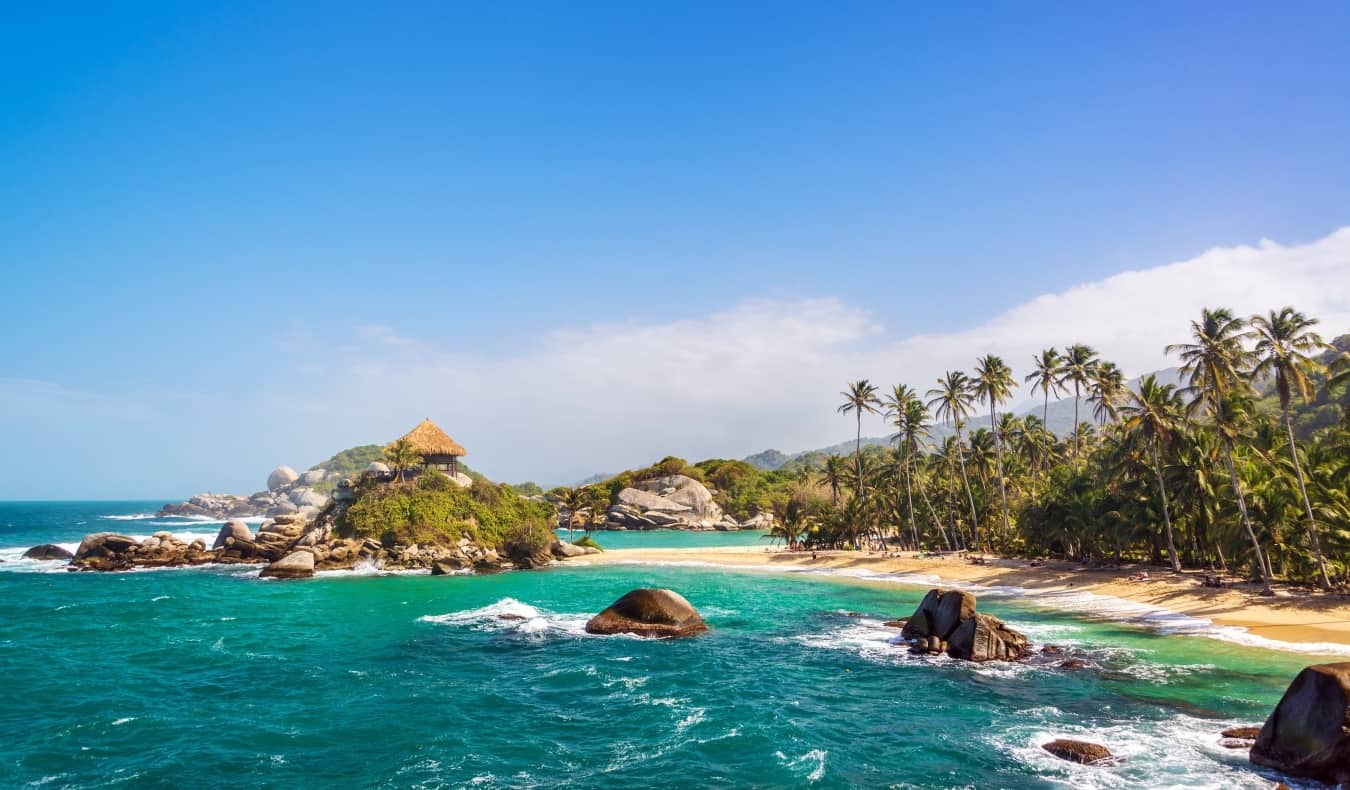
It’s easy to visit as a day trip from Santa Marta , either independently or as part of a group tour . I highly suggest you start early at the big entrance at El Zaino and exit the park through Calabazo. This underused route takes a whole day, and once you pass the Cabo San Juan campground, you’ll get the last half of the trail to yourself. Try to avoid visiting during January, Colombian public holidays (especially Christmas and Easter), and weekends, when the crowds on the beaches and hiking paths are at their peak.
WHERE TO STAY: Hotel Jasayma – Located inside the park, here you can experience what the area is like once all the day-trippers go home. Choose from budget rooms or thatched bungalows and enjoy free breakfast in the morning.
3. The Lost City (La Ciudad Perdida)
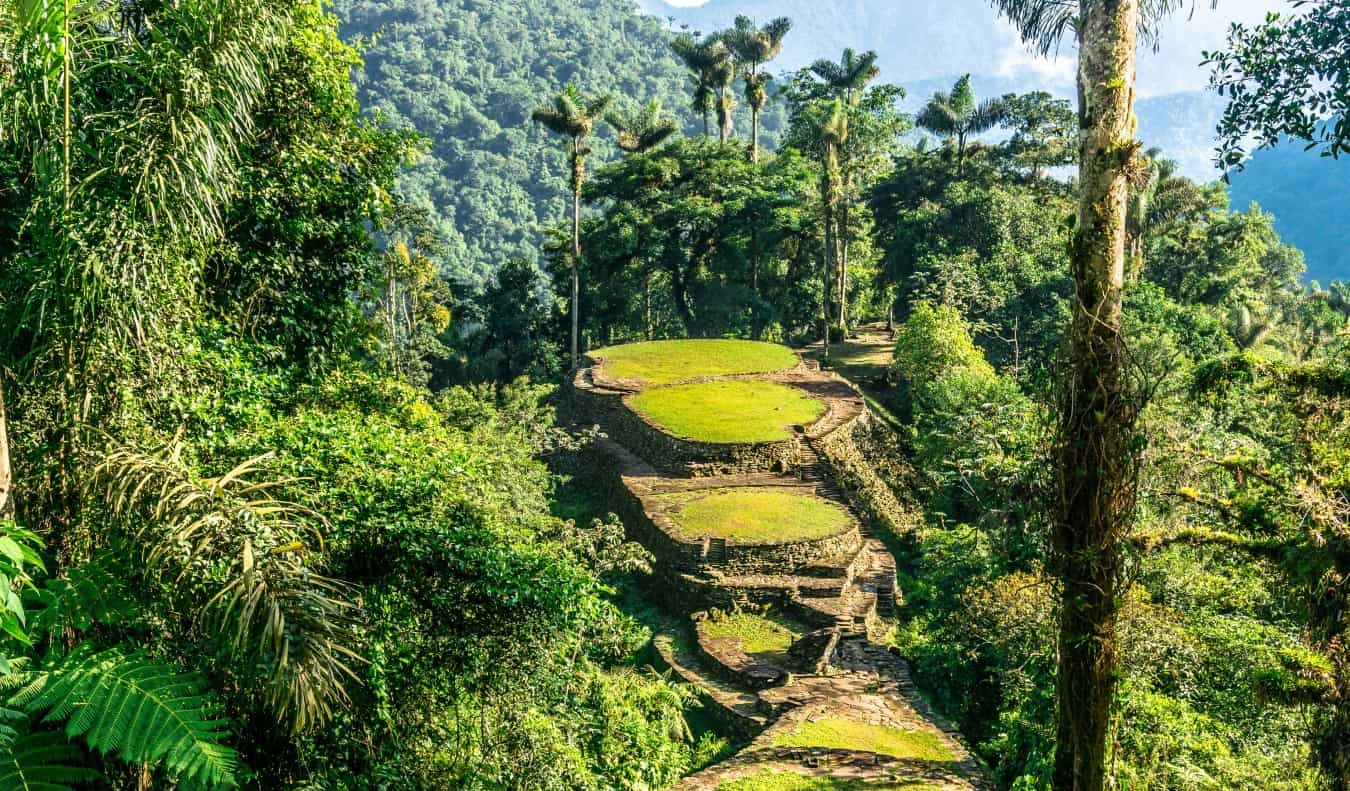
The Lost City was built around 800 CE and contains 169 terraces carved into the mountains, as well as a network of tiled roads and small plazas. It’s one of the most beautiful treks in the country, and the site is older than Machu Picchu!
To visit, you need to hire a tour operator (you can’t do it by yourself). It takes 4–6 days to do the trek from Santa Marta through the jungle up to these beautiful ruins and. If you’re pressed for time, you can also do it in three days; the only difference is the pace you go at. Expect to pay about $400-600 USD for tour with a local operator.
(Tip: You cross a lot of rivers, so be sure to bring an extra pair of shoes or flip flops for when you cross the rivers. You’ll easily ruin a pair of sneakers along the way.)
WHERE TO STAY: Casa Verde Hotel – Just a few blocks from the beach in Santa Marta’s Old Town, it offers outsized amenities for the price (there’s both an indoor swimming pool and rooftop hot tub).
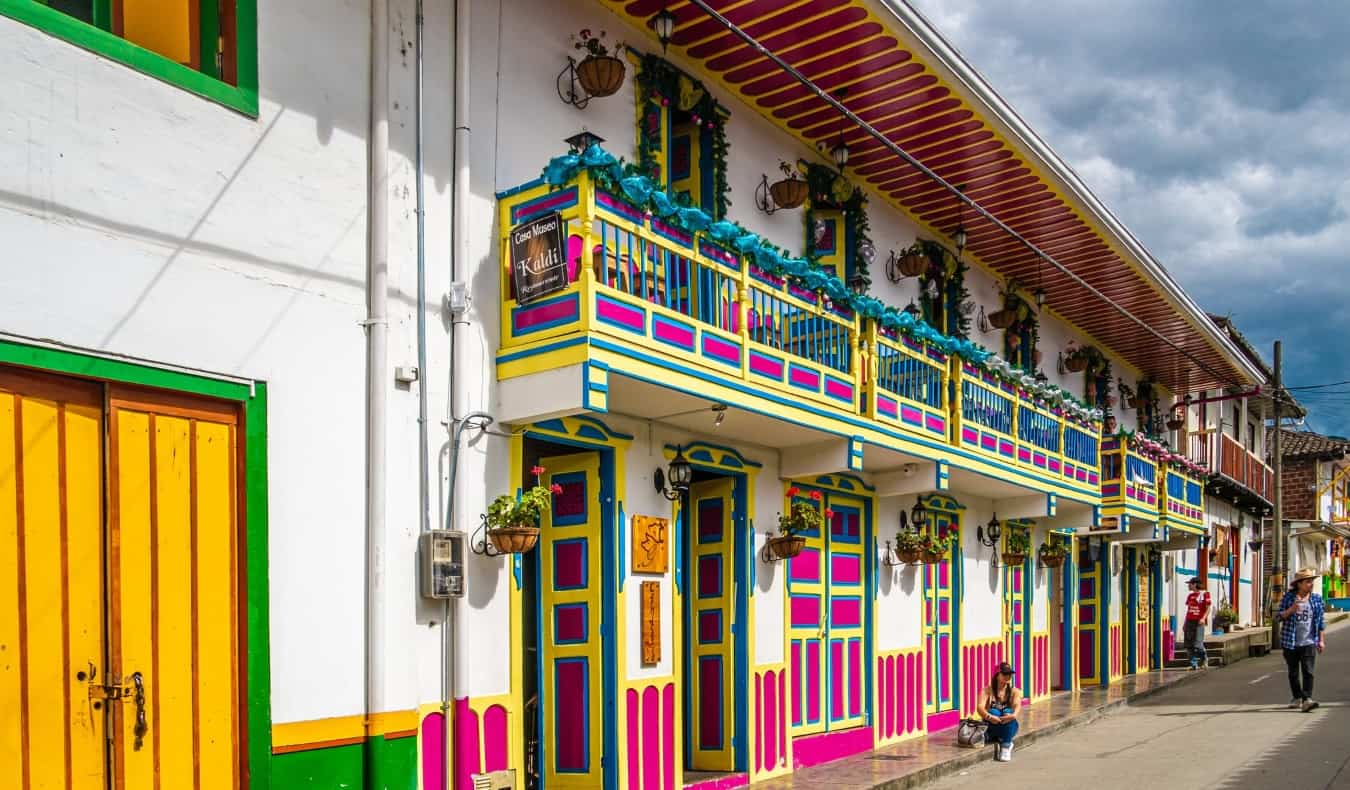
There’s not much to do in the city itself — it’s simply a base for coffee tours or hiking the Cocora Valley (see below) or the trails around town — so it’s easy to spend a few days here watching the world go by with a good book in hand.
WHERE TO STAY: Terrazas de Salento – Offers stunning views over the surrounding mountains, tranquil outdoor spaces with hammocks, an excellent breakfast, and super welcoming hosts.
5. Cocora Valley
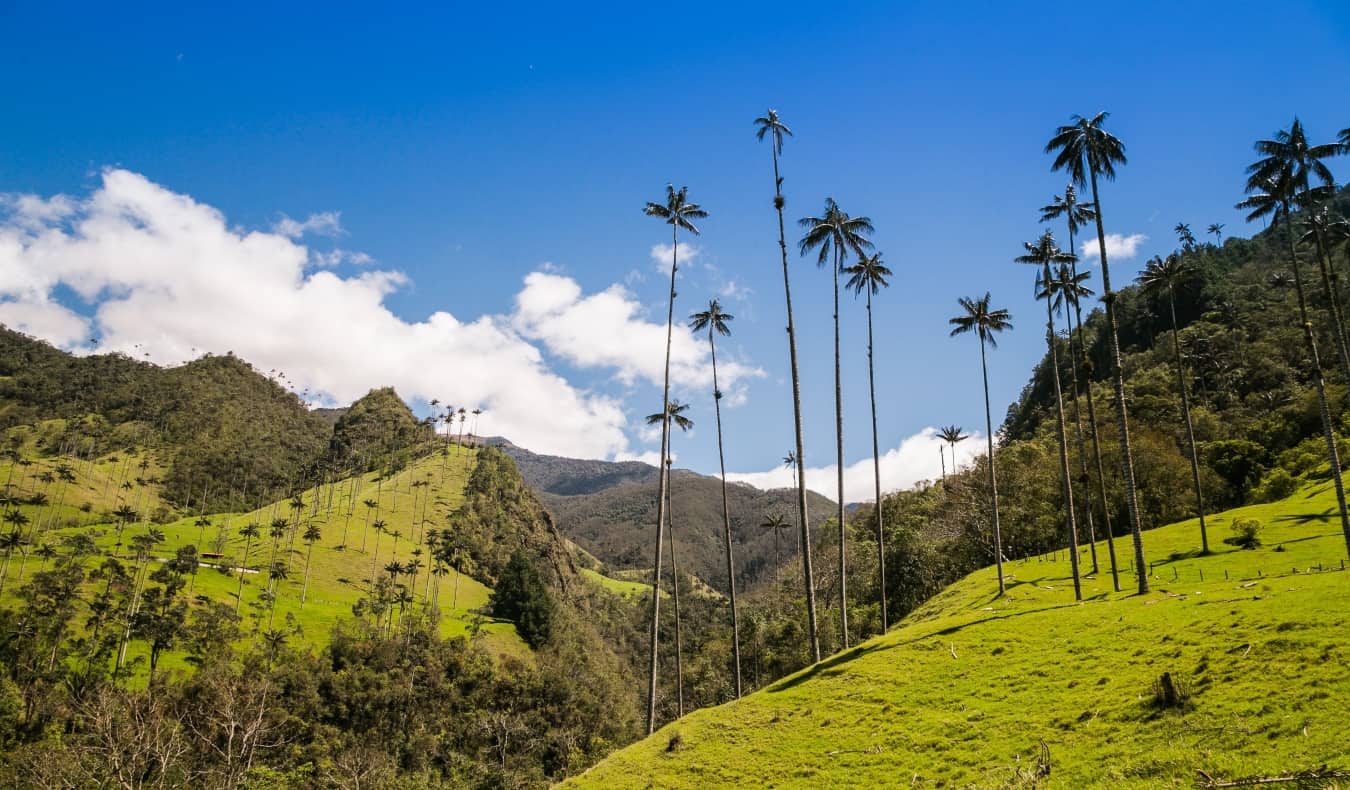
The route’s about five hours, and you can choose to either take the clockwise or counterclockwise route. The clockwise route, starting at the Wax Palm Valley, is easier, with fewer hills. Counterclockwise is easier at the end, though a little anticlimactic, as you end the hike walking down a boring road.
As it’s a popular hike, it’s easy to do independently, though there are also guided treks you can join as well.
(Tip: Start early to avoid the brutal midday heat, since there are a lot of exposed areas here.)
WHERE TO STAY: Salento (see above) is the closest town and jumping off point for hiking the Cocora Valley.
6. Bogotá
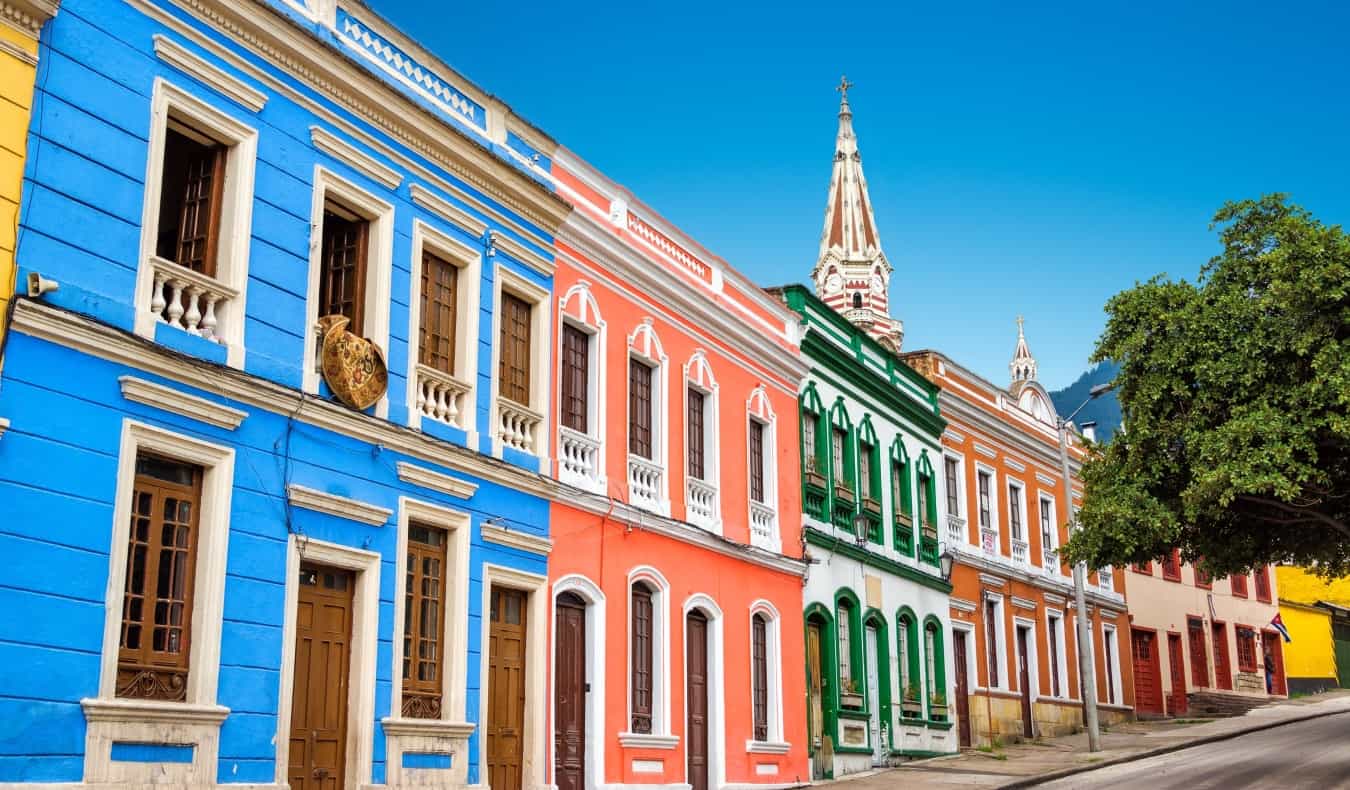
Bogotá is Colombia’s vibrant capital. While it’s not the country’s most popular destination, it felt the most “Colombian” to me: there was just a certain edge and charm to it, and it seemed the least touristy with the fewest gringo expats. The historic downtown, La Candelaria, is filled with bright colonial buildings, detailed museums, delicious restaurants, tiny fun bars, historic churches, and centuries-old houses.
The north end of town is home to boutique hotels and entertainment areas like Zona Rosa and Zona G. The food scene in the city is incredible (its a great place to take a food tour so you learn about the big food scene in the city), with a lot of international and cutting-edge gastronomic restaurants. Throw in some amazing walking tours, day trips, and hikes and you’ve got a recipe for an astounding city.
For more, here’s a list of all my favorite things to do — and places to eat — in Bogota.
WHERE TO STAY: Magdalena Guest House – An affordable guest house in the heart of La Candelaria. Modern and cozy, there’s a little garden area and inner courtyard, a resident cat, comfy beds, and a guest kitchen.

WHERE TO STAY: Magic Garden House – Located next to one of the city’s main parks, this hotel is walking distance to the historic center and all the city’s best dance schools.
For more, check out my budget travel guide to Cali .
8. Popayán
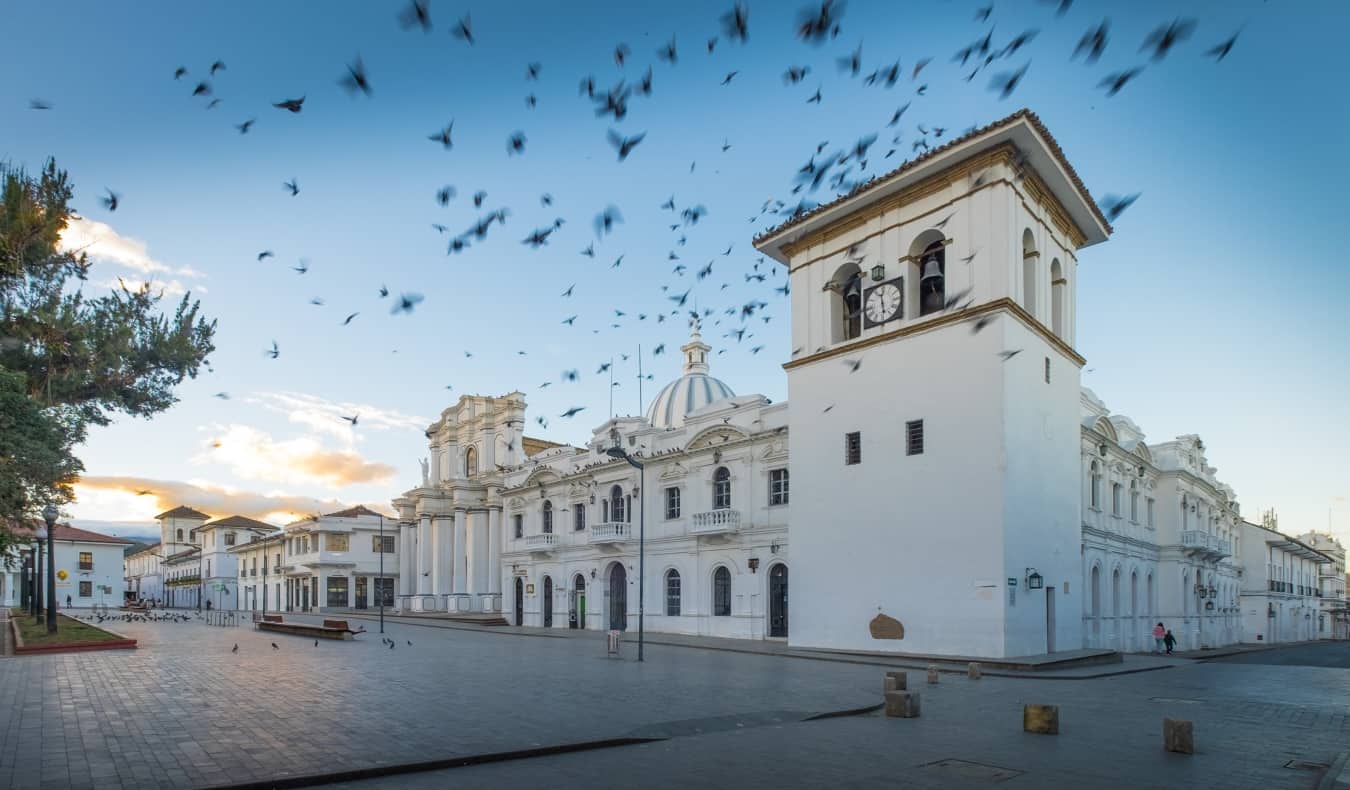
While you don’t need a lot of time (take the walking tour, climb the hill, see the churches, and you’re done), I do suggest staying longer to enjoy the slow pace of life. So much of Colombia is go-go-go, it’s nice to find a place that’s more “stay and relax a while.”
WHERE TO STAY: Hotel La Plazuela – Offers simple rooms (with great showers!) set in a restored 18th-century mansion in the heart of the city.
9. Tatacoa Desert
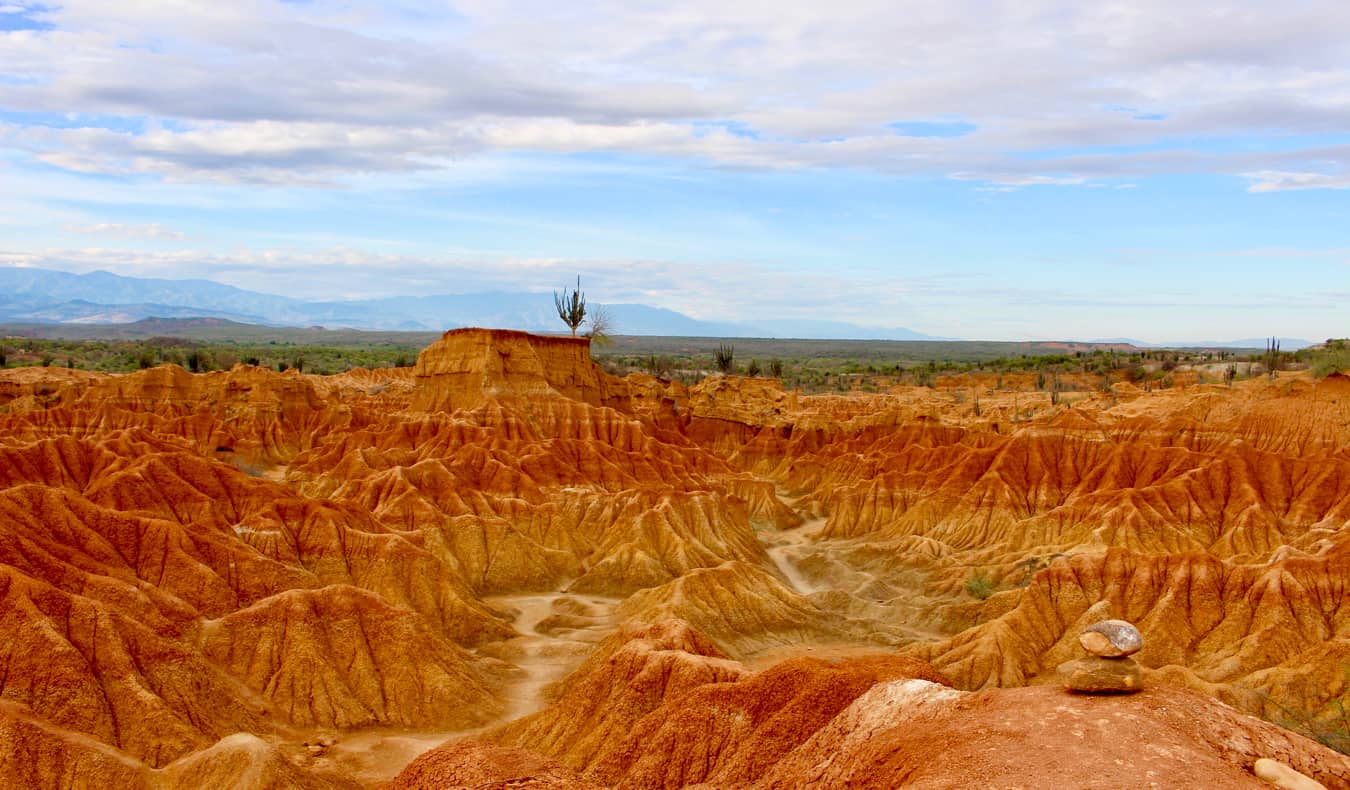
Other than that, there’s not much here. Bike around the stunning rock formations, take some walks, stare at the sky. Stay a night or two. It’s not a popular area (it’s pretty remote), but it is a picturesque way to break up the long bus ride from Bogotá to the south or vice versa.
WHERE TO STAY: Hotel Colonial Villavieja – This hotel has both a swimming pool and air-conditioning, perfect for relaxing after a long day hiking at Tatacoa. It’s in Villavieja, the nearest town to Tatacoa.
10. San Agustín Archaeological Park
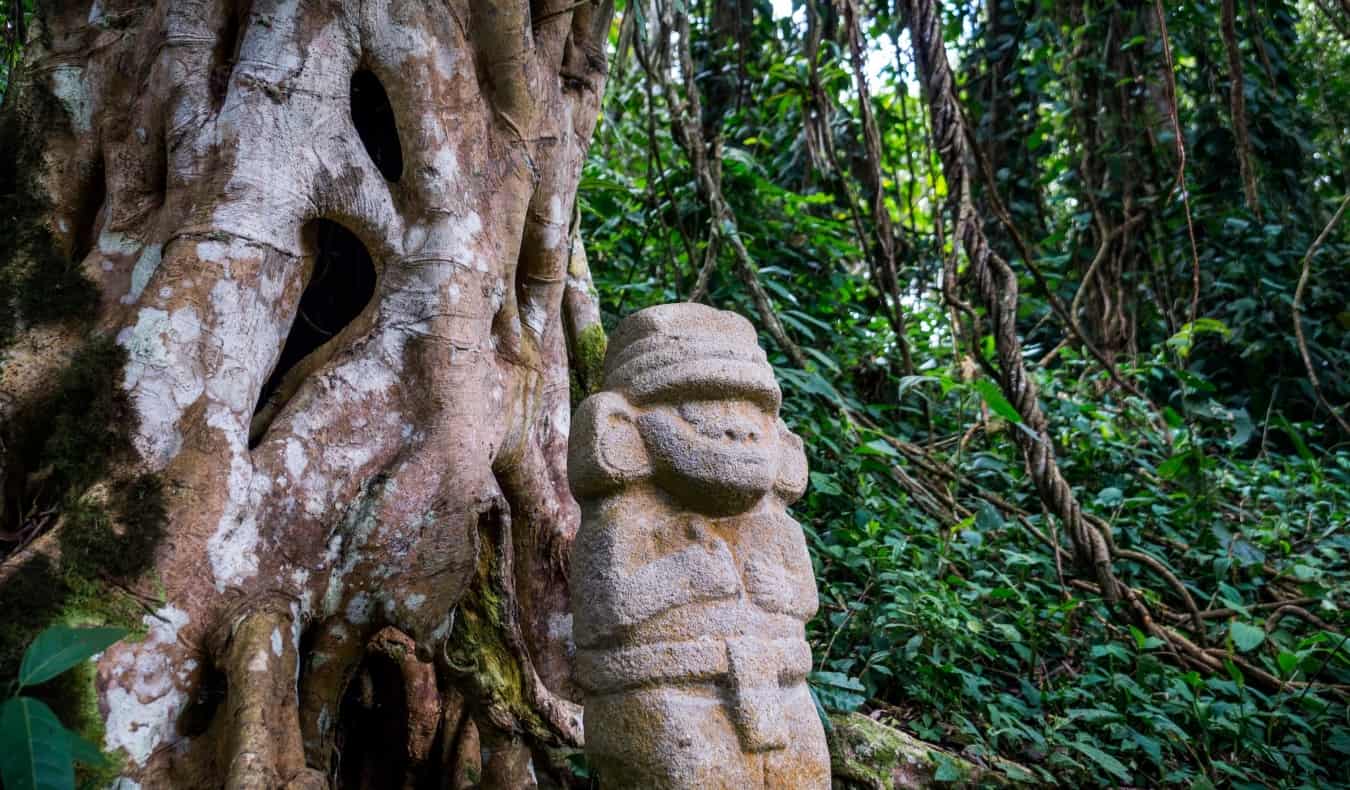
WHERE TO STAY: Masaya San Agustin – Offers individual mountain huts and stunning views over the surrounding mountains. There’s a surprisingly fantastic restaurant on site too!
11. San Gil
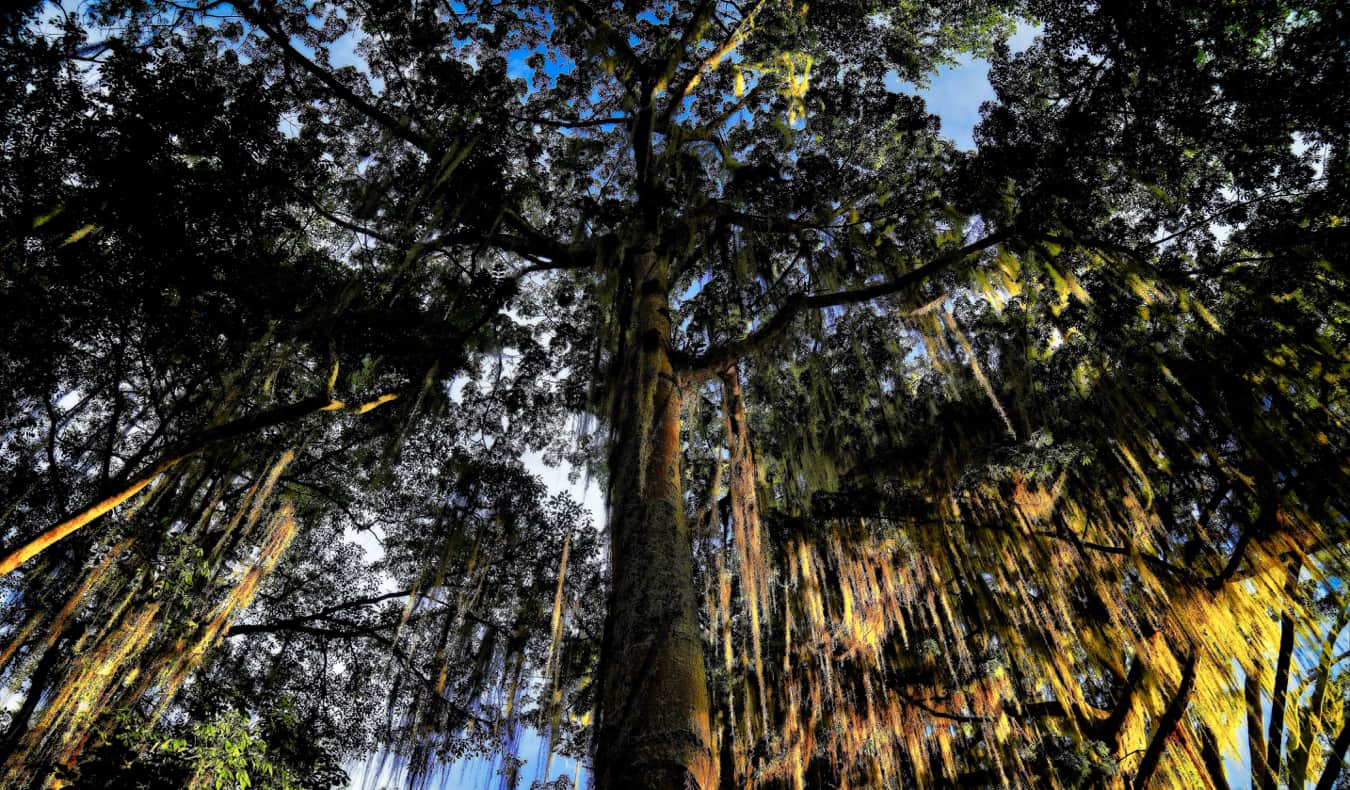
WHERE TO STAY: Located in a quiet neighborhood, Meraki Boutique Hostel – This is a sustainable guest house with a large and inviting common room, a fully equipped kitchen, and free filtered water to fill up your water bottles!
12. Providencia and San Andrés Islands
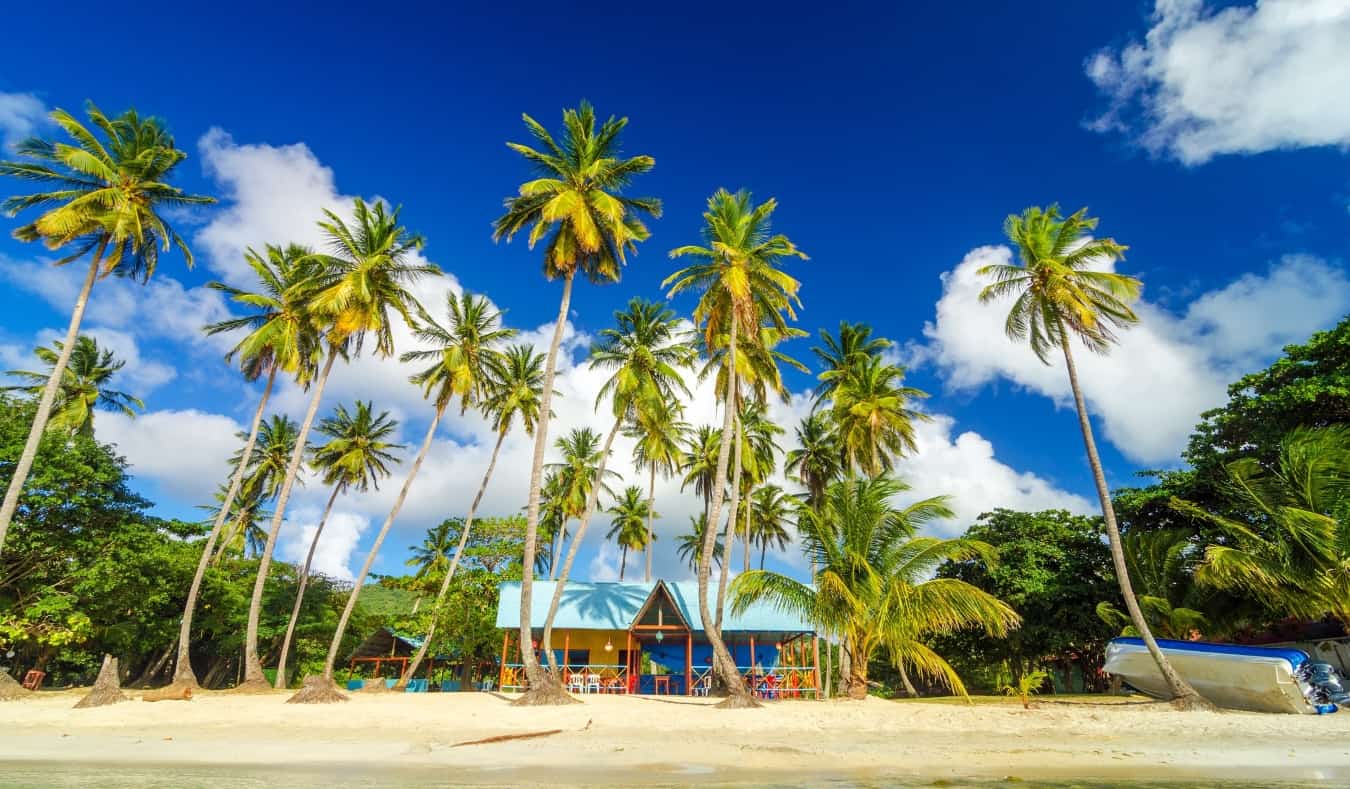
Providencia is actually the center of a huge UNESCO Biosphere Reserve that covers 10% of the Caribbean Sea, and it contains some of the world’s greatest marine biodiversity. Try to make it when tens of thousands of black crabs migrate to the sea. This happens twice a year for about a 1-2-week period between April and July, so it’s not always easy to nail the timing.
WHERE TO STAY: South West Bay Cabañas – Located just a 10-minute walk from a great beach, this hotel offers both air-conditioning and Wi-Fi, two amenities that aren’t always available on the island.
13. Medellín
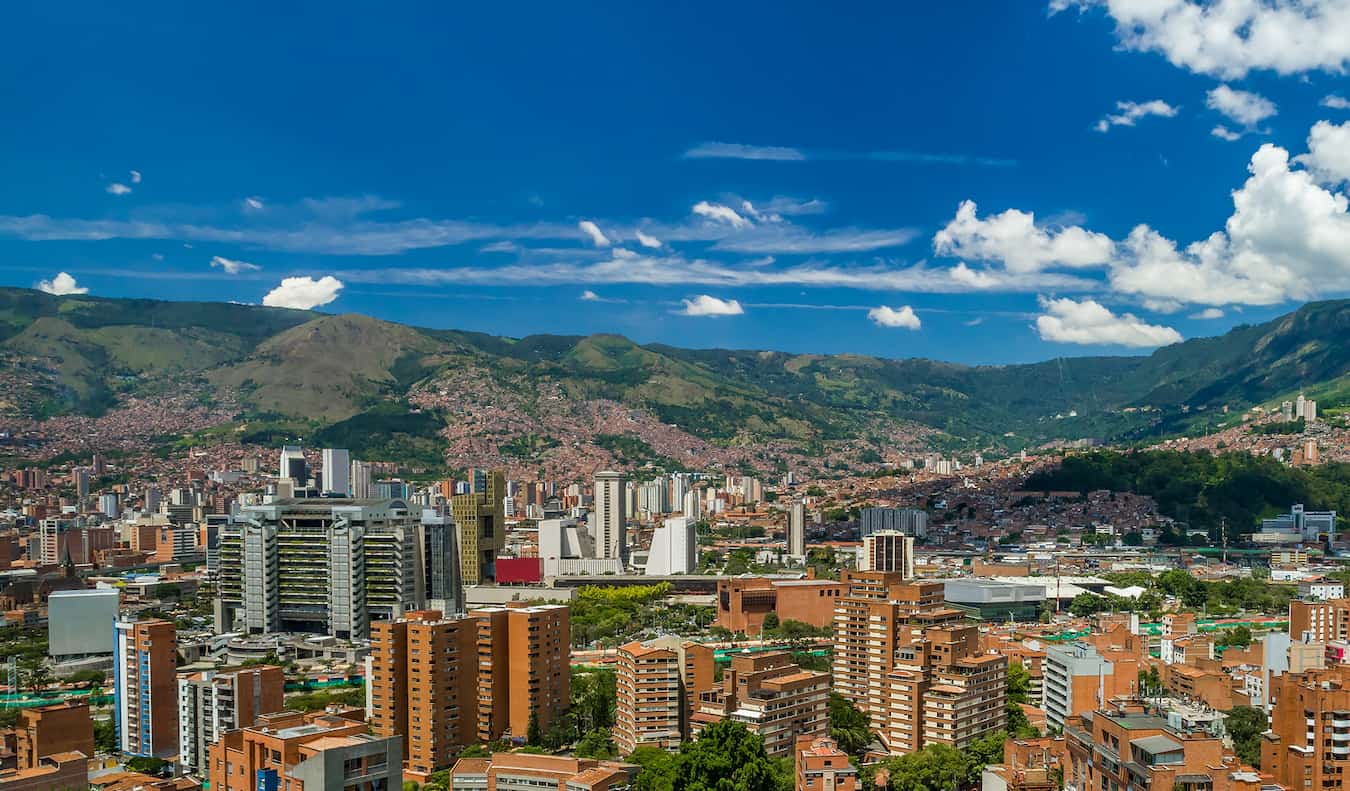
It’s one of the most popular destinations for expats and tourists in the country. While it’s easy to get lost in Gringoland here, even if you’re staying there, try to get out of Poblado or Laureles and see the locals’ side of town. There’s more to the city than those two areas!
WHERE TO STAY: Nomada Hotel Origen – This is a chic mid-range hotel located in El Poblado, the best part of the city to stay for first-time visitors. A big, buffet-style breakfast is always included.
To start planning your trip, check out my travel guide to Medellín.
14. Guatapé
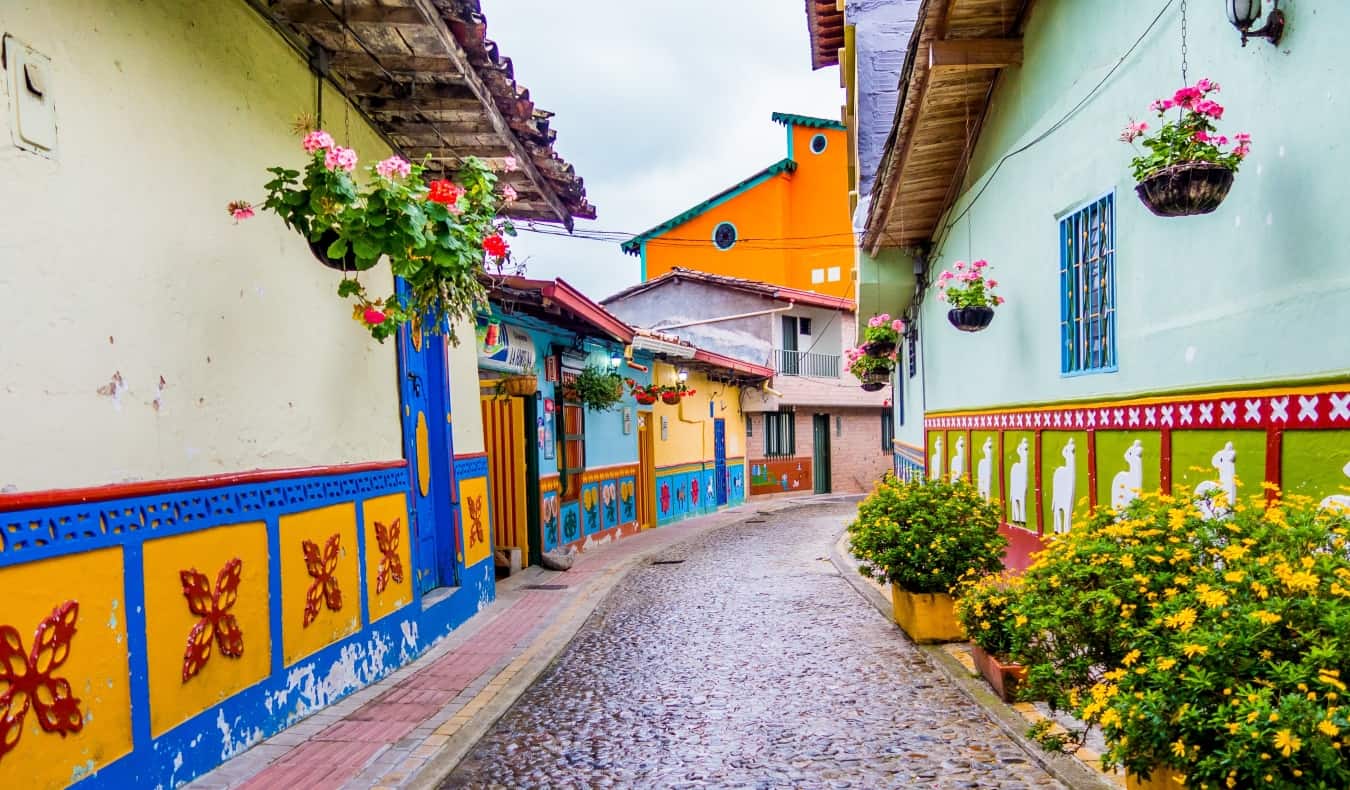
Most people, though, come to climb the steep (and difficult) staircase to the top of the monolithic Rock of Guatapé (La Piedra) for some of the best views in the country. Guatapé is a long day trip from Medellín so I recommend trying to spend at least a night here so you aren’t as rushed and can enjoy the area little more.
WHERE TO STAY: Casa Encuentro Ecolodge – Located in a tranquil spot right along the lake, here you’ll find a variety of room options (from dorm beds to bungalows) as well as a fantastic breakfast.
15. Chingaza National Park
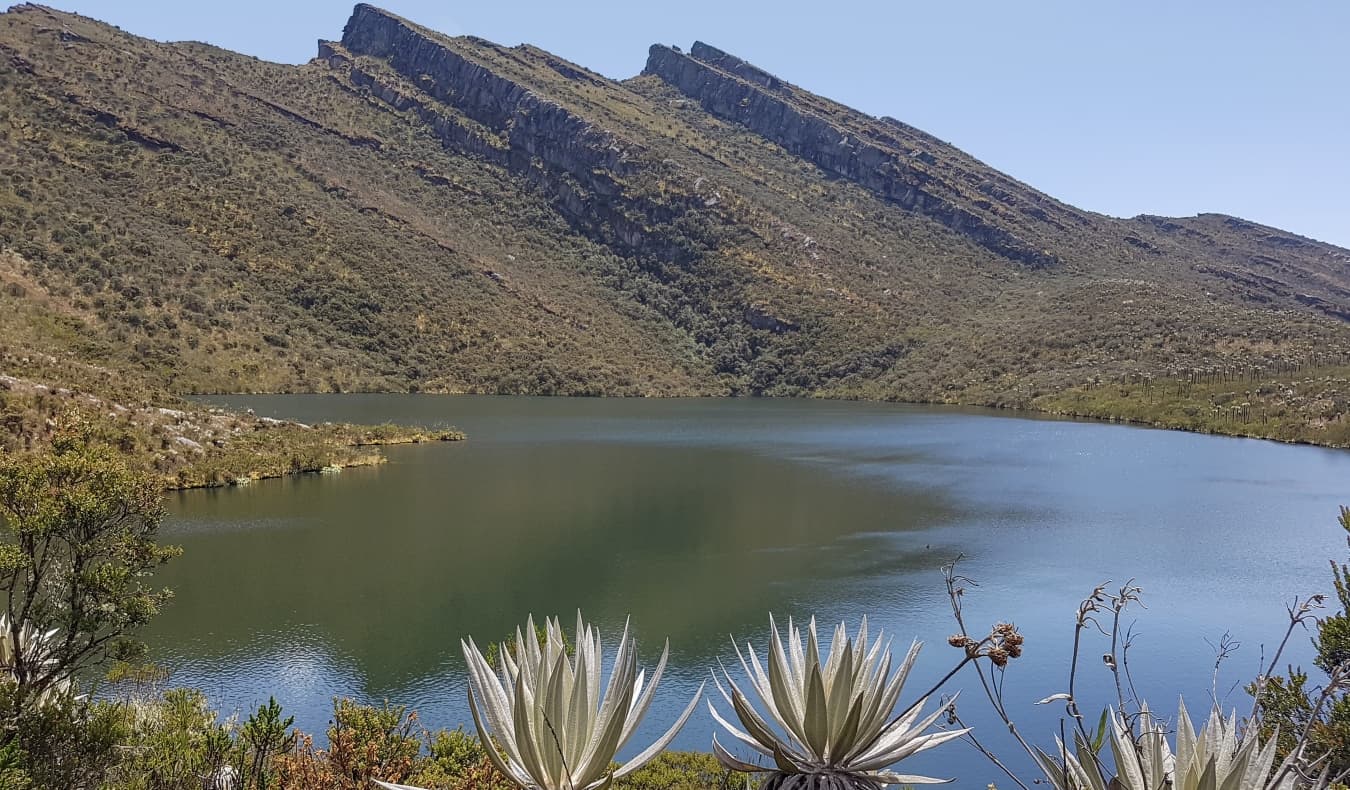
(Fun fact: Nearly 80% of Bogotá’s water supply comes from Chingaza and its 40 natural glacial lakes as well as man-made reservoirs.)
If you’re going to hike, joining a tour is a good idea. The guides are usually naturalists who can explain the unique environment of the area. One of the best routes is the challenging hike to the summit of Lagunas de Siecha, with a great view over the lakes.
WHERE TO STAY: Many people visit Chingaza as a day trip from Bogota (see accommodation recommendation above), though you can also wild camp in the park or stay in a dorm in the cabins in the Monterredondo section of the park.
16. Barranquilla
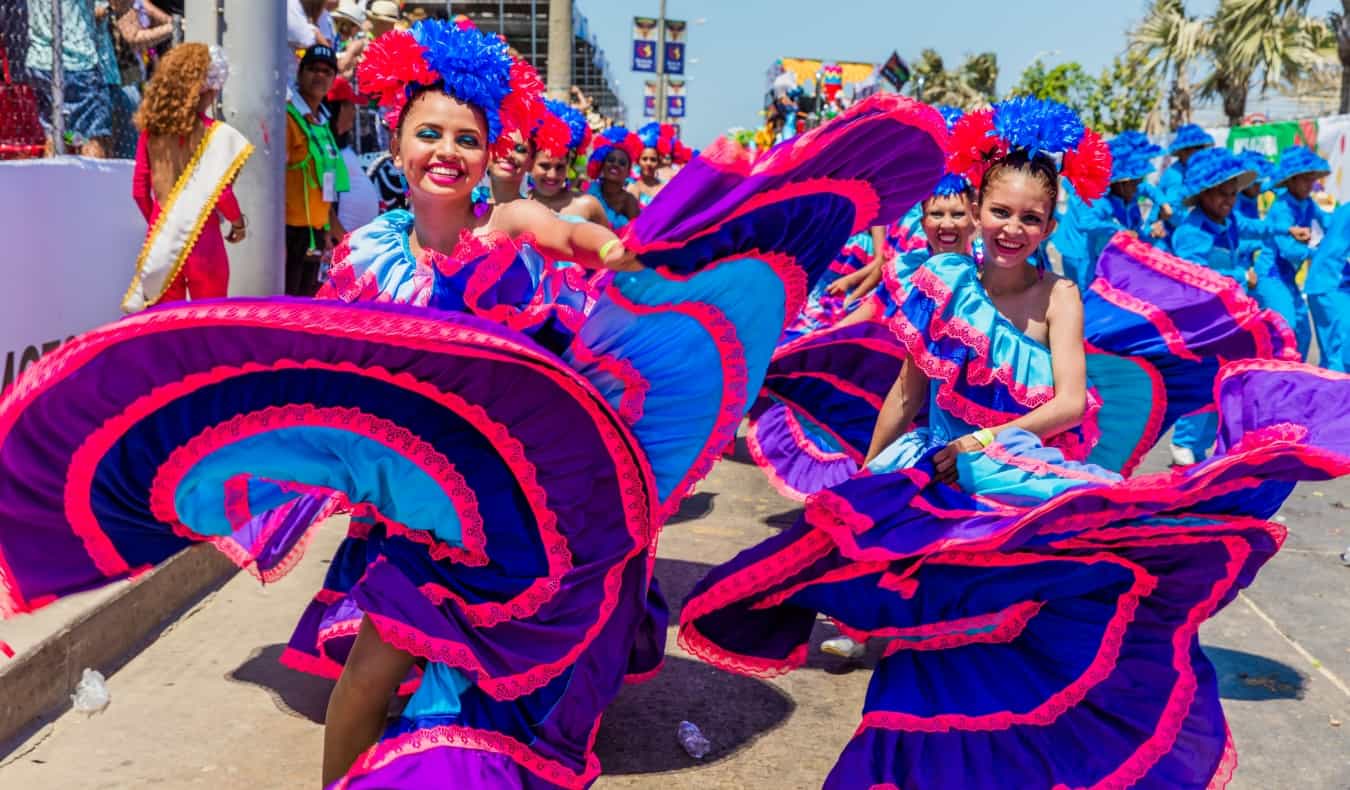
But there’s a lot to do here when it’s not Carnival season as well. Make sure you visit El Museo del Caribe, a museum offering an interesting insight into the history of Colombia’s Caribbean coast. There’s also a special exhibit dedicated to Gabriel García Márquez (the famous author who wrote Love in the Time of Cholera ).
WHERE TO STAY: Hotel Casa Colonial – This is a welcoming colonial-era guest house in the center of town, with a lush garden to relax in after a long day exploring.
17. Tierradentro
Tierradentro is one of the most important archaeological sites in South America. It’s up there with San Agustín but gets less press since it’s located in the middle of nowhere and not on a main road. It contains over 100 hypogea (underground tombs) dating from the sixth to the tenth centuries, the only examples of their kind in the Americas. It takes a day or two to hike all the paths around the tombs. You can hire a guide if you want, but the trails are pretty easy to do on your own.
WHERE TO STAY: La Portada Hospedaje – This is one of the only accommodation options in the tiny town of San Andrés just outside the archaeological site. Fortunately, it’s a great family-run lodge that offers delicious home-cooked meals and plenty of hammocks to relax in.
18. Manizales (and Los Nevados)
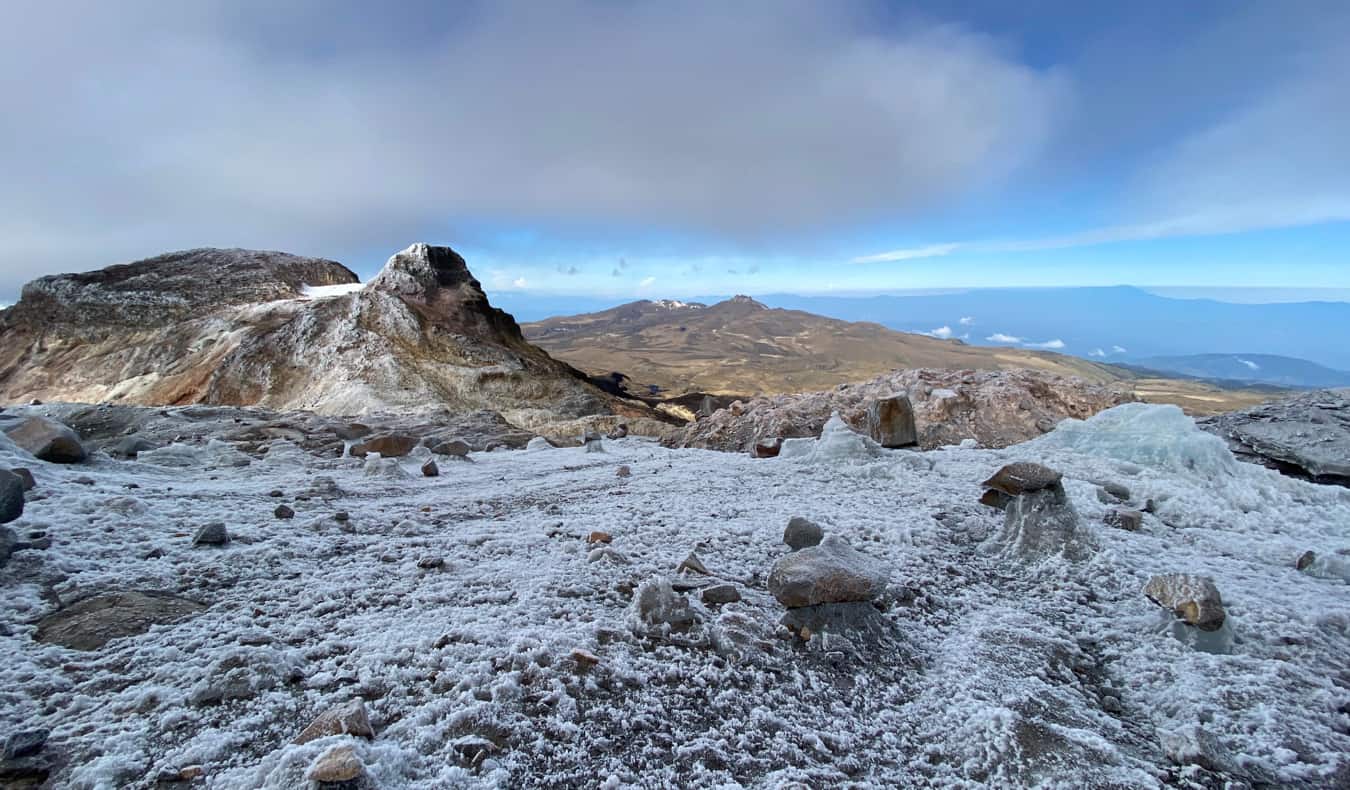
But the main reason people visit is to hike Los Nevados, a mountain range with majestic snow-capped peaks. You can do a day or multi-day hike, but whatever you do, don’t rush up to the top — acclimatize yourself to the altitude in Manizales for a few days first. The town is 2,000 meters (6,500 feet) above sea level, but the mountains are at 6,000 meters (19,700 feet)! I wasn’t climatized and could really feel the altitude just walking around town. Don’t push yourself if you want to do the hike.
WHERE TO STAY: Ayenda 1140 Roma Plaza – A basic budget hotel that’s walkable to all the main sights in town. If you have a rental car, you can stay at one of the many lodges in the surrounding area. You can even stay on a coffee farm !
19. The Caribbean Coast
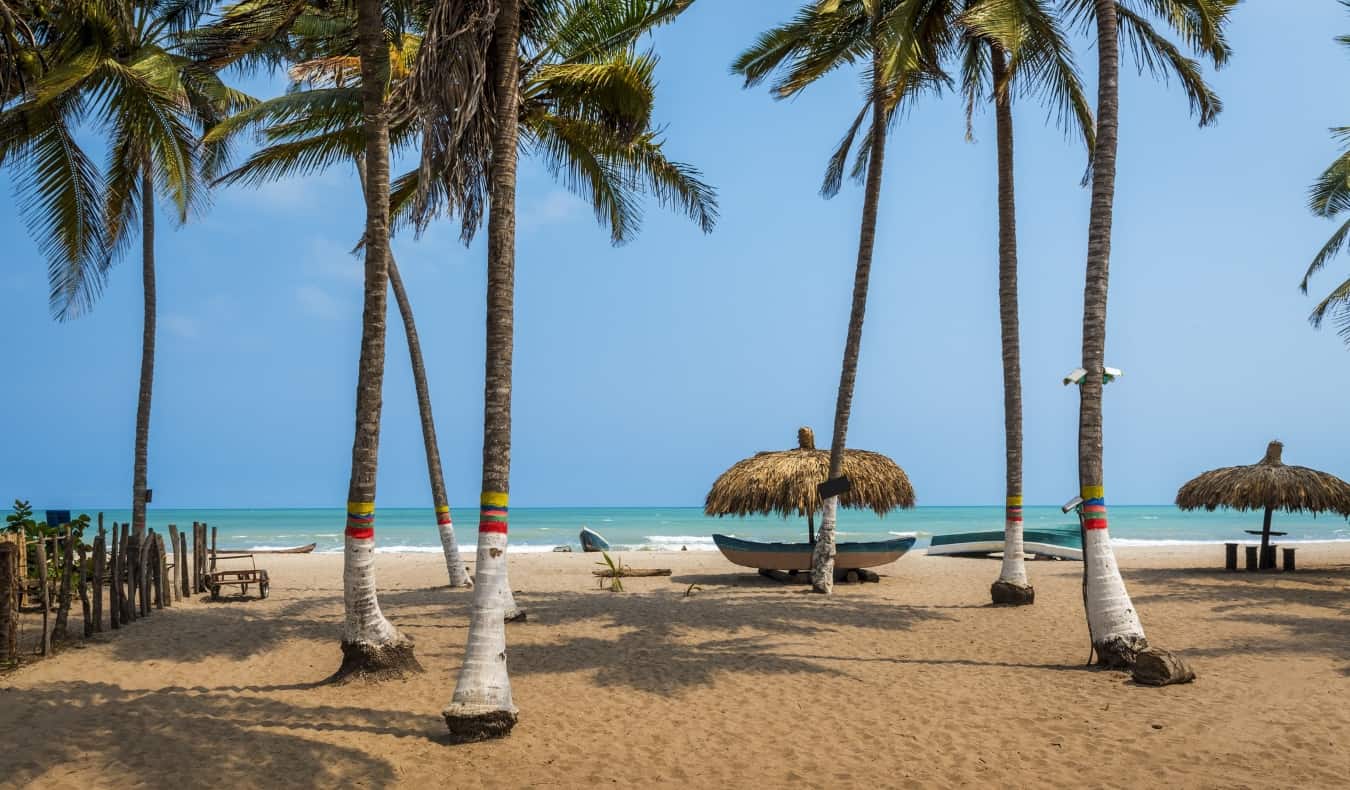
WHERE TO STAY: Rincón del Mar Palomino – This hotel is just a 10-minute walk from the beach and has a free breakfast, a swimming pool, and lots of common areas for hanging out in.
20. Punta Gallinas
Punta Gallinas is the northernmost point in all of South America. Most people come here via a tour from Santa Marta or Cabo de la Vela, with the latter (through La Guajira Desert) being the better option if you just want to take your time and relax because it’s closer so there’s a lot less drive time. In fact, the only way to see the area is via a tour. Most are two or three nights depending on where you’re coming from. Any hostel can organize a trip for you.
WHERE TO STAY: Playa Arco Iris – This is one of the only accommodation options in town, offering basic amenities like water 24/7 and electricity thanks to their solar panel set-up (these amenities aren’t common in the region).
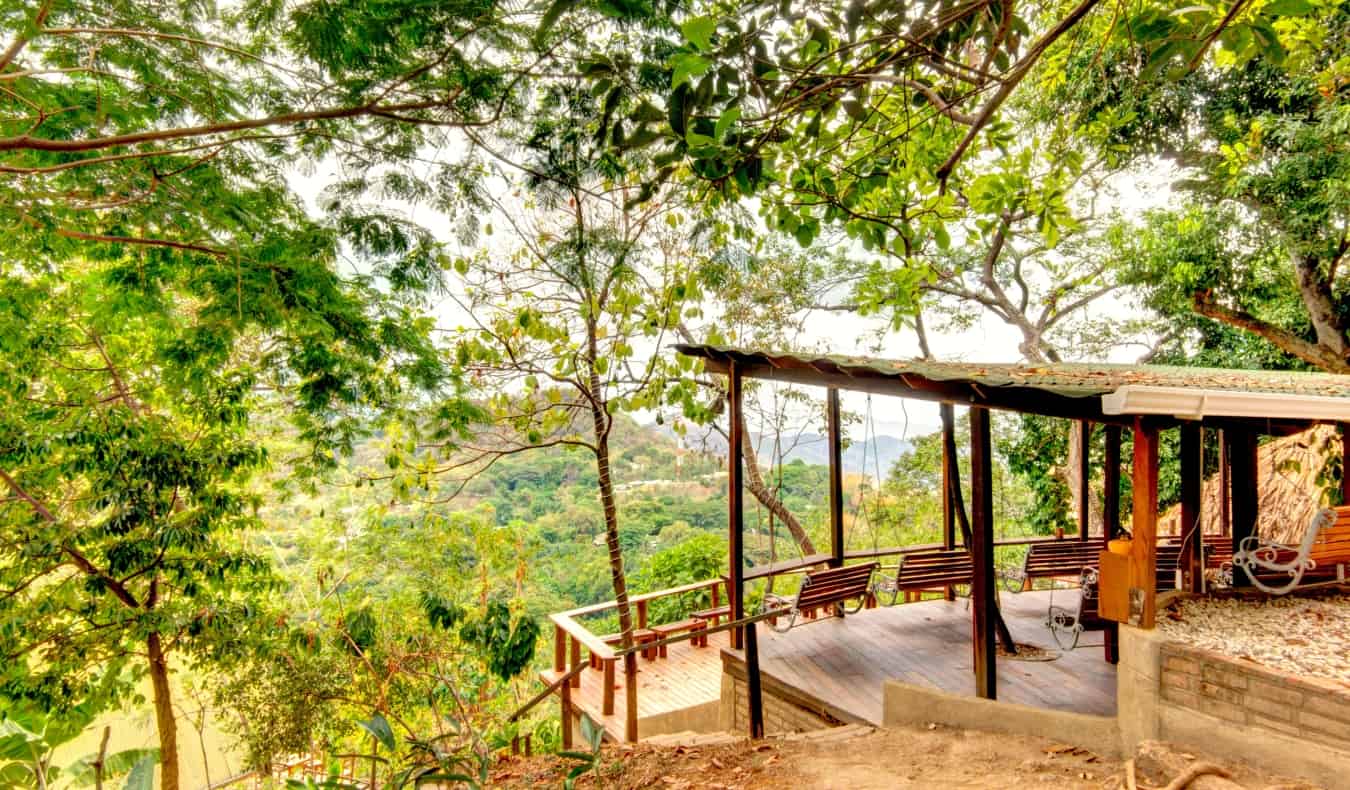
There are a lot of waterfalls in the area as well. Two of the best are Pozo Azul and Marinka. Both have swimming holes at them too.
WHERE TO STAY: Mundo Nuevo Ecolodge – This budget-friendly lodge is located on a sustainable farm. There are dorms and private rooms, an infinity pool, and a restaurant serving fresh food from the farm.
Colombia has a million and one things to do. I lost track of all the places I kept wishing I had time to visit. You can spend months there (and a lot of people to do). However, I think this list is a great start. My recommendation is that if you’re short on time, fly (the bus rides are long) or just stick to one area of the country and go in depth around that region.
Trying to “see it all” in Colombia is just a recipe for burnout!
Book Your Trip to Colombia: Logistical Tips and Tricks
Book Your Flight Use Skyscanner to find a cheap flight. They are my favorite search engine because they search websites and airlines around the globe so you always know no stone is left unturned.
Book Your Accommodation You can book your hostel with Hostelworld as they have the biggest inventory and best deals. If you want to stay somewhere other than a hostel, use Booking.com as they consistently return the cheapest rates for guesthouses and cheap hotels.
Don’t Forget Travel Insurance Travel insurance will protect you against illness, injury, theft, and cancellations. It’s comprehensive protection in case anything goes wrong. I never go on a trip without it as I’ve had to use it many times in the past. My favorite companies that offer the best service and value are:
- Safety Wing (for everyone below 70)
- Insure My Trip (for those over 70)
- Medjet (for additional repatriation coverage)
Looking for the Best Companies to Save Money With? Check out my resource page for the best companies to use when you travel. I list all the ones I use to save money when I’m on the road. They will save you money when you travel too.
Want More Information on Colombia? Be sure to visit our robust destination guide on Colombia for even more planning tips!
Got a comment on this article? Join the conversation on Facebook , Instagram , or Twitter and share your thoughts!
Disclosure: Please note that some of the links above may be affiliate links, and at no additional cost to you, I earn a commission if you make a purchase. I recommend only products and companies I use and the income goes to keeping the site community supported and ad free.
Related Posts
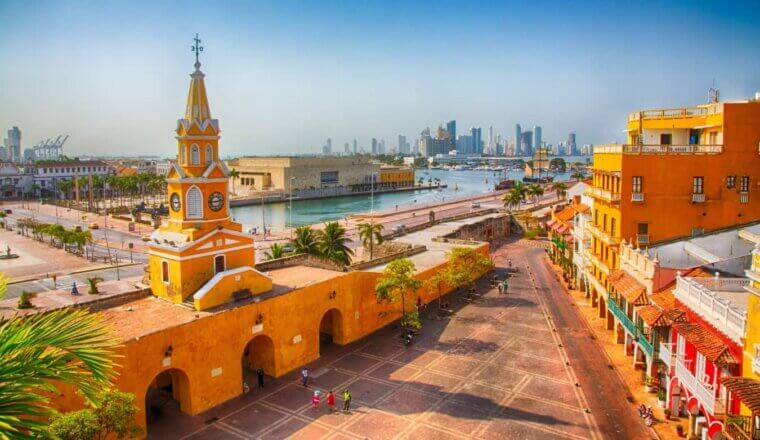
Get my best stuff sent straight to you!
Pin it on pinterest.
- Search Please fill out this field.
- Manage Your Subscription
- Give a Gift Subscription
- Sweepstakes
- Destinations
- Central & South America
20 Best Places to Visit in Colombia, According to Locals and Experts
These are 20 of the best places to visit in Colombia, from colorful villages to stunning beaches.
:max_bytes(150000):strip_icc():format(webp)/carley-rojas-avila1-CarleyRojasAvila1-2d1f25addb774f8d95109e36b51069c4.png)
atosan/Getty Images
A hypnotizing mix of charming coastal cities, world-class cuisine, and lush landscapes hiding immense biodiversity have made the bicoastal country of Colombia one of the most sought-after destinations in the Americas. Spending a long weekend in Cartagena or a few days in Bogotá isn't enough; even after spending months living in Medellín, I felt I barely scratched the surface of all Colombia offers.
With the help of Medellín-based Travel + Leisure A-List advisor Boris Seckovic and locals who work at some of the country's most incredible accommodations, like Bio Habitat Hotel and Casa Pestagua, we've assembled a list of the best places to visit in Colombia. Read on to find the country's most scenic trekking trails, untouched white-sand beaches, and where to get the best cup of Colombian coffee.
Meet the Expert
Boris Seckovic is a T+L A-list advisor and Colombia specialist living in Medellín.
Carolina Bernal is the general manager at Casa San Agustin and Casa Pestagua, luxury hotels located in Cartagena.
Related: 25 Best Places to Visit in South America
Lara D'agostino/Travel + Leisure
Few destinations have done a better job rebranding themselves than Medellín, a vibrant metropolis whose rapid transformation has made it one of South America's most sought-after cities for travelers and digital nomads alike. Laureles was recently named the coolest neighborhood in the world , though travelers might be more familiar with El Poblado as home to some of Colombia's trendiest cafes, restaurants, and bars. Medellín's impressive public transportation network includes several cable cars, making the journey to green spaces like Arvi Park one of the best ways to enjoy breathtaking views of a city that crawls dramatically up the mountainsides of the Aburrá Valley.
Valle de Cocora
John Crux Photography/Getty Images
Don't be surprised if the Valle de Cocora (Cocora Valley) in the heart of Colombia's coffee country looks familiar. This magical area served as the real-life inspiration for Disney's “Encanto,” so you'll be sure to hear the soundtrack's most famous song as you pass through the nearby village of Salento. Despite its new claim to fame, the Valle de Cocora has long been famous for its impressive forest of wax palm trees, which tower high above the valley, growing up to 200 feet tall.
diegograndi/Getty Images
One of the best cities in South America , Colombia's bustling capital city of Bogotá is much more than just a stopover after an international flight. As soon as you arrive, take a funicular or cable car up the Cerro de Monserrate to take in the city views and get your bearings before exploring the historic neighborhood of La Candelaria. Visiting the Museo del Oro (Gold Museum) is a must, as is experiencing the city's increasingly impressive culinary scene at spots like the award-winning El Chato, one of the world's best restaurants .
Stay at the luxurious W Bogotá , named by T+L readers among the best hotels in South America last year, or stop by for their beloved night brunch. The hotel's bold design is a modern interpretation of the legend of El Dorado.
Amazon Rainforest
alfnqn/Getty Images
"Colombia's slice of the Amazon rainforest isn't as well-known as the Amazon in neighboring countries, but it's almost better that way," says Seckovic, who heads Amakuna , the leading specialist for luxury travel in Colombia. "You'll see far fewer people here and have a much better chance of encountering wildlife because of it." Explore the jungle by starting in the regional capital of Leticia, hidden among forest canopy and accessible only by airplane. From there, head to one of the region's ecolodges for biologist-led excursions into the wilderness, where colorful butterflies dart above waters where pink Amazonian river dolphins play.
Santa Cruz de Mompox
Uwe-Bergwitz/Getty Images
Set along the Magdalena River that winds towards Colombia's Caribbean Coast, the colonial village of Santa Cruz de Mompox "feels like what Cartagena used to be," says Seckovic. An important stop along the river used by the Spanish to extract gold, the UNESCO-protected town still retains all its historic beauty, and an artisan filigree jewelry industry points to its golden past. First-of-their-kind cruises along the Magdalena River with AmaWaterways will kick off in 2024, offering a new way to experience the region on routes that twist through the countryside between Cartagena and Barranquilla.
Starcevic/Getty Images
Cartagena is officially Colombia's worst-kept secret. Whether by cruise ship or via newly added flight routes from major U.S. cities, travelers now flock to Colombia's buzziest and most colorful hotspot year-round. A walk along age-old Spanish colonial walls at sunset with glimpses of the glimmering high-rises of Bocagrande in the distance is all you'll need to see why.
Carolina Bernal, general manager at Casa San Agustin and Casa Pestagua , recommends staying in a restored mansion for a look into the city’s past. Longtime Cartagena favorite Casa San Agustin is a gem; its sister property, Casa Pestagua, is a meticulously restored and luxurious 17th-century mansion colloquially known as the most beautiful home in Cartagena.
maphke/Getty Images
Until recently, Isla Barú was mostly a destination for day trippers looking for the best beaches near Cartagena. The recent addition of the Sofitel Barú Casablanca Beach Resort changes all that, making this "island" just 45 minutes from the city an increasingly popular destination all its own. Travelers can also enjoy a beach day or book an overnight at one of the six new cabana-style bungalows at Acasi Private Beach, a luxe extension of Casa San Agustin and Casa Pestagua on the sand.
Eje Cafetero
Anna Haines/Travel + Leisure
Colombia's idyllic coffee-growing region is known as the Eje Cafetero , the "Coffee Axis." This verdant landscape is peppered with grand haciendas and tiny, shaded cafetales where families have long worked the land, and even passersby enjoy the aroma of the world's best coffee. Explore the countryside in a colorful, open-air Jeep Willy, visiting historic villages like Salento, Jardin, and Filandia along the way.
One of the region's coolest places to stay is Bio Habitat Hotel , where luxurious free-standing accommodations are enveloped in rainforest flora and fauna and offer views across the Andes. This eco-conscious, regenerative hotel perched amidst the forest canopy feels a world away, though it's just minutes from the city of Armenia and some of the country's finest artisan coffee farms.
Ciudad Perdida
traffic_analyzer/Getty Images
Tucked within the lush, tropical Sierra Nevada de Santa Marta mountain range, Colombia's Ciudad Perdida ( or “Lost City”) is among the great ancient ruins in South America. There's no easy way to reach Ciudad Perdida; visiting this hidden settlement demands a four-day mountain trek with numerous river crossings. The payoff is well worth it: Just a few dozen intrepid travelers reach this expansive site with its terraced hillsides and circular plazas every day, meaning you'll get to enjoy it almost uninterrupted.
Only a handful of Santa Marta-based tour operators are certified to guide visitors to the site, still cared for by the descendants of the Tairona people who built the settlement centuries ago.
Guatapé and El Peñol
nicolasdecorte/Getty Images
It's impossible to miss El Peñol, a massive monolith towering many stories over the countryside of Antioquia as if dropped from the heavens by a giant. If the climb to the top doesn't take your breath away, the 360-degree views from the top certainly will. Just minutes down the road, the small town of Guatapé has its own flavor of fantasy, with a kaleidoscope of colors and patterns covering the facades of its historic buildings. These twin destinations are an easy day-trip distance from Medellín, but an overnight stay at some of the country's coolest glamping spots is even better.
Caño Cristales
Claudio Sieber/Getty Images
Known as Colombia's "river of five colors," Caño Cristales is home to unique aquatic plants that give it a liquid rainbow effect you must see to believe. When the colorful effect is at peak vibrancy between July and November, the river seems to run green, magenta, purple, maroon, and canary yellow simultaneously. The river is located in the relatively isolated Serranía de la Macarena National Park, though locals attest it's well worth the trip to see one of the world's strangest natural wonders.
Related: Visiting Caño Cristales, Colombia's Liquid Rainbow
mehdi33300/Getty Images
The village of Barichara is arguably Colombia's prettiest. Barichara is a bit further from the country's major cities than other historic gems like Villa de Leyva, so "it's stunningly beautiful, but still not too touristy," says Seckovic. The town made T+L's list of the best hidden gem destinations to visit last year and is conveniently located just a stone's throw from San Gil, the undisputed capital of adventure travel in Colombia.
Tayrona National Park
Rodrigo A. Rodriguez Fuentes/Getty Images
In Tayrona National Park, Colombia's best beaches line untouched jungles with enough endemic flora and fauna to make any eco-conscious traveler swoon. Take a skippered sailing excursion to the park directly from Santa Marta, with stops at spots like Bahia Concha and Cabo San Juan for swimming, snorkeling, and sunbathing. More adventurous travelers can trek through the park and camp in hammocks perched directly over white sands.
Rosario Islands
“The Rosario Islands, or Islas del Rosario, are known for coral reefs and year-round diving and snorkeling opportunities," says Bernal of this perennially popular destination located off the coast of Cartagena. Hop on a speedboat in town and escape to eco-friendly boutique hotels tucked away on sandy shores, offering some serious rest and relaxation far from the crowds. It's an affordable and laid-back alternative to the built-up Caribbean islands where you would spend your days fighting for beach chairs.
Barranquilla
Roxana Charris/Long Visual Press/Universal Images Group via Getty Images
Among the cities on Colombia's Caribbean Coast, Barranquilla can't compete with buzzy, beautiful Cartagena. However, for one week a year, Colombia lives and breathes to the rhythms of the Carnival of Barranquilla. Folkloric dance, music, and rich, regional food shine among a packed schedule of events including the Battle of the Flowers, the Great Troupes Parade, and the Death of Joselito Carnival, each more vibrant than the last. It's such an essential spectacle that it made the UNESCO list of Intangible Cultural Heritage of Humanity .
Related: T+L's Guide to Colombia's Caribbean Coast
Antoine Barthelemy/Getty Images
The small city of Popayán still flies under the radar of most travelers, but it's all the better for it. Known as Colombia's "White City" for its grand historic center's whitewashed facades, this laid-back town feels like a breath of fresh air for travelers with an itinerary packed with just the country's biggest highlights. It's a great first stop on a road trip north through cities like Cali and to the haciendas and villages that make the Eje Cafetero so memorable.
Tatacoa Desert
oscar garces/Getty Images
The Tatacoa Desert is the second-largest arid environment in Colombia, after the dune-studded La Guajira at the northern tip of South America. However, Tatacoa isn't a desert at all, but a long-dry tropical forest where lush flowers bloomed a millennium ago. Its unexpected past makes fossil-hunting a perfect pastime on hikes through its dramatic red canyons. Tatacoa's remote location and ideal atmospheric conditions also make it one of South America's best destinations for stargazing .
alarico/Getty Images
Known as the capital city of salsa, Cali is the best place to visit in Colombia if you want to settle into several days of lessons to truly master these sensual steps. Zaperoco Bar is one of Cali's most famous salsa clubs, while Siboney — its name pointing to the rhythm's original Cuban roots — has long been one of Cali's salsa institutions. Fill your dance breaks by exploring the city's historic center and with day trips through the Valle del Cauca for river tubing, ziplining, and waterfall hikes.
Judith Engbers/Getty Images
Tucked away within Utría National Natural Park on a remote stretch of Colombia's Pacific Coast, the tiny beach town of Nuquí is known as one of the best places in the country for whale watching. Between July and October, humpback whales travel from Antarctica to these warmer waters to give birth to their babies in the region's protected lagoons. Whale watching is the undisputed highlight for most travelers visiting Nuquí, but adventurous travelers will love surfing near jungle-fringed shores and hiking to long-hidden rainforest waterfalls.
San Andrés and Providencia
tifonimages/Getty Images
Search for the islands of San Andrés and Providencia on a map, and you'd be forgiven for thinking they were a part of Central America. These tiny, remote islands over 450 miles from the Colombian mainland sit within a stretch of sea so azure it's called the "Sea of Seven Colors," and they are home to some of Colombia's last truly untouched beaches. Livelier San Andrés and more unspoiled Providencia are little-visited, idyllic destinations worth considering for your next unplugged, unbothered Caribbean getaway.
Deals of the Week European Long Weekends Up to 50% OFF
Colombia Tours & Trips
From arepas and coffee to arts and music, it's no wonder why Colombia is known as the Land of a Thousand Rhythms. Head on over to Tayrona National Park and discover the Ciudad Perdida, take a dip in the Caribbean waters off Cartagena, conquer the many hiking trails of the Andes from Bogotá, or keep an eye out for grey dolphins kayaking through the Amazon. For a cultural explosion and seeing biodiversity at its best, pair your tour of Colombia with Peru and Venezuela for a South American adventure like no other.
202 Colombia tour packages with 383 reviews
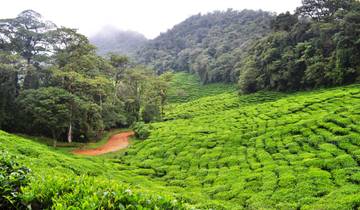
- In-depth Cultural
- Christmas & New Year
Colombia Express
excellent leader ,well planned events,excellent group of travelers with same experience. I had a delighted experience one of my best vacations
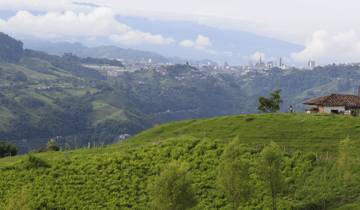
- Food & Culinary
Cafe Colombia
All planned activities were wonderful, the highlight being the hike to the valley of Cocora. All the guides were very knowledgeable, accommodating and went out of their way to make ours a pleasant experience. Carolina especially was very friendly, helpful, and did everything possible to make our trip a superior experience.
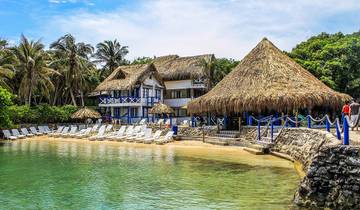
Caribbean Colombia Express
Fantastic experience, combining adventures like diving in the Caribbean sea and tubing on a jungle river in the land of a primitive tribe like the Kogis. partying in a Columbian town during the first days of their festival and getting a massage in a volcano mud bath... Noting short of extraordinary and with ecological and ethical concerns as well.
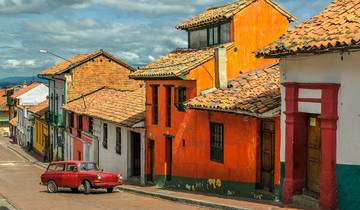
Explore Colombia
Awesome trip, great staff~
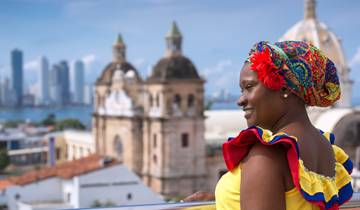
Private Service I Best-Selling Journey: One Week in Bogotá, Medellín & Cartagena — Domestic Flights Included
We had a wonderful trip to Colombia, visiting Bogota, Medellin and Cartagena. I would particularly express appreciation to the Colombian Trip, which arranged the private tour. Although we never met Andrea, the Tour Manager who worked with us, she was enormously helpful, rearranging dates when our flights were cancelled twice, coordinating with our guides when we had problems and staying in constant contact with us. She was like our Guardian Angel, helping us from afar. We have been on many tours and NEVER had a manager who was as helpful to us. We have a 150% RECOMMENDATION for Colombian Trip and will encourage our friends to visit Colombia and to use the company.
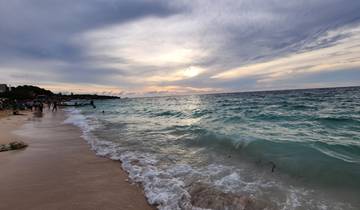
- Walking Adventure
Private Immersive Cultural Tour in Cartagena with Day Trips
I very much enjoyed my time in Cartagena, Columbia, South America in 2022. I was told that the month of December afforded us mildness in regard to the usual warmer temperatures of other months. My Accommodations were comfortable and safe, and we had a magnificent hostess. Bernell's planning was high quality and I did not have to do anything except arrive there. I even had money exchanged before leaving the USA. One less detail for her to have to take care of upon my arrival. We, Bernell and I, made new friends in Cartagena and we are excited to be working with the dance leaders we met to host a Dancing in the Street joint project in the future. More details to come. It is my sincere hope that you all will accept her next invitation to "meet her" in a foreign or unique location, or allow her to plan a travel excursion for your family so you too can experience "travel like a local" -- I guarantee you will be delighted that you did.

Colombia in 11 days - Private Tour
Great overall experience with fun and educated guides. I made some friends and will definitely use this company again for future tours.
Looking for tours beyond just Colombia?
Explore tours with itineraries going through multiple countries, including Colombia.
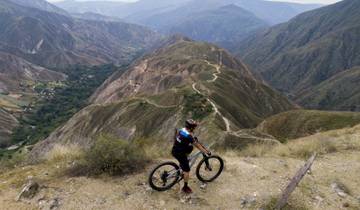
- Hiking & Trekking
Colombia: Coffe Tour Bucaramanga and Chicamocha Canyon (Santander) Hiking and Bicycle
Gustavo & Marvin looked after me, during my trip. They were excellent guides, the biking was tailored to my skill/fitness level, very nicely. Just pushing my limits enough. They made sure the week included biking, massage & cultural entertainment. The waterfall display above Bucaramanga was especially good. Other guides included Roger & Carlos.
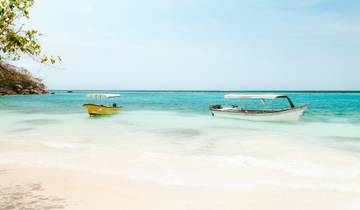
Colombia Uncovered
I cannot recommend the Colombia Trutravels tour enough. After getting told to go by one of my friends, I am so glad that I did. I had a wonderful 16 person group that took away the nerves of solo travel! The trip is well thought out and absolutely packed meaning you’re always busy and seeing lots of different parts of the country! A special shout out to the sweetest guide José who made everyone feel 100% comfortable. He ensured the group bonded, got the most out of the trip and was also very good at sorting problems as soon as they arose.
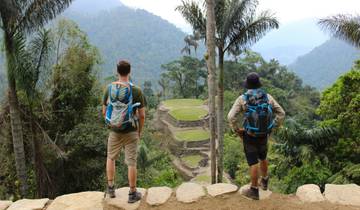
- Jungle Trekking
Hidden Colombia - Explore Bogotá, Santa Marta, and Trek to 'The Lost City'
My mother and I went on the Hidden Colombia trek to the Lost City back in January/February of 2015 and were so absolutely amazed at our experience! Almost every single thing was taken care of for us by OneSeed: from our airport rides in Bogota, our B&B accommodations, our flight to Santa Marta, all meals while on the breath-taking hike to La Ciudad Perdida, and so much more! Our guides, Sally and Wilson, were beyond great, and our cook, Danilo, was fabulous! We had three perfect meals per day, plus a couple carb-loaded snacks in between to fuel our bodies throughout the day while climbing the Andes. Our experience was so perfect, that my mom and I went AGAIN in January, 2016! We just simply had a craving for more intense hiking. The second time around was just as great as the first. Hopefully we will be booking a third trip with OneSeed in the next few months, either to Machu Picchu or back to Colombia! I would recommend them to anybody!
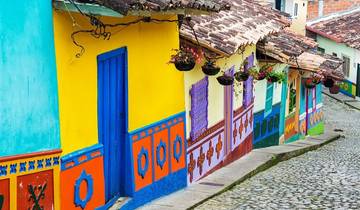
Colombia Journey National Geographic Journeys
This was an amazing and memorable experience! Can't wait to come back to Colombia

Private Service I Journey Through Colombia's Highlights: Bogotá, The Coffee Region, Medellín & Cartagena — Domestic Flights Included
prompt response and detailed information before departure, great choice of guides and hotels during the tour and skillful and friendly drivers.

Tailor-Made Classic Colombia Vacation with Daily Departure and Private Guide
- Book With Flexibility This operator allows you to rebook your dates or tours with them for free, waiving change fees.
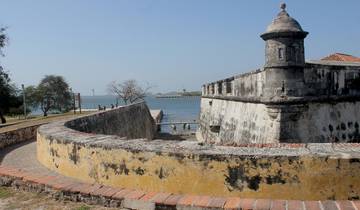
Tailor-Made Best Colombia Tour with Daily Departure and Private Guide
Colombia is an amazing country and we booked this tour over the holidays last minute and tour radar did a great job getting us booked and guided! All our guides and drivers were great and only had one issue with a hotel because everything in the town was overbooked for New Years. Tour Radar stepped up and made it right for us. Great job team TourRadar !
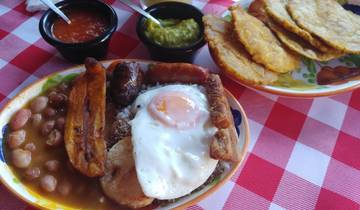
Private Immersive Cultural Tour of Medellin with Day Trips
What people love about colombia tours.
Excellent. Thanks ☺️
This was an amazing itinerary! I was a single female traveler and felt safe at all times. I had the best group guide Martin, who was super friendly, knowledgeable & went above and beyond to show us a great time. I have a lot of dietary restrictions & Martin really tried his best to accommodate me, I am so grateful. Unfortunately I had an emergency & had to leave on day 4 so my trip was disrupted. I would love to return to Columbia in the future. This was an action packed itinerary. I highly recommend this tour & tour guide Martin to anyone who is active & loves to explore.
Not much in the way of wildlife, but plenty of beaches.
Colombia Destinations
- Andes Mountains (182)
- Colombia Lost City (6)
- Caribbean Coast Colombia (51)
- Los Llanos (18)
- Amazon Rainforest (12)
- Antioquia (8)
- Colombian Pacific Coast (6)
- Santander (5)
- Amazonian Basin (27)
- Sierra Nevada de Santa Marta (21)
- Amazon in Colombia (11)
- Tayrona National Park (10)
Travel Styles
- Small Group (102)
- Budget (14)
- Luxury (22)
- Singles and Solo (128)
- For Couples (21)
- Seniors (46)
- Fully Guided (141)
- Family (118)
- Personalized (113)
- Group (104)
- Explorer (98)
- Private (87)
- In-depth Cultural (70)
- Partially Guided (46)
- Active (34)
- Hiking & Trekking (21)
- Self-Guided (11)
- Bicycle (6)
- 3 Day Tours (9)
- 7 Day Tours (44)
- 10 Day Tours (40)
- 2 Week Tours (32)
- 3 Week Tours (20)
- Spring 2024 (117)
- Summer 2024 (126)
- Fall / Autumn 2024 (111)
- Winter 2024 / 2025 (87)
- Spring 2025 (45)
- Summer 2025 (41)
- Fall / Autumn 2025 (41)
- Winter 2025 / 2026 (37)
- April 2024 (106)
- May 2024 (120)
- June 2024 (116)
- July 2024 (101)
- August 2024 (96)
- September 2024 (96)
- October 2024 (91)
- November 2024 (100)
- December 2024 (79)
- January 2025 (40)
- February 2025 (46)
- March 2025 (42)
- April 2025 (41)
- May 2025 (38)
- June 2025 (37)
- July 2025 (38)
- August 2025 (40)
- September 2025 (35)
- October 2025 (39)
- November 2025 (41)
Colombia Tours starting in
- Starting in Bogota (87)
- Starting in Cartagena (18)
- Starting in Medellin (15)
- Starting in Santa Marta (11)
- Colombia Travel Guide | All You Need to Know
International Versions
- Deutsch: Kolumbien Rundreisen
- Français: Circuits et voyages en Colombie
- Español: Circuitos y viajes por Colombia
- Nederlands: Colombia Rondreizen
Colombia Tours & Vacations

Whether you’re seeking adventure sports, flamboyant fiestas, architectural wonders, or wildlife encounters – Colombia’s rhythm will get you moving.
Colombia is a tantalizing mix of old and new: charming city centers and cobblestone streets, interwoven with a thriving cultural scene and a spicy-hot nightlife that extends to the early hours of the morning. Whether you want to feel the Caribbean sand between your toes on the beaches of Tayrona National Park , rappel through Colombia’s tallest waterfalls in San Gil, or grab a partner and dance to the pulse of Afro-influenced rhythms, Colombia is calling as the best-kept secret of South America.
Our Colombia trips
Let's create an exclusive trip for your group.
Colombia tour reviews
Filter by rating
Cafe Colombia
Best of Colombia
Explore Colombia
Articles of Colombia
After losing my phone in Colombia, I found a better way to travel
Travel is back and we just dropped 10 new Premium adventures
The top 8 destinations for travel in July 2024
Why to consider solo travel in Colombia (and what to expect)
Meet Carolina, the Intrepid leader showing the world how Colombia has changed
Jungle hikes and perfect beaches: Why Colombia’s Tayrona National Park is a must-visit
5 great countries in South America for solo travel
Where to find the best street art in South America
Colombia at a glance
Capital city.
Bogota (population 7.2 million)
51.1 million
Colombian Peso (COP)
(GMT-05:00) Bogota, Lima, Quito, Rio Branco
CALLING CODE
Electricity.
Type A (North American/Japanese 2-pin) Type B (American 3-pin)
Learn more about Colombia
Culture and customs.
Colombian culture tends to revolve around the Four F’s: Festivals, Food, Fun, and Family. While this bold and beautiful nation loves to party, it’s also a very traditional, family-centered society, with many Colombians choosing to live near their families and remain at home until marriage.
With most Colombians being Catholic, religion plays an important part in daily life, and visitors will be able to see this themselves while traveling through Colombia. Hundreds of churches and cathedrals populate the large cities, while smaller chapels are dotted throughout the villages and rural areas. Religious festivals like Easter and Christmas are celebrated with gusto – after quiet times of reverence come the massive street parties, parades, and feasts. A variety of cultural influences collide at these events - Spanish, African, and Caribbean customs and traditions have been brought to Colombia over the centuries and shaped its vibrant culture.
The hallmarks and customs of daily life vary from region to region, with Bogota’s upwardly mobile citizens enjoying bars, driving cars, and having access to a wide range of technology, cuisine, and media. Colombia’s rural dwellers (subsistence farmers, plantation workers, and tribal groups) live a more simple existence in rustic housing and without traffic or the stresses of modern life. What unifies most Colombians though, regardless of living conditions or class, is a fierce love of Colombia, respect for God, and loyalty to the family unit.
Geography and environment
Located in the northwest of South America, Colombia shares borders with Venezuela , Brazil , Peru , Ecuador , and Panama, and is the only South American country to have a coastline on both the Pacific and the Caribbean. Home to a wide variety of natural environments and varying terrain, travelers can expect to see mountains give way to low-lying plains and tropical rainforests meet balmy beaches. Add sprawling metropolises, small farming communities, far-reaching plantations, fishing villages, and colonial-era towns, and you’ve got an ever-changing landscape at your fingertips.
Eating and drinking
Intrepid believes that one of the best ways to experience a country is by eating! Whether you're sampling street food, savouring a cheap eat or indulging in a banquet, there are endless options to choose from wherever you are in the world.
Colombia has rich culinary traditions, quality fresh produce and loads of cosmopolitan bars, cafes, food stands and restaurants to visit. For a summary of what to eat in South America, check out our in depth guide .
Things to try in Colombia
These popular thick corn tortillas can be found almost everywhere in Colombia. Baked or fried, with beef, cheese, pork, chicken or beans, they make the perfect breakfast or afternoon snack.
2. Bandeja Paisa
Originating from the Andean region of Colombia, this dish is a staple of most Colombian diets. Consisting of a plate of rice, beans, avocado, fried egg, chorizo and other meats, it’s a filling feast fit for a king!
3. Ajiaco Bogotano
This hearty chicken stew is a Bogota specialty. Packed with succulent chicken meat, corn, potatoes and herbs, it’s a tasty and satisfying budget meal.
4. Tropical fruit
Colombia is known for having some of the best fresh produce in the world. Bananas and plantains are among the best, and you’ll be able to find street vendors selling them fresh, fried and grilled. Fruit shakes are also widely available and offer travellers a chance to sample some exotic fruits that they may not have tried before.
History and government
Early history.
The area now known as Colombia was inhabited by Caribbean and Andean groups who lived in small communities based on organized agriculture. Spanish explorers were drawn to the land and fascinated by the proliferation of gold. The myth of El Dorado soon abounded, and the search for this land of gold soon became an obsession.
From the creation of Santa Marta in 1525, colonization spread rapidly throughout the rest of the country, leading to interest from neighboring countries that were also keen to exploit Colombia’s natural resources. Many Africans soon started to arrive as a part of the slave trade and provided a much-needed labor force for the colonizers. Life was tough for the slaves; however, African song, dance, and other afro-traditions helped to shape Colombian culture well into the future.
Recent history
Independence from Spain rose to the top of Colombia’s agenda after years of resentment. Simon Bolivar soon became a local hero, fighting for independence from the Spaniards. It took many years, but in 1819, Colombia was granted its freedom – Bolivar had fought his way into the minds and hearts of Colombia, where he is still revered.
However, this spirit of freedom was short-lived as Colombia descended into confrontation and civil war in the following years. Colombia seemed to be at the mercy of political opponents and guerrilla groups, weaving between periods of peace and extreme violence.
By the 1970s, Colombia had a new wave of criminal activity stemming from the lucrative cocaine trade. Pablo Escobar became one of the world’s most notorious (and wealthy) criminals by controlling most of the world’s drug trade. Colombia became a dangerous place to live (and travel in) during this period, yet has recently emerged victorious from these dark days. With vastly improved national security and a growing economy based on agriculture, textiles, and mineral mining, Colombia is welcoming back tourists with open arms.
Travelers might visit Colombia for the adrenaline sports, nature reserves, and beaches, however, retail therapy should also be included in that list, as Colombia’s shopping is surprisingly sensational.
It’s a good idea to check with your local customs officials to ensure that you are able to bring certain items back into your home country. The United States generally has strict quarantine laws.
Things to buy in Colombia
1. Jewelry, art and handicrafts
Some of the best artisans in South America live in Colombia. Choose from handcrafted gold jewelry, bright textile bags and scarves, and vibrant contemporary art available in galleries, markets, and boutiques all over the country.
2. Fashion and accessories
Colombia’s more cosmopolitan cities have enough fashion-forward boutiques and malls to keep most clothes-hounds happy. Medellin in particular is well known for being Colombia’s fashion capital and is a true hotspot in the Latin American fashion world.
3. Coffee beans
As one of the world’s largest producers of coffee beans, Colombia is a great place to pick up top-quality beans at lower prices than back home. Buying straight from the coffee regions ensures quality and freshness.
Shop 'til you drop on our 11 day Premium Colombia tour.
Top 10 must-see cities of Colombia
1. medellin.
What makes Medellin so magnificent? Once considered one of the most dangerous cities in the world, Medellin’s temperate weather, hospitable locals, gorgeous gardens, and artistic enclaves have prevailed and this cultured city has emerged full of spirit, passion and optimism.
Explore Medellin on our 9 day Cafe Colombia tour.
This vibrant town may have been founded centuries ago, but nowadays Popayan has a youthful spirit due to the local university that attracts thousands of young Colombians to the region. Home to many of Colombia’s most celebrated poets, composers, and painters, Popayan also has some of the most stirring Easter celebrations in the world.
Known locally as the ‘Capital of Heaven’, Cali’s museums and public art may dazzle you, but it’s the up-and-coming food and party scene that’s getting loads of attention. With modern restaurants serving international cuisine, local eateries offering traditional fare, lively salsa bars open until dawn, and a fair worth traveling for in late December, Cali shouldn’t be missed!
4. Barichara
Less of a city and more of a colonial town, the faded charm of rustic Barichara has been endearing travelers for centuries. Colored, whitewashed buildings with carved wooden doors and red roofs, quaint little churches, and hilly streets make Barichara the perfect place to linger for a few days of quiet downtime.
Embrace the charm of Baricahra on our 10 day Explore Colombia adventure.
Colombia’s sprawling capital is a frenetic fusion of old and new, with skyscrapers towering over colonial buildings, wild traffic giving way to peaceful parks, and cobblestone streets leading to bohemian night spots. With so much going on, you’ll be exhausted trying keep up with Bogota’s pace.
Experience Bogota on our 17 day Best of Colombia tour.
Lofty Tunja’s historic architecture, spiritual sites, and lively festivals make it an interesting destination for travelers from all walks of life. Whether you’re interested in magnificent art, colonial-era architecture, or cultural enlightenment, Tunja delivers on all accounts.
7. Cartagena
Surrounded by walls built to guard against pirates, Cartagena captivates travelers with colonial mansions, cobbled streets, Spanish-style houses, and brightly colored buildings. History seems to drip from every street corner, especially when Cartagena takes on a golden glow by night.
Admire Cartagena on our 12 day Real Colombia tour.
8. Pamplona
Although one of Colombia’s less-visited spots, cultured Pamplona is well worth checking out. With a wealth of museums, galleries, and churches nestled within its narrow streets and rousing Holy Week celebrations, Pamplona offers a peak into Colombian traditions and daily life.
9. Santa Marta
Seaside Santa Marta attracts flocks of tourists chasing sunshine, scuba diving, and seafood. With beautiful beaches, atmospheric bars, chilled-out open-air cafes, and heritage sites, Santa Marta should feature on every travelers list.
10. San Gil
This small city is emerging as one of Colombia’s hottest new destinations, mainly due to the plethora of adventure sports on offer in the surrounding areas. Test your limits with paragliding, caving, rafting, and kayaking, and then relax in the pleasant botanical gardens and cafes of sunny San Gil.
Festivals and events in Colombia
Barranquilla carnival.
Held in the lead up to Ash Wednesday each year, this spectacular collision of color, flashy costumes, lively dancing, and rhythmic Caribbean, Latin, and African beats draws more than one million revelers from around the world.
Medellin Feria de las Flores (Festival of the Flower)
Occurring each August, this week-long ode to local flower farmers (Colombia is one of the leading producers of cut flowers in the world) culminates in a colorful and fragrant parade, where farmers march the streets carrying silletas (elaborate flower arrangements) on their back.
Feria de Cali (Cali Fair)
The salsa capital of Colombia ends each year the only way it knows how – with a five-day city-wide party beginning right after Christmas featuring parades, music, bullfighting, a beauty pageant, food, and of course, salsa dancing.
Pasto Carnaval de Negros y Blancos (Black and White Carnival)
Each January, the city of Pasto engages in an unusual two-day celebration of racial equality – locals and visitors party on the street and paint each other black for Blacks’ Day and throw white powder on each other for Whites’ Day.
Night of the Candles
Homes and cities across the country are lit up with candles and paper lanterns to mark the unofficial start of the Christmas season. Taking place on the eve of the Immaculate Conception (a Catholic celebration and national holiday in Colombia), it’s a night meant for socializing with friends and family.
Further reading
Similar destinations.
Thinking about a trip to Turkey but still browsing other destinations? Check out tours to neighboring locations:
- Panama tours
- Ecuador tours
Colombia travel FAQs
Do i need a covid-19 vaccine to join an intrepid trip.
Trips from 1 January 2023 onwards
From 1 January 2023, Intrepid will no longer require travelers to provide proof of vaccination against COVID-19 (excluding all Polar trips and select adventure cruises).
However, we continue to strongly recommend that all Intrepid travelers and leaders get vaccinated to protect themselves and others.
Specific proof of testing or vaccination may still be required by your destination or airline. Please ensure you check travel and entry requirements carefully.
When is the best time to visit Colombia?
There is always a good time to visit Colombia, as the seasons vary throughout the country. While the climate generally remains constant throughout the year, the temperature can change depending on where you are. In the far north, the climate is usually tropical, warm and humid, while central Colombia can get quite cool - Bogota is known for its mild temperatures, particularly at night.
The wet season is roughly from March to May and September to November, although this varies around the country. December to March is the peak travel period due to the dry conditions and holidays and festivals that proliferate across the country. During this time, expect more sunshine, but also more people competing for space in the cities and tourist regions.
Do I need a visa to visit Colombia?
Visitors from over 102 countries can enter Colombia without requiring a visa for a maximum of 90 days for tourist purposes. These countries include the United States, Australia, Canada, New Zealand and the United Kingdom.
Travelers not from a visa-exempt country can apply for a tourist visa online or at the nearest Colombian embassy or consulate.
However, this is for general information only and may be subject to change. It is your responsibility to obtain relevant visa and travel information required for entry, departure and travel to each country or region you visit on your trip. You should confirm these with the relevant embassies and/or consulates.
Last updated: 28/11/2023
Is tipping customary in Colombia?
Many Colombians receive low wages and leaving a 10% tip at mid-range and Western-style restaurants is customary and appreciated. Some restaurants automatically add a gratuity to the bill, in which case, there is no need to add any more. Tipping is not expected at more casual restaurants and cafes.
What is internet access like in Colombia?
Internet is easy to access at internet cafes and hotels in Colombia’s larger cities, although may be harder to find in more remote areas.
Can I use my cell phone while in Colombia?
Cell phone coverage is generally good in Colombia's large cities and urban areas. Coverage may not be available in more remote areas, especially mountainous regions. Ensure global roaming is activated with your service provider before leaving home.
What are the toilets like in Colombia?
Western-style flushable toilets are the standard in Colombia. It’s a good idea to carry some toilet paper with you as it’s not always provided. As a rule, never flush toilet paper. The toilets in Colombia can’t handle the paper so there’s usually a wastebasket provided to use instead.
What will it cost for a...?
Colombia's unit of currency is the Colombian peso (COP). Here's what you can expect to pay for a:
- Soft drink = 1,500 COP
- Beer = 2,000 COP
- Simple meal in a local restaurant = 6,000 COP
- Meal in an international restuarant = 15,000-20,000 COP
Can I drink the tap water in Colombia?
Tap water in larger cities is safe to drink but should be avoided in rural areas. Avoid drinks with ice and peel fruit and vegetables before eating them in these areas as well. Help the environment and try to avoid buying bottled water. Instead, fill a reusable water bottle. Ask your trip leader where you can find filtered water. Some hotels may also provide water dispensers.
Are credit cards widely accepted in Colombia?
Credit cards are usually accepted by hotels, large retailers and tourist sites but are less commonly accepted by smaller vendors in rural areas. Always carry enough cash for smaller purchases in case credit cards are not an option.
What is ATM access like in Colombia?
ATMs are widely available in larger cities like Bogota and Medellin but are less common in small villages or rural areas. Make sure you have enough cash before leaving urban areas.
What public holidays are celebrated in Colombia?
- 1 Jan: New Year’s Day
- 7 Jan: Epiphany*
- 19 Mar: St. Joseph’s Day*
- 18 Apr: Maundy Thursday*
- 19 Apr: Good Friday*
- 1 May: Labour Day
- 12 May: Ascension Day*
- 24 Jun: Corpus Christi*
- 25 Jun: Sacred Heart Day
- 1 Jul: Feast of St Peter and St Paul
- 20 Jul: Independence Day
- 7 Aug: Battle of Boyaca
- 15 Aug: Assumption Day
- 14 Oct: Dia de la Raza*
- 4 Nov: All Saints Day*
- 11 Nov: Independence of Cartagena City
- 8 Dec: Immaculate Conception Day
- 25 Dec: Christmas Day
* Please note, Colombia public holidays may vary.
Do I need any vaccinations before visiting Colombia?
No vaccines are required in order to enter Colombia but some are recommended for protection against disease. Visit your doctor or travel clinic for advice and make sure to schedule vaccinations 4-6 weeks before your departure date, as some require time to become effective.
Is Colombia a safe destination for LGBTQI travelers?
Same-sex relationships were declared legal by the Colombian government in 1981 and same-sex marriage has been legal in Colombia since 2013. While homosexuality is accepted in Colombia, perhaps more so than in other parts of South America, it remains an underground culture. Discretion is advised for LGBTQI travelers in Colombia.
For more detailed and up-to-date advice, we recommend visiting Equaldex or ILGA before you travel.
Do I need to purchase travel insurance before traveling?
Absolutely. All passengers traveling with Intrepid are required to purchase travel insurance before the start of their trip. Your travel insurance details will be recorded by your leader on the first day of the trip. Due to the varying nature, availability and cost of health care around the world, travel insurance is very much an essential and necessary part of every journey.
For more information on insurance, please go to: Travel Insurance
How do I stay safe and healthy while traveling?
From Australia?
Go to: Smart Traveller
From Canada?
Go to: Canada Travel Information
From the UK?
Go to: UK Foreign Travel Advice
From New Zealand?
Go to: Safe Travel
From the US?
Go to: US Department of State
The World Health Organisation also provides useful health information.
Does my trip to Colombia support The Intrepid Foundation?
Yes, all Intrepid trips support the Intrepid Foundation. In fact, we make a donation on behalf of every traveler. Trips to Colombia directly support our foundation partner, Patrulla Aérea Civil Colombiana (PAC).
PAC are bringing life-changing healthcare to rural communities in Colombia with their mobile hospital services. Donations help them get more than 50 healthcare professionals and two tonnes of medical equipment across several rural communities that need their help. Intrepid will double the impact by dollar-matching all post-trip donations made to The Intrepid Foundation.

Touropia Travel Experts
Discover the World
14 Best Places to Visit in Colombia

Known for its world-famous Arabica coffee, Colombia is a place of passion, rich culture, and prosperous natural landscapes. The entertainment in Colombia is buzzing with life, where salsa dancing is celebrated as a part of its culture, and the nightlife is boisterous until the early morning.
As one of the biggest producers of coffee on the planet, Colombia is praised for its high-quality coffee. Its ideal regions, such as the Zona Cafetera or “Coffee Triangle”, are praised as the ideal environment for growing and harvesting coffee beans. It is home to famous cities such as Medellin, the City of Eternal Spring, and The Lost City, one of the oldest archaeological ruins discovered in the Americas.
Colombia features a biodiverse location with sections of the Sierra Nevada de Santa Maria Mountains, the Amazon Rainforest, and the Andes Mountains included within its territory.
Its landscapes are breathtakingly scenic, rich with life and impactful vistas. And these best places to visit in Colombia are the perfect way to experience the best of Colombia for an extraordinary trip to this wealthy and beautiful land!
Map of Places to Visit in Colombia
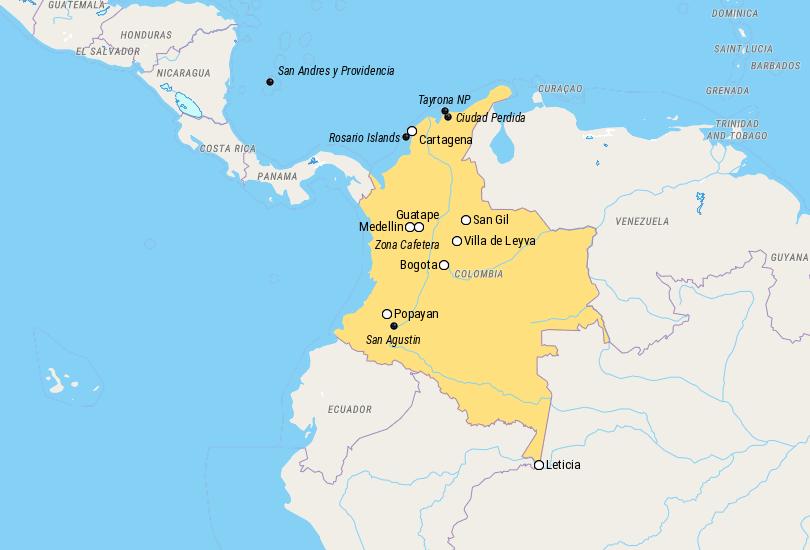
14. Villa de Leyva
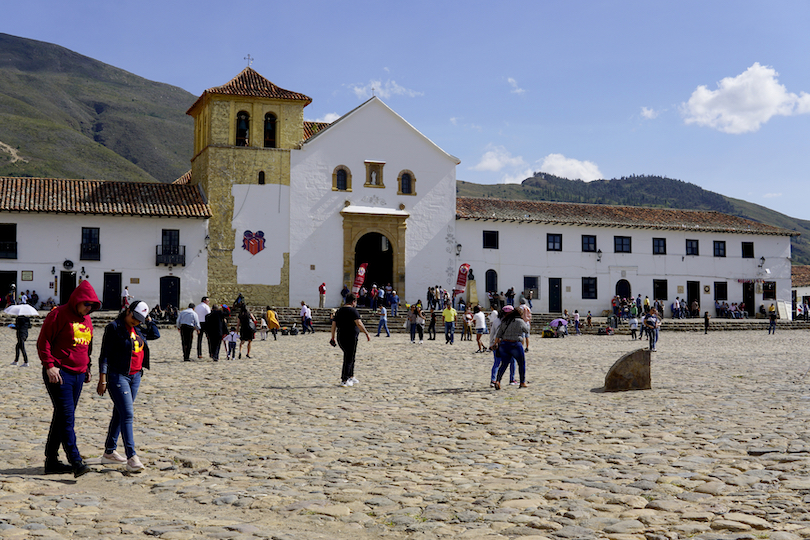
Villa de Leyva may be a small town less than a four-hour drive from Bogota, but its Plaza Mayor is one of the biggest town squares in South America. At one time people were executed on this immense square, which is now used as a gathering place for celebrations and festivals, such as the onion beauty pageant.
Its architecture reflects Spanish and Moorish influences; indeed, Villa de Leyva reminded us of Andalucía because of the white buildings with wooden trim and balconies. Museums honor famous people who fought for Colombian independence. The first distillery in the region is located here.
13. Guatape
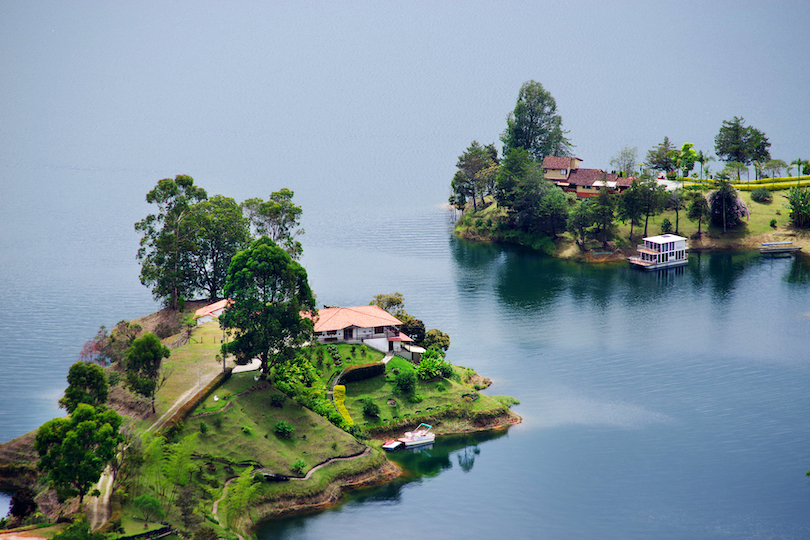
In central Columbia, in the Department of Antioquia, is the picturesque resort town of Guatape. Famous for its vibrant colored walls, referred to as “zocalos”, Guatape has another iconic feature – the El Peñón de Guatape or “The Rock of Guatape”.
In South America, The Rock of Guatape is the second largest monolithic rock, with Sugarloaf Mountain in Rio, Brazil, beating it for first place. As a result, this natural formation has become one of the top activities for visitors to Guatape.
Visitors to the town can reach the top of the rock’s summit by taking the path of stairs winding to the top. And from the summit of The Rock of Guatape are breathtaking panoramic views of the area, including the Cauca River and the Guatapé Reservoir.
Walk the cobblestoned pathway of Calle del Recuerdo, one of the most colorful streets in Guatape. Then, grab a seat to listen to live music in the bright square of the Plaza del Zocalo. This plaza features an amphitheater-like outdoor sitting area for people to sit and savor the music as performers show off their talents.
12. Rosario Islands
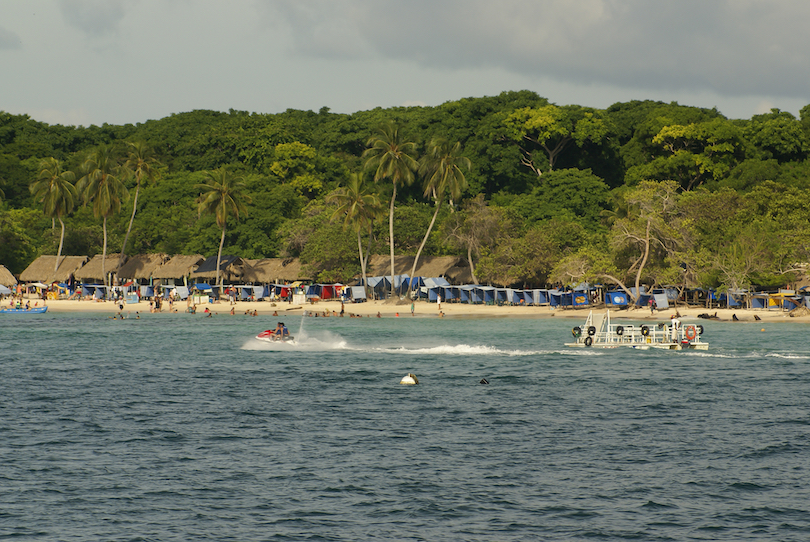
A collection of 27 islands, the Rosario Islands are about an hour’s trip by boat from Cartagena, a port city on the Caribbean coast. The Rosario Islands are located within the San Bernardo Corals National Natural Park to protect its abundant biodiversity and coral reefs.
The Rosario Islands are a must-visit tropical paradise with stunningly clear waters and sugar-white sand.
While on the islands, dine at one of the restaurants to savor freshly caught lobster, shellfish, and other locally-caught seafood. Order a cocktail and lay on one of the hammocks to relish the rejuvenating ambiance of the salty breeze and awe-inspiring scenery. For adventure, go kayaking through the mangroves, snorkeling at the coral reefs, or fishing for a big catch.
One of the most unique activities at the Rosario Islands is the bioluminescent plankton. There are evening tours that take visitors to the islands through the waters to witness the natural wonder of the bioluminescent plankton as they light up the waters.
11. Ciudad Perdida
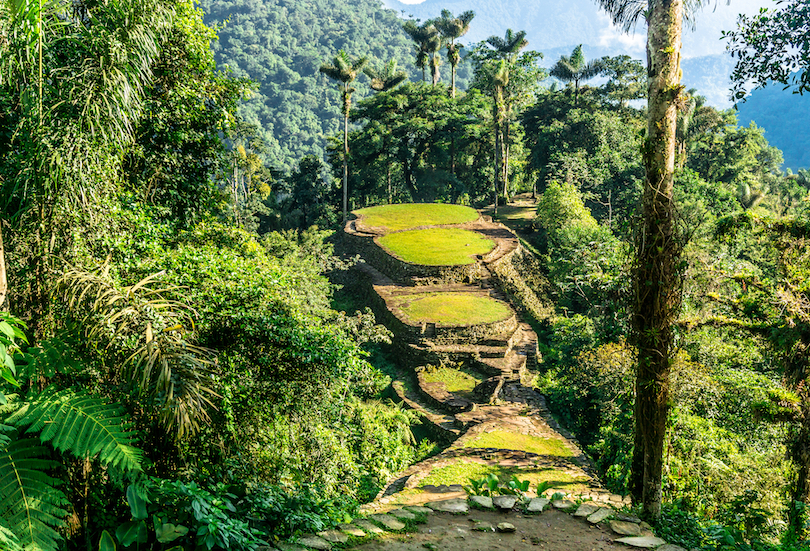
Nestled in the Sierra Nevada de Santa Marta, Ciudad Perdida, translated to “lost city,” is an archaeological site of an ancient city estimated to be founded in 800 CE. It was established around 650 years before Machu Picchu.
After the Spanish arrived in the area, the city was abandoned in the 16th century. The jungle swallowed it, keeping it hidden until 1972 when treasure looters rediscovered the city. It is considered one of the most significant discoveries in modern-day times.
In the present day, Ciudad Perdida is inaccessible by road. Instead, people travel worldwide to hike to the lost city on educational guided tours. The hike takes about four days, traveling up steep hills, narrow stone steps, and across the Buritaca River. The hike is completely rewarding to reach Ciudad Perdida, where trekkers can picture how indigenous communities once thrived in the area in ancient times.
10. Popayan
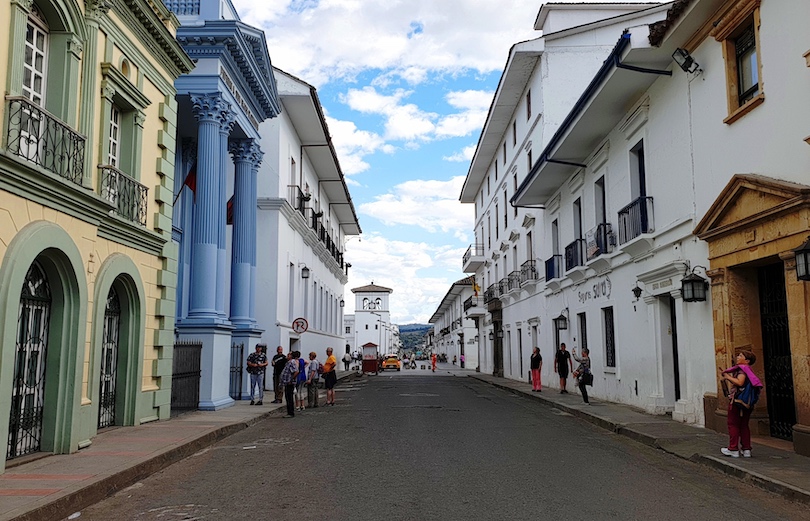
One of Colombia’s most impressive colonial cities, Popayan, is situated in the Pubenza Valley in southwestern Colombia. Famous for its Holy Week celebrations, Popayan is a spiritual city full of vibrancy and history.
Termed La Ciudad Blanca, “the White City”, Popayan for the eye-catching white facades of its many historic colonial buildings. In 1537, the city was founded by Sebastian de Belalcazar, a Spanish conquistador and explorer. As one of the oldest cities in South America, a visit to Popayan is a trip back in time thanks to the city’s dedication to preserving the historic city.
The Puente del Humilladero is one such gem. The bridge was built in 1873 and extends over the Molino River. Underneath the bridge is a park that attracts locals and tourists alike to find some peace and refreshment in the beautiful outdoors of Popayan.
The Iglesia de Ermita is the city’s oldest church, built in 1546, while the Iglesia de San Francisco lays claim to being the most beautiful. Another is the Cathedral Basilica of Our Lady of The Assumption, a majestic cathedral paired with the equally eye-catching Torre del Reloj, the clock tower.
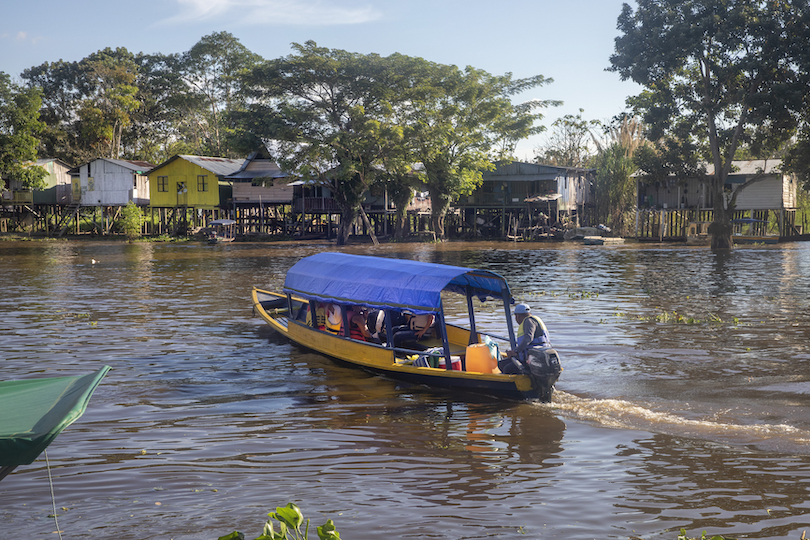
Capital of the Department of Amazonas, Leticia is the tourist hotspot for access to the Colombian Amazon. It rests on the border of Brazil , Colombia, and Peru .
The bustling city of Leticia welcomes people from across the globe looking to experience its rich culture and experiences in the great outdoors of the prosperous Amazon rainforest.
The nearby Mundo Amazonico is a relatively small nature reserve with a diverse array of flora species endemic to the Amazon. The reserve also hosts a tea house, an aquarium for an up-close look at Amazonia fish, and accessible jungle trails to see local wildlife.
Less than an hour’s trip by boat from Leticia is Monkey Island, called Isla de los Micos. The river island is home to a natural reserve with species such as the squirrel monkey that have made the island home. A shorter boat trip from Leticia, less than twenty minutes away, is the Victoria Regia Natural Reserve which features the giant floating lilies known as the Victoria Amazonica.
8. San Andres & Providencia
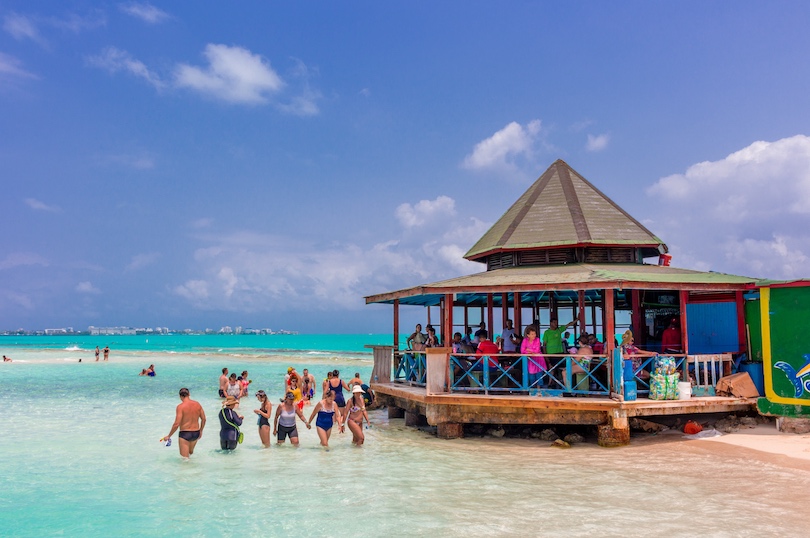
San Andrés and Providencia Archipelago are two island groups that are located closer to Nicaragua than Colombia in the Caribbean. San Andres is the largest island, and also the capital. Providence Island was initially settled by English Puritans who used slave labor on their plantations and took up privateering.
White sand beaches and palm trees are San Andres’ best features. The Caribbean is colored seven shades of blue and is rich marine life, making it a great place to snorkel and dive. Accommodations aren’t as luxurious as other Caribbean islands, and visitors travel around the island on old school buses.
7. San Agustin
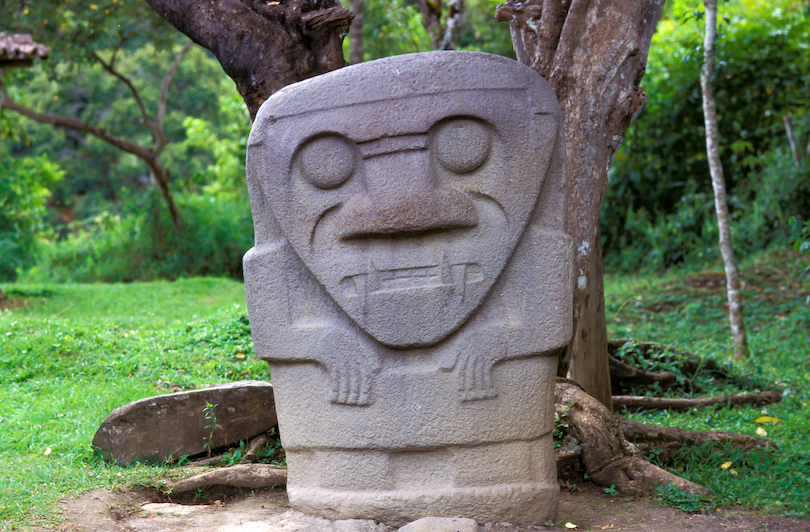
San Agustin is a laidback little town surrounded by awesome landscapes and the remains of a forgotten civilization. One of the most intriguing ancient sites in Colombia, the archeological park of San Agustin is home to more than 500 monoliths, statues, petroglyphs and sarcophagi.
Most of the stone carvings at San Agustin were created between 100 A.D. and 1200 A.D. They include representations of human figures, smiling and sneering monsters as well as animals such as snakes, birds and jaguars. The pre-Incan culture that built the stone carvings is surrounded by mystery.
No one knows their actual name. Most of what is known about this society comes from the interpretation of the carved statues and other ruins.
6. Medellin
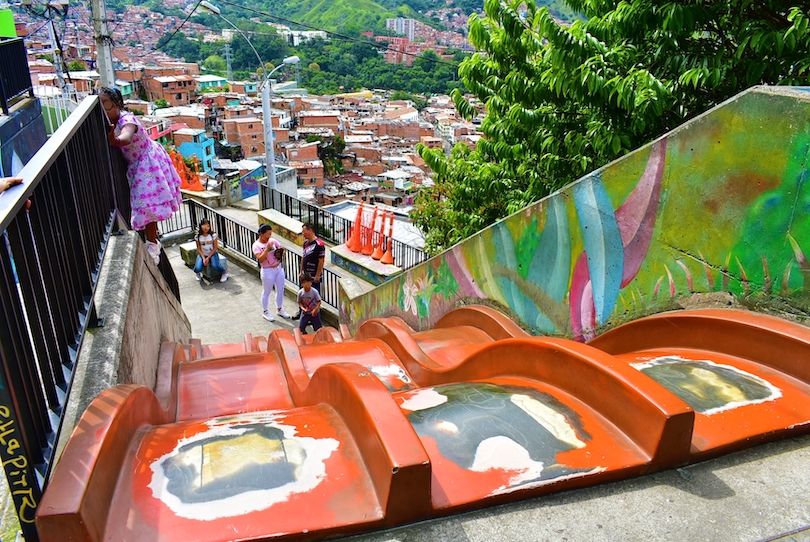
Throughout the 1980s and 1990s, Medellín was considered one of the most dangerous cities in the world, home to Colombia’s infamous cocaine cartel. But when drug lord Pablo Escobar was snuffed out in 1993, Medellín began to bury its troubled past and rebounded tremendously.
These days, the increasing number of tourist who come here find an inviting, modern city with one of the country’s best climates. Located in the Andes in the narrow Aburra Valley, the city sports temperatures averaging 24°C/72°F throughout the year, making any time a good time to visit.
The city has fine dining selections for a romantic evening out, world-famous coffee to savor, and trendy bars to socialize with locals and fellow tourists.
Relish in the mountain backdrop views on the Medellin metro cable that travels up to Parque Arvi, an ecological nature reserve. Visiting Parque Arvi is one of the most popular things to do in Medellin. The green oasis is thriving with numerous plant species, hiking trails, and guided nature tours to learn about the species that live within the park.
Head to Plaza Botero, one of the key areas of Medellin. The plaza is decorated with paintings and sculptures by iconic Colombian artist Fernando Botero. Be sure to pay a visit to Comuna 13, a neighborhood that transformed itself from crime-ridden to a thriving artistic hub. You’ll marvel at the colorful murals gracing the walls, reflecting the resilience and warmth of the community.
5. Zona Cafetera
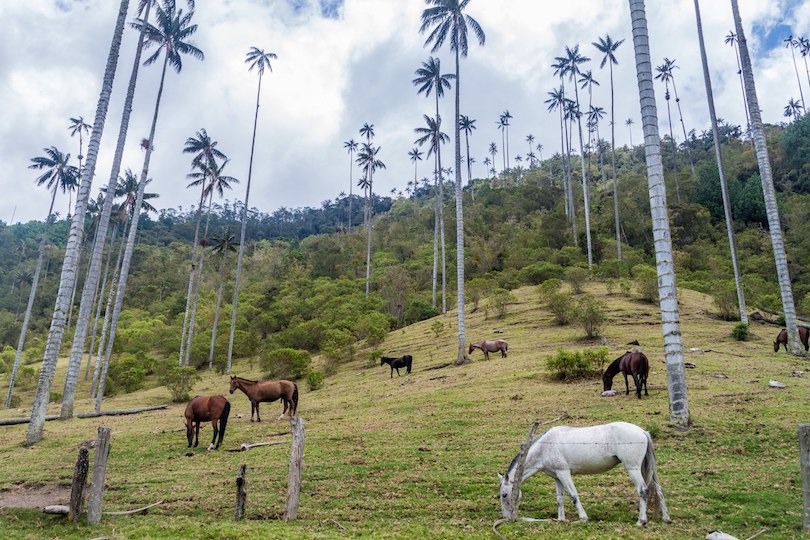
Travelers who love their java will definitely want to visit Zona Cafetera (Eje Cafetero) where almost half of Colombia’s coffee crop is grown on the slopes of the Andes. Referred to as the “Coffee Triangle”, Zona Cafetera is situated between Bogota, Medellin, and Cali . It is here where the most prosperous coffee plantations can be discovered.
The coffee farms welcome curious coffee lovers wishing to peek into how these exceptional coffee beans are grown before people worldwide serve the coffee piping hot into a cup.
Hiking is another popular activity in the Zona Cafetera, specifically the Cocora Valley Trail. The endangered Quindio wax palm, the tallest palm tree in the world endemic to the area, can be seen on this route. There’s also the town of Jardin, nestled in the center of the Zona Cafetera. This quaint little town’s cobblestoned streets feature a welcoming atmosphere, brightly-colored buildings, and cafes serving local delicacies.
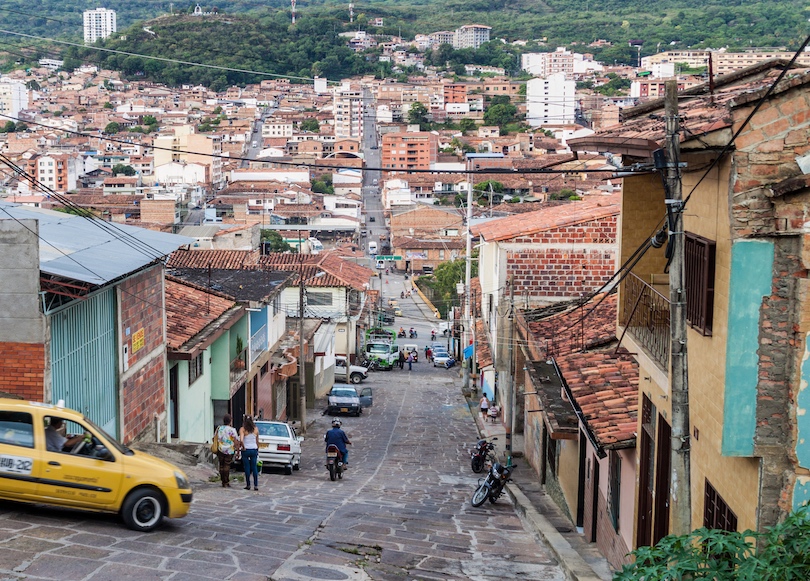
Situated in the Department of Santander in Eastern Andino, San Gil is notorious for being the adventure sports capital of Colombia.
Founded in 1689, the town displays cobblestone streets, historic structures, defining architecture, and rich culture in one magnetic place. It has become a popular travel destination amongst backpackers, though it is not a crowded tourist spot. Nevertheless, San Gil offers plenty of activity and adventure for an unrivaled memorable trip!
Bungee jumping is one of the most popular activities in San Gil, which is well-known for its affordable pricing. Another hot activity in San Gil is whitewater rafting, which has one of the world’s rarest opportunities to raft Class 5 rapids. There’s also swimming at the two best swimming spots, Pescaderito and Pozo Azul. Closer to town, Pozo Azul is only two miles from San Gil and has a gentle current perfect for relaxing in the waters.
One of the tallest waterfalls in Colombia is only a thirty-minute drive from San Gil. The Juan Curi Waterfall, near the town of Palenque, is surrounded by rich greenery and makes for a rewarding hike!

Sometimes referred to as “the Athens of South America”, Bogota was first settled by indigenous peoples, though the founding date is generally set at 1538 by a Spanish explorer. Today, the city is one of the largest cities in South America and Colombia’s capital.
Once considered a place to avoid, Bogota has cleaned up its act and is fast becoming one of the best places to visit in Colombia. Located at 2,640 meters (8,660 feet) in the Andes, Bogota has numerous attractions to entice visitors, including a planetarium, gold museum, botanical gardens, cultural events and a thriving nightlife.
The city’s historic district can be found at La Candelaria, a pleasant quarter of cafés, churches and museums. Take a cable car or hike up to the striking Monserrate Sanctuary. At 3,152 meters (10,341 feet) above sea level, this magical site offers you an unparalleled view of the entire city. Catch your breath, snap some pictures, and enjoy some local snacks at the top.
2. Tayrona National Park
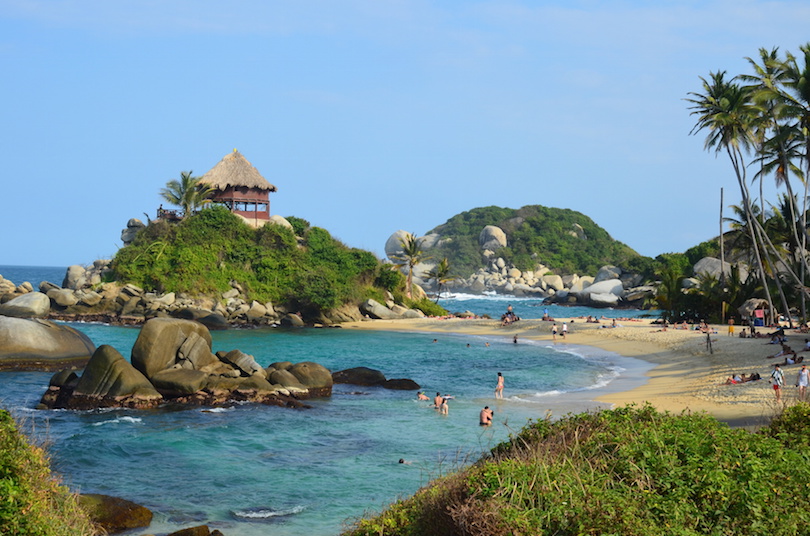
Tayrona National Park is a must-see place for travelers who enjoy nature and exploring old ruins. Located on the north Colombia coast, the park offers a variety of ecosystems, from swamps to scrublands to cloud forests.
For many travelers, the park’s biggest attraction is its beaches , set in deep bays and shaded with coconut palms. In fact, Tayrona beaches are among Colombia’s most beautiful. The park is also popular with birdwatchers who come to see the Andean condor, a threatened species.
The park takes its name from the Tayronas, a native people, who left their mark on a number of archaeological sites, including Pueblito Chairama. Tayrona is a good place to snorkel, hike and see wild animals, including lizards and monkeys, in their native habitat.
1. Cartagena
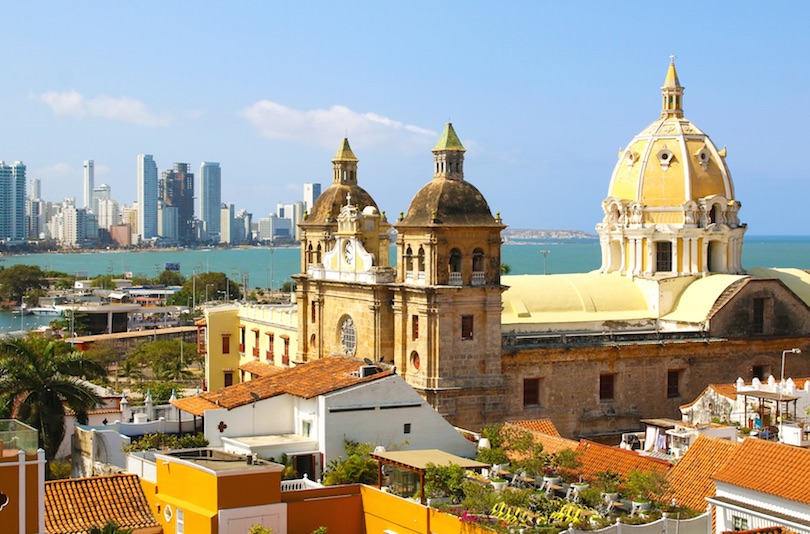
Cartagena is the bustling city where Kathleen Turner’s character Joan Wilder begins her Colombian adventures in Romancing the Stone. Hopefully, travelers will get their visits off to better starts, though the city is just as busy as when it was one of the key Caribbean ports from the 16th to 18th centuries.
Fought over by various countries, Cartagena was one of the most heavily fortified cities in South America; these fortifications can still be seen today.
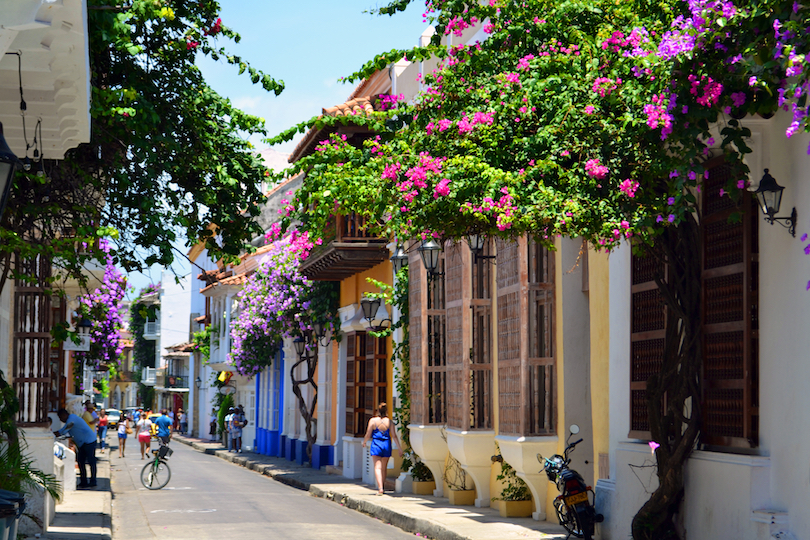
As you stroll through the maze-like, cobblestoned streets of Cartagena’s Walled City, you will be transported back to a bygone era when pirates roamed the seas and noble Spaniards called the shots. Under the shade of balconies overflowing with bougainvillea, you’ll encounter street vendors offering everything from handmade jewelry to refreshing cups of raspados – a delicious Colombian shaved ice treat.
See also: Where to Stay in Cartagena
The area of Bocagrande, a long strip of hotel towers and condos fronting onto the beach, is also very popular with tourists.
Colombia Travel Video
Share this post:.
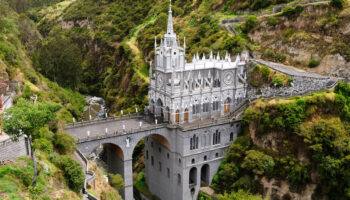
23 Top Attractions & Things to Do in Colombia
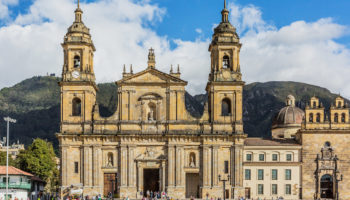
15 Best Cities to Visit in Colombia
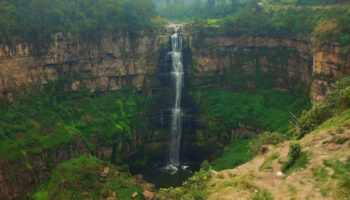
6 Most Beautiful Regions in Colombia
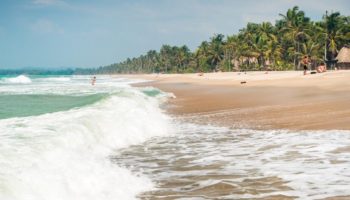
10 Best Beaches in Colombia
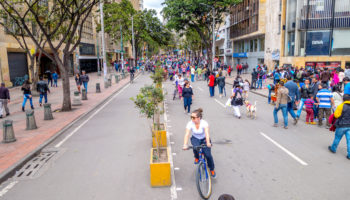
19 Top Attractions & Things to do in Bogota
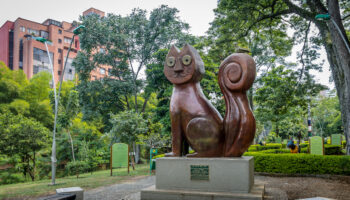
12 Best Things to do in Cali, Colombia
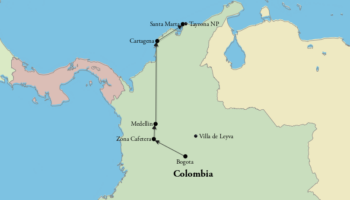
How to Spend 2 Weeks in Colombia: DIY Itinerary
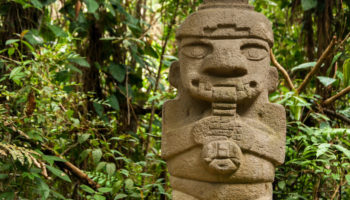
Unravel the Secrets of San Agustin in Colombia
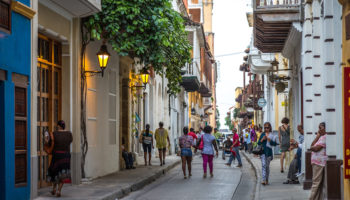
Where to Stay in Cartagena: Best Neighborhoods & Hotels
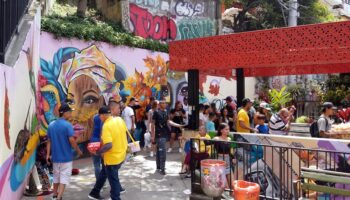
18 Best Things to Do in Medellin, Colombia
Reader interactions.
October 29, 2019 at 8:08 pm
The Guajira beaches are amazing. Palomino is pretty well deserted and gorgeous.Worth checking out.
October 27, 2019 at 9:41 am
September 26, 2019 at 9:42 pm
I am based in South Africa. Wish I could stay in Colombia forever and good. Am glad that despite the previous crime and violence the government are doing their best to fight it.
May 25, 2019 at 4:35 pm
I personally enjoy Barranquilla. It’s the culture, musica, and great evening night life and a wide choice of restaurants and street food. Best in December thru The end of Carnaval.
May 30, 2018 at 9:21 am
Great article! Colombia has several beautiful places to explore with so different landscapes! I would add to this list the Salt Cathedral of Zipaquira because it is one of the wonders of the country!
March 23, 2018 at 3:40 pm
Bogota as athens of the andes? According to what *objective* source… I live there. It is anything but.
October 20, 2014 at 4:58 pm
One place worth at least an honourable mention in “best vacation spots Colombia” is Rodadero. Better beaches than Cartagena, close to Santa Marta (1.500 peso) bus ride plus close to Parque Tayrona….which I would put higher up on the list. Taganga is to be avoided.
Leave a Reply Cancel reply
Your email address will not be published. Required fields are marked *
This site uses Akismet to reduce spam. Learn how your comment data is processed .

29 breath-taking places to go in Colombia: The Ultimate Bucketlist

Sometimes, I use affiliate/sponsored links with my recommendations, which if bought through might earn me a few pennies at absolutely no extra cost to you . This helps with the cost of keeping this site alive so I can continue to guide you on your travels. Please remember that I would never ever ever recommend anything I don’t or wouldn’t use myself. Big thanks to each and every one of you who have trusted my recommendations so far! Lozzy x
You know when people say “Uhh Colombia’s amaaaazing, it just has everythinnggggg”. Well, I’m here to bloody well prove it. I’ve painstakingly compiled all of my top entries for an ultimate Colombia bucketlist – all of the best places to go in Colombia that are well and truly worth your time. Of course, this still only just scratches the surface of what the country has to offer, but I commend anyone who’s managed to tick all of these off – I haven’t even after 9 months!
There are plenty of Colombia must-sees that everyone goes to by default (the blue markers on the above map), but also other tourist attractions in Colombia that people haven’t really heard of as often, or aren’t feeling adventurous enough to make a more arduous journey to (orange). THEN there are the truly off the beaten path places to go in Colombia, which I’ve left for the end (purple). Put in the effort and thou shalt be rewarded!
After this ultimate bucketlist of places to go in Colombia, you may also enjoy reading:
- The cost of living in Colombia
- Best weekend breaks & day-trips from Bogotá
- If we only had 2 weeks: Colombia itinerary
The Colombia must-sees
Piedra el peñol, guatapé.
One of those places to go in Colombia that you have to see to believe. La Piedra, or the rock, is just a short bus ride away from the incredibly vibrant town of Guatapé , and climbing the 659 steps of this crazy landmark will get you views of the insane man-made Guatapé Lake. Visiting the town and rock is a Medellín day trip you cannot allow yourself to miss!

Comuna 13, Medellín
Probably the most well-known neighbourhood in all of the land, Comuna 13 (‘ Comuna Trece ’ in Spanish) is an impoverished barrio that holds a painful history of cartel violence and lawlessness. However, what brings visitors here in droves is the story of how it pulled itself out from the rubble and became one of Medellín’s star children in demonstrating how providing the right socio-economic support to a community can turn everything around.
That being said, still please make sure you get a tour through Comuna 13 and don’t just turn up on your own to have a wander.

Guatavita Lake
An easy day trip from Bogotá, Lake Guatavita holds centuries of secrets in its emerald waters.
Nestled in a crater-like valley, Lake Guatavita was supposedly used by the indigenous Muisca people to perform ceremonies involving throwing gold and other treasures into the depths. When the Spanish heard this, they started work on what is now known as the Legend of El Dorado.

Villa de Leyva
One of the best places to go in Colombia to see all the beauty of colonial architecture whilst still keeping a finger on the pulse of its pre-Spanish history. Villa de Leyva is the region of Boyacá’s most famous ‘white town’, revered for its quaint cobbled streets and humongous plaza.
All around the town, you’ll find a huge list of things to go and explore, from dinosaur fossils to waterfalls and a collection of phallic stones used by the indigenous ancestors of the land to celebrate fertility.

Monserrate, Bogotá
This is usually people’s first stop on their first day arriving in the country. Despite the Lonely-Planet-Chapter-One-Page-Oneness of it all, it really is among the must-see tourist attractions in Colombia.
Take a cable car or tram up to the monastery at the top of the mountain that looks over Bogotá , and soak up the views of this sprawling capital (clear day dependent!).

Cartagena: Walled City & Getsemaní
The Walled City of Cartagena has been sitting at the top of tourist attractions in Colombia for decades now, as a hotspot for cruises at the edge of the Caribbean Sea. However, now that global interest in Colombia has exploded, the Walled City has grown exponentially as a solid Colombia must-see destination, with the outer barrio of Getsemaní being dragged into the excitement street by street.
Expect to be blown away by the bustle of the locals, the beauty of the architecture, the smell of the foods and (ironically) the complete lack of breeze.

Isla Barú and the Rosario Islands
A Colombia must-see when you’re visiting Cartagena. There are so so many available tours from the city to the Rosario Islands and Isla Barú , but I recommend staying a night or two instead of taking the day trip options.
All of the islands offer slightly different vibes, from family beach fun to mangrove kayaking to local village living to luxe getaways, so have a research before you go!

Parque Tayrona
Without doubt, home to the most beautiful beach this country has to offer. Luckily for future generations, Parque Tayrona is a protected national park, which keeps it clean and well-monitored.
Unless you want to pay for a boat from Santa Marta , you do have to hike a couple of hours to reach the best beaches (my favourite is La Piscina, though Cabo San Juan is the most famous), but there’s no way you should be letting that get the way of you visiting this paradisiacal tourist attraction in Colombia.

Seen all those pics on Instagram of good-looking millennials chilling out on a large net hanging over the jungle? That’s Minca, baby.
Not far from Santa Marta, Minca is a little step into the jungle of the North coast, where there’s not much to do other than hike to waterfalls and relax with a beer.

La Cuidad Perdida
This is a 4-day trek from Santa Marta that obviously you wouldn’t catch me dead doing, but I’ve yet to meet someone who did do it and didn’t love it.
Salento & Valle de Cocora
A brightly-painted town in the lush green mountains of Colombia’s coffee region. Not to be missed is a coffee farm tour and hike through the Cocora Valley , where you’ll see the world’s tallest wax palm trees.
While Salento can no longer be called sleepy, there are still a few places to go in Colombia’s coffee region for some peace and quiet, such as the nearby town of Filandia .

Home of salsa, and a vibrant taste of the loud colourful life in the sweltering dips of Valle del Cauca.
Cali is an absolute Colombia must-see for music and dance-lovers, and its Callejeros street food tour will pique the interest of any foodie. As places to go in Colombia go, this ones is hottttt.

The less-visited places to go in Colombia
Right on the tri-border where Colombia, Peru and Brazil meet, Leticia is the gateway to the Amazon. From here, you can explore the sights, sounds and wildlife of the rainforest, and even catch a 4-day boat down the Amazon river to Manaus.
It’s yet another totally different view of Colombia, and one that will have you so enthralled that you might just forget the rest of the world actually exists.

Tatacoa Desert
While this lesser-visited of the Colombia must-see is actually just an arid area and not technically a desert, it sure does resemble one! Tatacoa’s moon-like landscape are a wonder to behold, especially if you camp there under the stars at night.
Every year there is a huuuuuge electronic music festival there in October where things get pretty wild, but otherwise it’s a serene place to get lost in the orange rockiness.

La Chorrera
Honestly, I’m not sure why Cascada La Chorrera isn’t better known. The tallest waterfall in Colombia sits just an hour’s drive and 1.5 hour hike (each way) from the city centre of Bogotá. It’s a moderately easy hike, and coupling it with a visit to the nearby town of Choachí gives you a real glimpse into how rural Colombians live.

While it’s more or less well heard of, Mompóx is one of those rarely attempted places to go in Colombia for the simple fact that it’s an arse-ache to get to.
However, dragging backpacks from taxi to bus to taxi/motorbike to chulupa river boat to taxi and then walking the rest of the way in 34-degree heat to find the hostel was somehow worth it for the yellow stunners that this riverside town offers.

La Guajira Peninsula
This is the most northern of all places to go in Colombia, and sits next to the border with Venezuela. On this faraway peninsula, you’ll see where the desert meets the sea, which makes it one of the top tourist attractions in Colombia that hardly anyone can be bothered to travel to. It’s a great spot for kite-surfing, desert exploring and learning about the still-strong indigenous culture of the Wayuu people.
Please note that there has been some civil unrest there for the last year or so, so keep up-to-date with the news before you make any solid plans to visit.
Taking you over to the other side of the North of Colombia, Capurganá is the town right before the Panamanian border. It’s perhaps not known for having the most luxurious of beaches, but it’s a far cry from the crowds of the Rosarios , at least. Surrounded by the jungle of the Darien Gap, there are plenty of hikey things to do to fill your time if you’re not into sand and sea.
Bring your passport and you can pop over to Panama for the day by foot, or take a boat tour out to the ultimate paradise of the San Blas Islands .
Touted as the most beautiful pueblo in all of Colombia, Barichara is a colonial dream up in the mountains of Santander.
Quaint, quiet and always blooming with pretty flowers, Barichara is a lovely getaway for a couple of days of peace, especially if you’ve come from our next destination.

The adventure capital of Colombia! San Gi l is one of the top places to go in Colombia for adrenaline junkies who want to try their hand at level 5 white water rafting, paragliding or waterfall rappelling, to name just a few activities on offer in the area.
Plus, the town gives you fascinating insight into Santander life.

Islas de San Bernardo
A little further down the Caribbean coast from the Rosario Islands , this cluster of islands (most notably Isla Mucura) makes a great alternative for people wanting to find places to go in Colombia to dodge the crowds. It’s a tad more difficult to get to from Cartagena, but it’s no pain no gain in this part of the world!
Santuario de las Lajas, Ipiales
If you’re coming up overland from Ecuador, Ipiales will be one of your first places to go in Colombia. Not far from the town sits the magical architectural wonder of Santuario de las Lajas ; a grey cathedral bridging two mountainsides to commemorate a miracle that allegedly happened there centuries ago.
It’s difficult to explain how awesome it is until you’re actually there.

Salinas de Galerazamba
Salinas de Galerazamba, also known as the Pink Sea, is one of the tourist attractions in Colombia garnering a lottttt of interest recently, though as of yet not huge numbers of people actually go (do your thang, Instagram).
You can take a tour to the pink sea (which is this colour at certain times of the year due to a nearby salt mine) directly from Cartagena .
Isla de Providencia
Did someone say paradise ?! Isla de Providencia is another of the places to go in Colombia that people just cannot be arsed to make the effort to get to. However, bag yourself a place on one of the 16-seater propeller planes from Isla San Andres and you surely will not regret your decision.
Isla de Providencia is my happy place, with a perfect blend of white sands, turquoise waters and laidback creole culture.

Colombia off the beaten path
Cerros de mavecure.
Found in the east of Colombia, these are three mighty granite hills – that now I think about it, quite resemble El Peñol at Guatapé – sticking out of the riverside in the Amazon terrain near Inírida. They are seen as a sacred site for the local indigenous people, and it’s fairly easy to see why they might come to that conclusion.
You have to get there by boat, and can only climb one of the looming rocks.
Anybody like whales? Yeah?! Whales?! Get yourself down to the Pacific region of Chocó (in towns such as El Valle , Bahia Solano or Nuquí) between June and October to catch sightings of humpback whales coming to breed and raise small young all along the coast.
Whales aside, the Pacific coast also has a totally different vibe to the rest of Colombia, maybe due to the fact that the coastal towns don’t have any roads connecting them to the country. Jungle hits black-sanded sea in this beautiful part of the world.

You won’t find tourist attractions in Colombia’s plains as you will a whole new side of the culture out in the outback. Think cattle ranches and wildlife safaris in the country’s eastern flank.
Most visitors use Yopal as a base when visiting Los Llanos.
Quebrada Las Gachas, Guadalupe
Ok, so you know I absolutely rave about this place. It’s actually getting a little embarrassing now, but QUEBRADA LAS GACHAS IS INCREDIBLE AND IF YOU WERE TO CHOOSE ONLY ONE OF THE PLACES TO GO IN COLOMBIA IT SHOULD BE THIS ONE.
Honestly, I’m not sure if it even deserves to be called off the beaten path anymore with the amount I’ve been spreading the word about it, but these natural plunge pools deep in a purple-algae river are something that I’ll never forget.

Caño Cristales
The bigger, more colourful, harder to get to and way more expensive version of Quebrada Las Gachas , situated in the region of Meta, scarily close to some of the parts of the country that are still guerilla-controlled. This is one of those places to go in Colombia that are only for the adventurous, as it will involve a couple of days of travel and hiking ( always with the help of a guide !).
So there’s my bucketlist of places to go in Colombia! As you can see, it’s pretty extensive, with plenty that didn’t quite make the cut. Let me know in the comments how many you’re planning on ticking off!
- Cost of living in Colombia

Liked this bucketlist of tourist attractions and places to go in Colombia?
Give it a save on Pinterest to be able to refer back these Colombia must-sees later 🙂

Last Updated on 11 February 2024 by Cuppa to Copa Travels
Read these posts next!

Colombia to Panama: How to book a San Blas Islands boat tour

9 things to know before you travel to Colombia

Cali, Colombia: The home of Salsa dancing
17 thoughts on “29 breath-taking places to go in colombia: the ultimate bucketlist”.
Wow. Some simply stunning images and travel destinations. A bit tough to choose a favourite but Guatavita Lake looks pretty impressive and those plunge pools. I’ve seen a lot of South America but not Colombia, not yet.
Thanks! Guatavita Lake really is one of Colombia’s gems.
I have a long list of places to visit in South America! I am definitely adding Tattacoa and La Chorrera to my list! Thank you for sharing
You’re welcome 🙂 Let me know if you need any help planning a trip!
I do agree with you, this is truly a nucketlist!
Vising Isla Barú would be a dream come true, even though I would dread the lonmg journey from Sweden 😛
It’d be worth it! There are now direct flights to Cartagena from London so you could do it in just two legs from Stockholm 🙂
Ok, you have convinced me. My bf and I have been talking a while about travelling Colombia and Ecuador. Covid has delayed the plans somewhat. Thinking a month in Colombia? Would that be enough?
A month could certainly get you round the top sights! I’d say a few days in Bogotá (more if you want to do day trips out the city), 4-5 days in Medellín with day-trips and then get yourself up to the Caribbean coast and start exploring as you please 🙂 You’d have time to get up to Isla de Providencia as well which is my favourite place on earth.
I really enjoyed reading this extensive post as I really want to get to Columbia one day. It has everything a traveller could possibly want. Mountains, beaches, charming towns, a colourful history. Fabulous.
Thank you, to me it’s the perfect destination for any travel style!
My trip to Colombia was full of awe and surprises. I was very impressed by the friendly, caring people and the energetic artsy work everywhere. Hope to be able to visit again very soon.
Me too, think I’ll be booking a flight as soon as it’s deemed safe!
We were looking at Cartagena before the pandemic hit. Now, I see there are a lot more great places to check out in Columbia! Hope we can make it one day!
Fingers crossed! Revisiting Colombia will be top of my list once it’s safe again.
It’s so sad what happens to communities like Comuna 13, where the government aren’t helping them they’re easy pickings and at the mercy of cartels who are willing to support them for their own, but only have their own interests at heart. I hadn’t realized that it had turned itself around. I still have that vision of it being lawless. But isn’t that always the way. When bad things are happening in a neighbourhood it gets reported, but when good things happen – that slips the net and they’re not spotlighted.
Colombia is on wishlist since long as there are so many amazing things to see here. I loved Piedra El Peñol, Guatapé and this really looks very unique. Also the colorful walled city of Cartagena and Getsemaní looks very vibrant and good to know it is a foodie place too.
When you come to Cali Colombia you should go to the MULATO CABARET, the best exponents of Salsa dance in the world with a show of international stature. Regards
Leave a comment :) Cancel reply

Colombia Travel Guide
Looking for an in-depth Colombia travel guide ?
Then you’re in the right place!
Forget what you’ve seen on the news or on Netflix: Colombia is a gorgeous, culturally-rich country that is absolutely worth visiting.
As crime rates have decreased in recent years, tourism to Colombia has steadily increased, with more and more travelers singing the praises of this exciting, diverse destination.
There’s a little something for every kind of traveler in Colombia, from outdoor adventurers to history buffs to coffee addicts.
Not sure where to start? We’ve got you covered.
Colombia is home to several world-class cities that blend historic charm with modern sophistication.
Bogota, the country’s capital, is home to several top museums, a vibrant culture, and delicious food — both on the street and in top restaurants.
Cartagena is a charming Old World city by the sea, featuring a walled colonial historic district that will transport you back in time.
And Medellin , once known for its role in the drug trade, is now home to a thriving art scene with tons of awesome shops and restaurants.
Each city also makes a great home base for day trips to top attractions like Tayrona National Park and Guatape. Read on to learn more.
Colombia’s natural wonders are also absolutely worth exploring. From beautiful beaches to the lush rainforests of the Amazon, there’s much to experience in this beautiful country.
Outside of the city of Leticia, you can embark on a cruise down the Amazon River for the adventure of a lifetime, interacting with some of the area’s unique wildlife (although ideally from a safe distance!).
The country’s Pacific Coast is home to some of the best whale watching in the world from July through November.
Head to Bahia Solano to see humpback whales migrate from the South Pole – it’s a truly incredible sight.
And of course, you can’t miss the beaches of Tayrona National Park , complete with white sand, clear blue waters, and aerial hammocks perfect for relaxing.
Keep reading to dive into resources that will help you with planning a trip to Colombia in South America.
Note: This ultimate guide to Colombia travel contains affiliate links to trusted partners!

Colombia Map
Use this Colombia travel map to begin planning your trip to this incredible country!
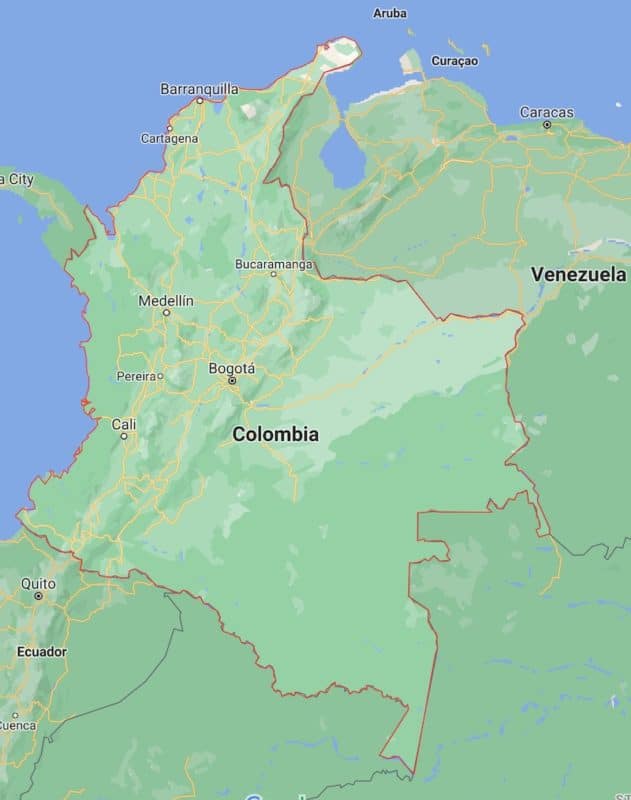
Click here for an interactive Google Map version of the above graphic.
Amazon Travel
Looking for visit the Amazon from Colombia? Don’t miss:
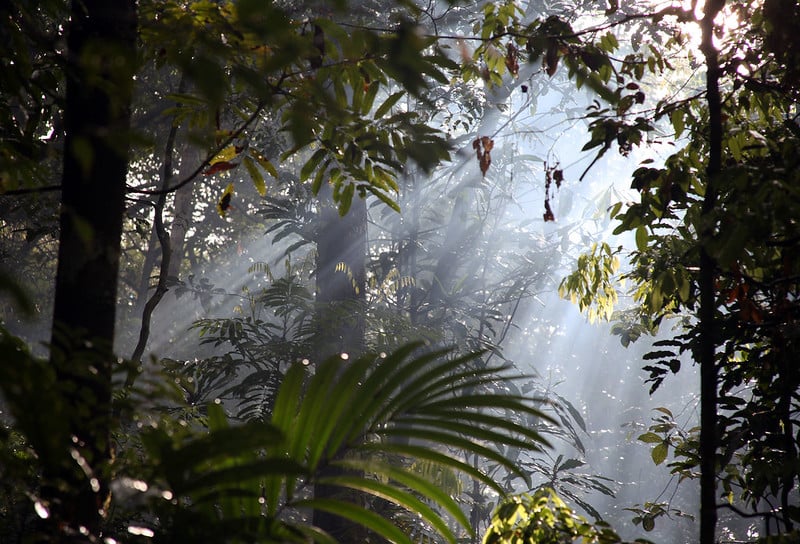
Anacondas, Piranhas And Pink Dolphins, Oh My!: Exploring The Amazon Jungle From Colombia
Bogota Travel Guide
The following Bogota tourist information can help you plan the perfect trip!

Colombia Travel: Exploring Bogota By Bike
Cartagena Travel Guide
If you’re looking for a Cartagena guide for your trip, check out:
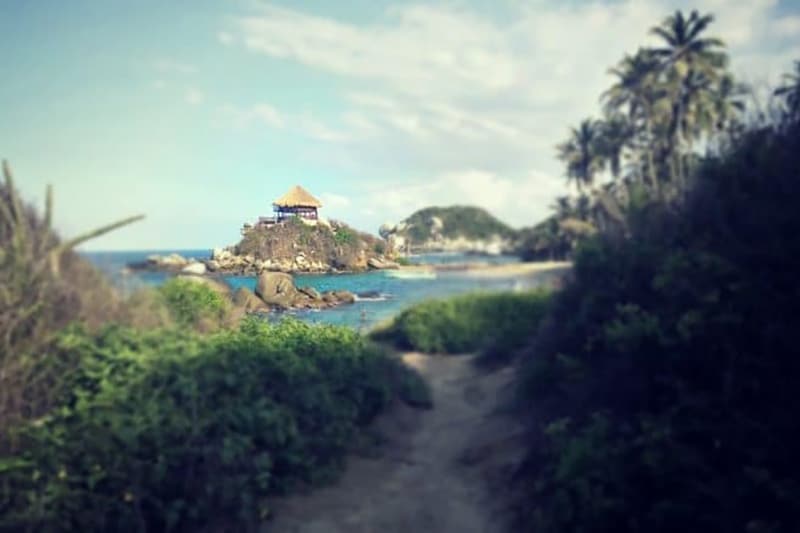
3 Amazing Day Trips From Cartagena, Colombia
Colombia Travel Tips
The following Colombia travel advice can help you plan the perfect trip!
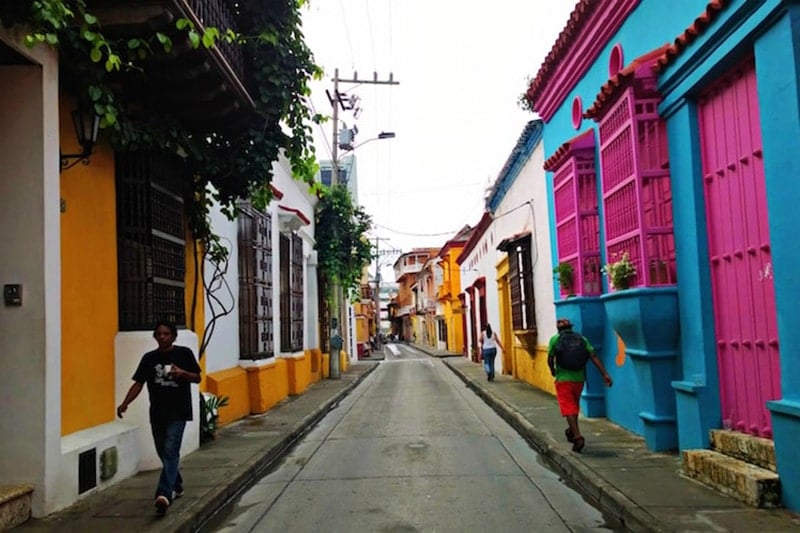
Is Colombia Safe? Everything You Need To Know!

10 Ways Colombia Stole My Heart

10 Things You Didn’t Know About Colombia
Medellin Travel Guide
Looking for a Medellin city guide ? These posts can help!
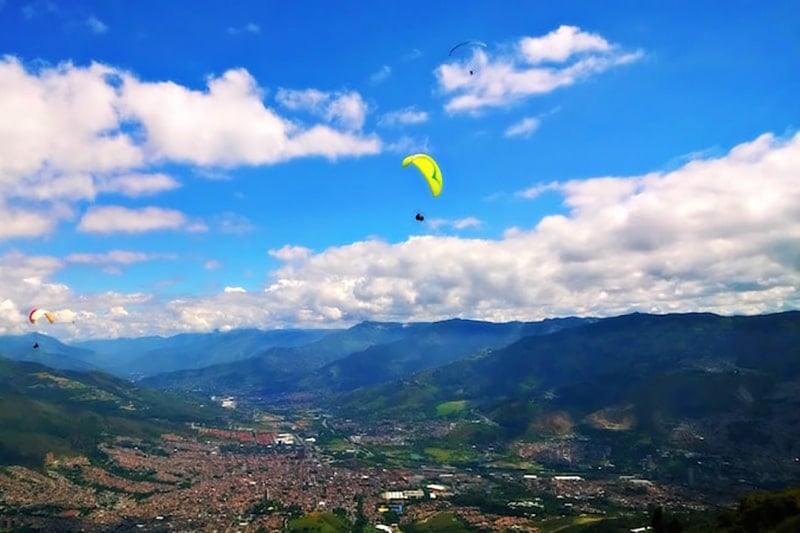
Colombia Adventure: Paragliding In Medellin (Epic!)
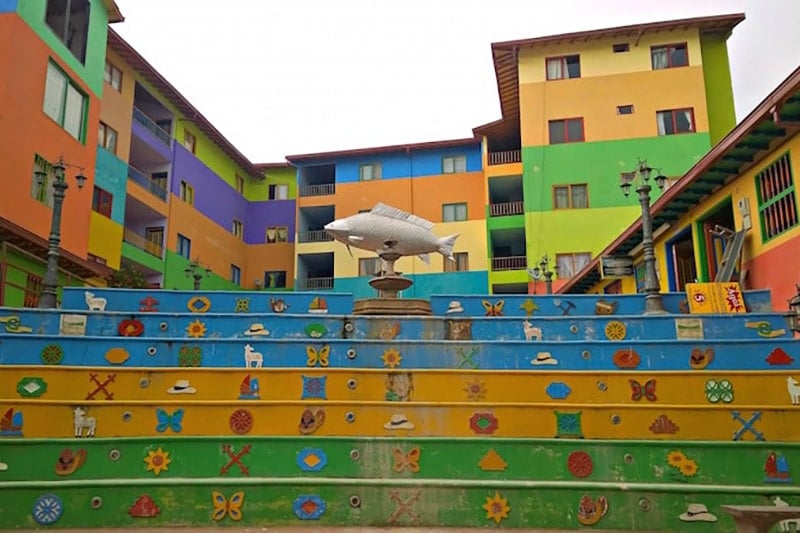
3 Amazing Day Trips From Medellin, Colombia
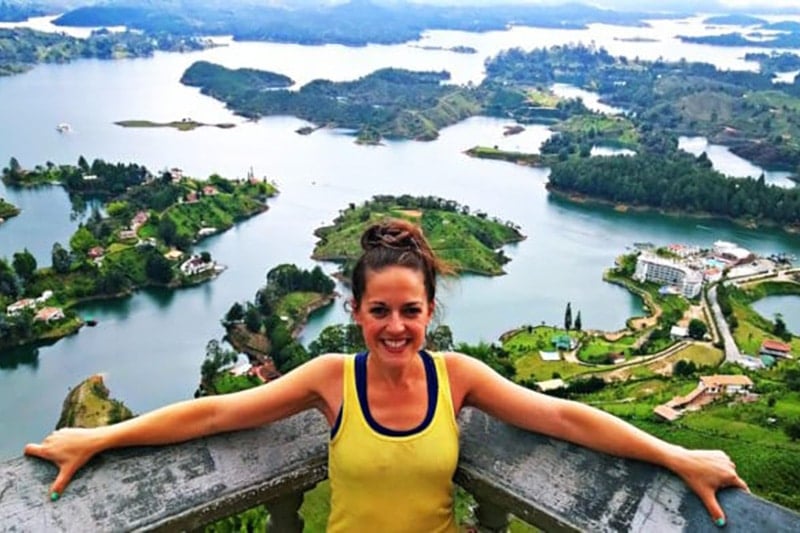
El Peñol & Guatape: The Perfect Day Trip From Medellin
Santa Marta Travel Guide
The following travel guides can help you plan an epic trip to Santa Marta in Colombia !
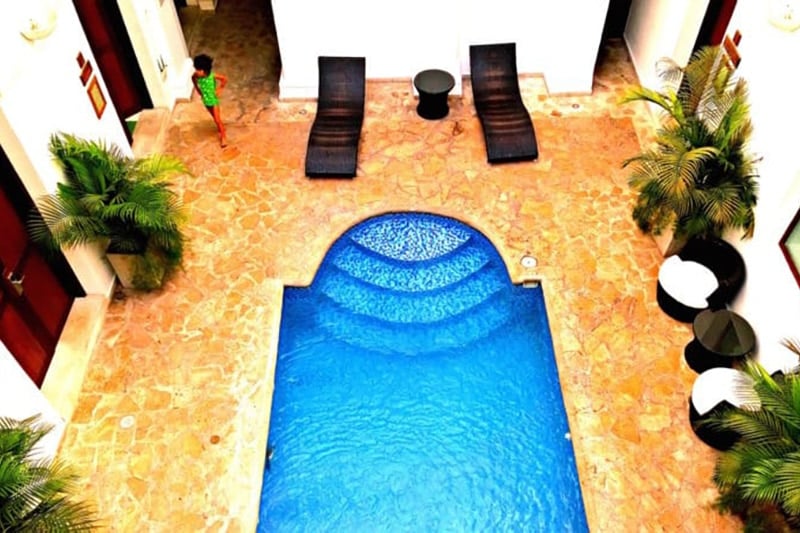
Experiencing The World’s Best Hostel In Santa Marta, Colombia

Tayrona National Park
Looking to experience Colombia travel and adventure ? Don’t miss Tayrona National Park!
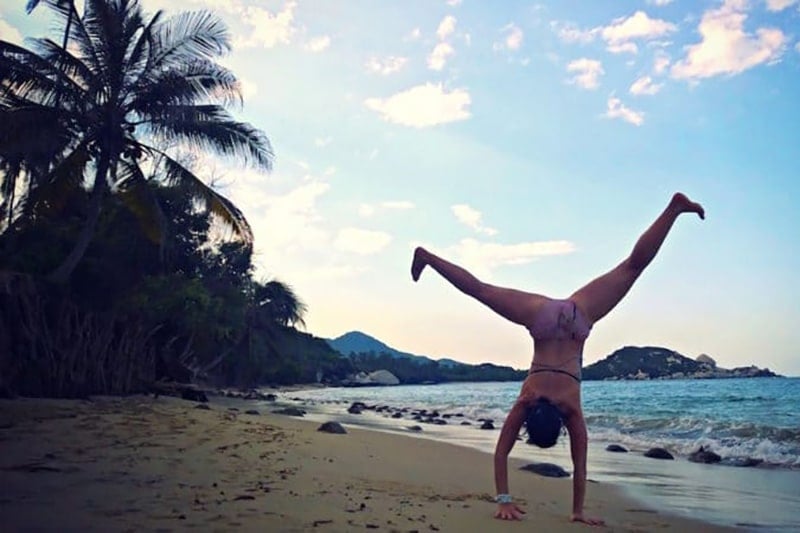
How To Visit Tayrona National Park (& Have An Amazing Time!)
Traveling In South America
These guides share Colombia travel advice as well as tips for exploring South America in general!
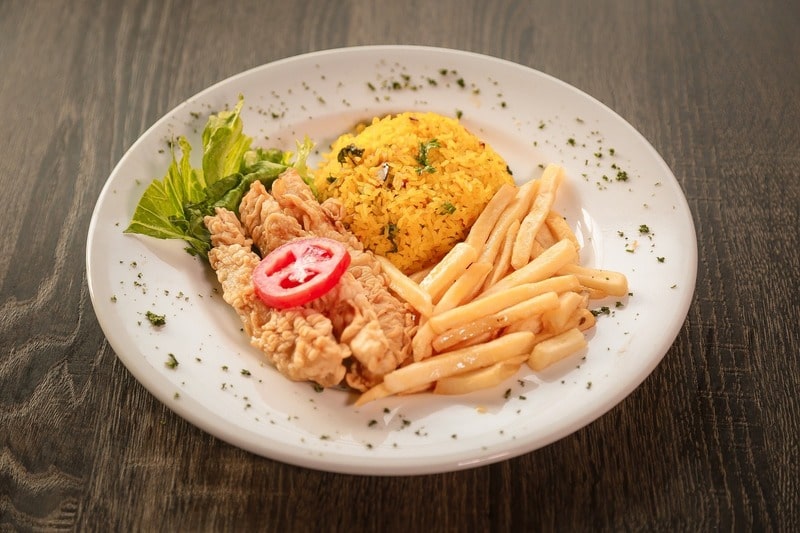
14 Essential Tips For Backpacking South America

My Most Ridiculous Bus Encounters Backpacking South America
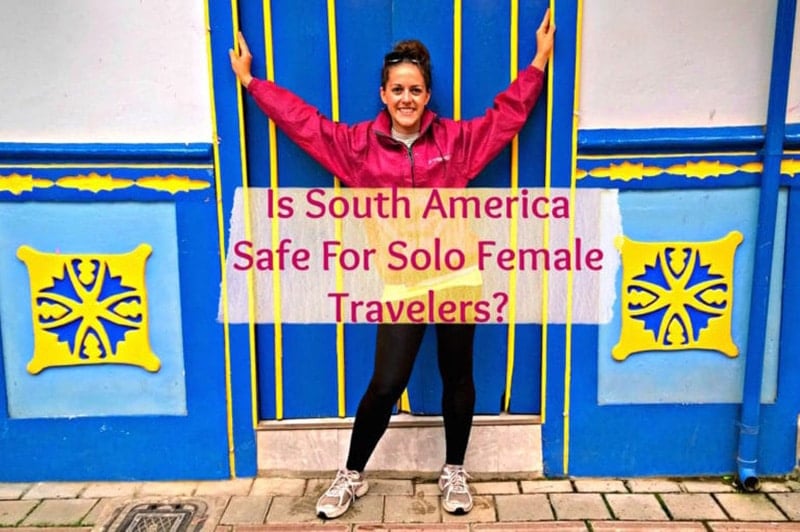
Is South America Safe For Solo Female Travelers?
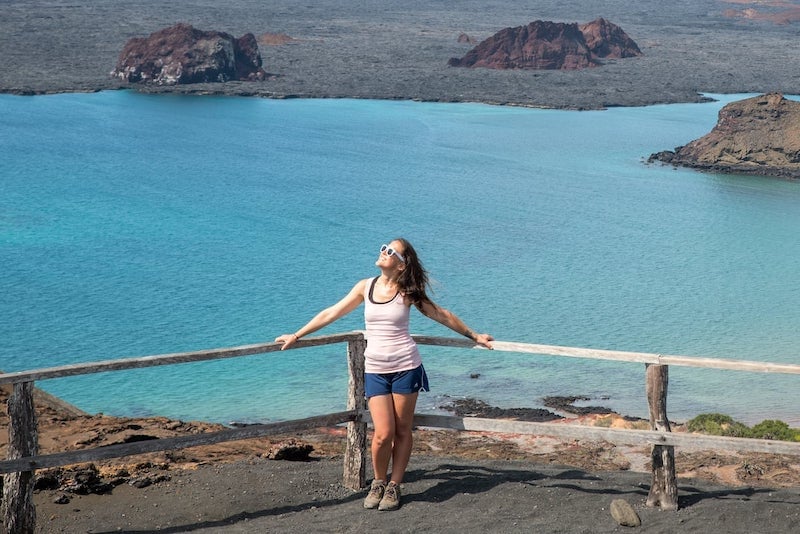
21 Best Places For Solo Travel In South America
Best Colombia Tours
Explore local culture with a Colombian tour guide through these unique excursions:
- Full-Day Rosario Islands Including Barú, Cholon and Playa Blanca from Cartagena
- Freedom Tour of Palenque in Cartagena
- Lodotherapy in the Totumo Volcano with Visit to Galerazamba from Cartagena
- Full-Day Guatavita and Salt Cathedral from Bogota
- Full-Day Guatapé (Pueblo de Zocalos) & Piedra del Peño lfrom Medellín
- The Dark Days: Pablo Escobar and The New Medellin Tour
- Medellin ATV Tour
Colombia Hotels
Click here to browse the best Colombia travel hotels!
Prefer self-contained stays?
Click here to check out unique local rentals !
You can also use this map to search for local stays:
Colombia Travel Insurance
It doesn’t matter if you’re traveling solo or with a group on a Colombia tour. When visiting Colombia — or any other country in the world — make sure to get travel insurance to protect your health and safety.
In my opinion, the best travel medical insurance for travelers is SafetyWing as they’ve got a large network and offer both short-term and long-term coverage — including coverage if you’re traveling for months as well as limited coverage in your home country).
Additionally, SafetyWing is budget-friendly and offers $250,000 worth of coverage with just one low overall deductible of $250.
With coverage, you’ll have peace of mind as you embark on your Colombia travel itinerary.
Click my referral link here to price out travel insurance for your trip in just a few clicks .
Colombia Travel Guide FAQ
Below, find answers to frequently asked questions about traveling in Colombia .
Q: What are the best places to visit in Colombia?
One of the most popular places to visit in Colombia is the country’s Caribbean coast. Aside from gorgeous beaches, this area has tons to offer travelers looking for some sun-soaked adventures.
Cartagena , one of the largest cities in the area, sits right on the coast and blends Old World charm with the exciting vibe of a modern, beachfront city. Here you can explore one of the best-preserved colonial cities in Latin America, full of gorgeous churches and bright-colored buildings that will make you feel like you’ve stepped back in time.
Not far from the city is Tayrona National Park , where you can lounge on the idyllic beaches or trek through the lush jungle.
You can also take a day trip to El Tutomo Volcano , located just an hour from Cartegena. Take a dip in the mud baths and emerge with incredibly soft skin and hair (as well as a few new friends!). For a little extra R&R, book a mud massage or mud wash!
Located in Central Colombia, the city of Medellin has quickly become a top spot for travelers. Featuring gorgeous colonial architecture, beautiful parks, and a trendy art scene, Medellin has much to offer every kind of traveler.
One of the city’s top attractions is the Plaza Botero , a park dedicated to artist Fernando Botero, featuring 23 of the artist’s sculptures in the open air. You can see more of his work, as well as three floors worth of Colombian art, at the Museum of Antioquia .
Want to see some of the best views of Medellin? Hop on the Medellin Metrocable , a cablecar line offering amazing panoramic views of the city.
You can also take a stroll through the trendy neighborhood of El Poblado and search for the best cup of coffee in the city.
For a great day trip , head to Guatape , a small town featuring a 740-step monolith that you can climb for incredible views of the surrounding area. The town is also a top spot for outdoor adventurers, with opportunities for kayaking, hiking, swimming, and more.
Not far from Medellin is Bogota , the capital of Colombia. Featuring colorful street art and colonial architecture, the city is the perfect spot for a bike tour . This is a great way to get to know the city and its culture, as you’ll wander through colorful markets, stop to play traditional games, and get to know a bit about the country’s tumultuous history.
In the city’s historic center, La Candelaria , you’ll find attractions like the Gold Museum , an entire museum dedicated to the history, art, and pursuit of one of the most sought-after metals in the world.
At the National Museum of Colombia , you’ll find over 20,000 objects and artifacts that tell the story of the country’s rich history.
And for some incredible views of the city, climb up to the church at Monserrate , Bogota’s tallest mountain.
Q: Is Colombia expensive for tourists?
Colombia is a fairly inexpensive destination. You can easily find inexpensive accommodation, food, and transportation options throughout the country, particularly if you avoid more tourist-heavy areas.
The average traveler spends about $36 USD per day in Colombia on accommodation, transportation, food, activities, and other travel expenses.
Q: What is the best way to travel around Colombia?
Air travel is considered the best way to get around Colombia. Colombia is a fairly large country so you can save a ton of time traveling between cities by plane.
Domestic flights are also pretty inexpensive, sometimes only a little more than a bus ticket on the same route. Check out low-cost carriers like Viva Air that often offer great deals on flights; if you’re traveling from the U.S., Viva even offers flights from Miami!
Buses are also a great way to get around, particularly if you’re traveling somewhere off the beaten path, as you’ll find routes servicing almost every town in the country.
While buses are ubiquitous in Colombia, they are not always the most relaxing way to travel. Bus drivers have been known to blast music throughout the bus or crank up the sound on whatever movie they’re showing.
You also may have to get off the bus mid-journey for at a military checkpoint and could be subject to a security inspection. If you opt for the bus, don’t expect to sleep through the trip.
Q: Is Colombia safe for travel?
Colombia can get a bad rap when it comes to safety but it has come a long way in recent years. Violent crimes like muggings and kidnappings have decreased significantly and while petty theft does happen, it’s no reason to avoid the country altogether.
It’s a good idea to stay somewhere with 24-hour security so that you have someone to turn to if something goes wrong. You’ll also want to heed the usual advice for avoiding petty theft abroad — don’t show any signs of obvious wealth, keep your phone and any other valuables out of sight and in a safe place to avoid pickpockets , and always be aware of your surroundings.
This is also a place where you don’t want to go out alone at night, particularly if you’re a solo female traveler . If you’re out late, get an Uber back to your accommodation or walk back in a group.
Q: What do I need to know before going to Colombia?
One thing to know before going to Colombia is that only about 4% of the country’s population speaks English. It’s definitely a good idea to learn the language or at least a few Spanish phrases before your trip so that you can communicate with the locals.
At the very least, make sure you have a good translator app on your phone so that you’re not stuck at shops and restaurants. Learning a few phrases in the native language also shows a level of respect for the culture of the country you’re visiting. Time to get that Duoling streak back up!
Once you get to Colombia, you’ll quickly learn that cash is king in this country. Some higher-end shops and hotels will take credit cards but in most cases, you’ll need cash.
The flip side of this is that it’s not exactly safe to carry a lot of cash with you in Colombia. If there’s a lockbox or safe at your accommodation, keep some cash there and just carry as much as you need for the day.
Note, too, that more remote destinations like Tayrona National Park do not have any ATMs, so you’ll want to make sure you have enough cash for the duration of your stay before you head out.
It’s also important to look where you’re going in Colombia. This probably seems pretty obvious but it’s a particularly important tip here.
The sidewalks and roads in Colombia are known to have large cracks and holes that can make it easy to trip and fall. Move carefully (particularly at night!) and watch out for any loose bricks, uneven pavement, or cracks that could send you to the doctor.
Q: How many days should you spend in Colombia?
Most experts suggest spending about 10 days in Colombia to really maximize your time in the country.
There’s a lot to see in Colombia and a 10-day trip will allow you to spend a little time in most of the country’s top destinations while giving you ample time to travel from place to place.
Q: What is the best month to visit Colombia?
While the weather in Colombia varies from place to place, the country is widely considered a year-round destination.
December through March is considered Colombia’s high season, with much of the country experiencing pleasant, sunny weather.
December and January are the country’s busiest months for tourism, so if you’re planning on visiting during these months be sure to book your travel and accommodations far in advance.
September through November is technically Colombia’s low season, but the weather is generally pretty dry. These months are definitely worth considering if you want to avoid the crowds and save a little money on travel expenses.
Q: Do I need a Colombia travel visa?
Travelers from the United States, United Kingdom, Canada, European Union, and Australia do not need a visa to enter Colombia. Travelers from most South American nations including Argentina, Bolivia, Brazil, Chile, Ecuador, Paraguay, Peru, Uruguay, and Venezuela simply need a national ID to enter the country and can leave their passports at home.
It’s recommended to view your country’s Colombia International Travel Information page for the most up-to-date information on entry and exit rules and Colombia Travel Requirements. You can also contact the Consulate General of Colombia.
Q: Where is Colombia?
Colombia is located in northwestern South America. It shares borders with Panama (northwest), Venezuela and Brazil (east), and Peru and Ecuador (south).
Q: Are credit cards accepted in Colombia?
Credit cards — particularly Visa and Mastercard — are typically accepted in big cities and tourist areas. That being said, Colombia is a country where many places are cash-only, so make sure to always have some on you.
Q: Can you drink the tap water in Colombia?
The tap water is generally safe to drink in most places in Colombia as long as your destination isn’t too remote. That being said, it’s recommended to check with your hotel to be sure.
Q: What is the local currency in Colombia?
The local currency in Colombia is the Colombian Peso.
What would you add to this Colombia travel guide?

Enjoyed this ultimate Colombia travel guide? Pin it for later!
Colombia Travel Guide
Where skyscrapers sit next to quaint pueblos, and dense green rainforests merge with surreal red deserts.
Best time to visit Colombia
Best things to do in colombia, best places to visit in colombia, tayrona national park: best things to do (colombia), 10 best things to do in salento, colombia, best things to do in palomino, colombia, tatacoa desert: colombia’s best kept secret, map of colombia, weather in colombia.
Colombia's location on the Equator guarantees year-round warmth. The best and driest months run from December to March — perfect for sunny adventures. April to November brings more storms but lower prices and a great time to visit for crowd-averse travelers!
Best Cities
13 best things to do in medellin, colombia, 10 best things to do in cartagena, colombia, 15 things to do in bogota, colombia, into nature, cocora valley, colombia: hike along the world’s tallest palm trees, 8 best things to do in minca, colombia, unique places, guatapé: tips for the colorful village and el peñol rock (colombia), best travel insurances, how to travel safe, how to plan a trip.
- Find Hotels via Booking.com
- Find Hostels via Hostelworld
- Find a Rental Car via Sunny Cars
- Find Flights to Colombia via Skyscanner
- Get a Travel Insurance via Heymondo
- Book Tours & Attractions via GetYourGuide
- Book a Bus/Train/Transfer via 12Go
- Get a Visa via iVisa
- How to pack light for your trip
- How to plan your trip our tips
Why is Colombia worth visiting?
Colombia is a captivating destination that seamlessly blends its diverse landscapes, vibrant culture, and warm hospitality. From pristine Caribbean beaches to lush rainforests, rich history, thrilling adventures, and incredible coffee culture, Colombia offers a unique blend of landscapes and experiences perfect for exploring.
Is Colombia cheap to visit?
Colombia is one of the cheapest destinations to travel in South America. Hotels start from around $15 per night, while delicious meals at local eateries cost as little as $3, perfect for those seeking incredible travel experiences without breaking the bank.
Can I drink tap water in Colombia?
It’s a common misconception that tap water is unsafe to drink throughout Colombia, but in most major cities like Cartagena and Medellín, the water is suitable for drinking. However, tap water in rural areas, such as Minca and Tayrona National Park, should be avoided.
Do I need a visa for traveling in Colombia?
Visiting Colombia for less than 90 days? Most passport holders don’t need a visa; you can even fast-track immigration by preloading information about your stay online in advance. Just make sure to have a valid passport and proof of a return/onward ticket, and get ready for your adventure!
Tip: Some countries have stricter visa regulations, so check your entry requirements well ahead of time.
What language do they speak in Colombia?
Spanish is the primary language spoken in Colombia. While English is widely spoken in the tourist areas, it’s worth knowing some basic Spanish words to enhance your connections with Colombian locals.
Do I need travel insurance for Colombia?
Travel insurance is essential when visiting Colombia! It provides crucial protection against unforeseen circumstances, such as medical emergencies, flight disruption, and lost luggage, so that you can discover this incredible country with peace of mind.
Is Colombia safe?
Despite its turbulent history, Colombia is one of the most popular tourist destinations in South America; therefore, an emphasis has been put on traveler safety. Exercise caution by keeping your valuables out of sight and staying in well-traveled areas.
What power plug type does Colombia have?
Colombia primarily uses Type A and Type B plugs. You can use Type A plugs in Type B sockets, but not the other way around. An international plug adapter is a great option, ensuring you always have the correct plug type and keeping you charged during your trip.
Why do people love Colombia?
People love Colombia for its unique blend of diverse landscapes, experiences, and vibrant culture. Whether you’re going to be hiking through the palm-filled landscapes of the Cocora Valley, exploring the colorful streets of Medellín, or relaxing on the beaches of Palomino, there is something for everyone.
Travel to Colombia
Colombia is a country of two sides. Where pristine beaches meet rugged snow-capped mountains, and modern skyscrapers coexist harmoniously next to charming pueblos; a place of unexpected beauty. With a turbulent history of gang rivalry and drug cartels, you’ll now find united communities and smiling locals. This history, combined with its vibrant culture and stunning landscapes, makes traveling Colombia so special.
How to Plan Your Trip to Colombia
Explore our Colombia travel guides to plan your perfect trip! Whether you’re backpacking or looking for the best-kept secrets, we’re here to help. Dive into the best things to do in Colombia, or check our complete 3-week Colombia travel guide and discover this extraordinary country!
Short on time? 2 Weeks in Colombia is the perfect amount of time to tick off the country’s highlights and explore some of the most breathtaking landscapes in the world.
Best Time to Visit Colombia
Planning your backpacking adventure or dream vacation in Colombia? Find out about the weather in Colombia to choose the best month to visit.
Dry Season (December – March): Consider visiting between December and March, the driest months. With minimal rainfall, clear skies, and sunny days, it’s the ideal time to explore Colombia’s stunning landscapes and beaches. However, good weather typically brings larger crowds and higher prices. If you’re planning to visit Tayrona National Park, we’d recommend avoiding December, as locals travel here for the holidays, which can get extremely busy.
Wet Season (April – November): Expect occasional downpours outside these months (April-November), but don’t let that stop you. The off-season is a fantastic time to travel; the temperature is still pleasant, yet prices are typically lower, and there are fewer crowds, so it can be a great time to go on your Colombia holiday!
It’s also worth noting the climate in Colombia varies depending on where you are in the country. Central Colombia is always a little colder than North Colombia, so make sure to pack layers for the cooler temperatures.
Best time to visit Colombia for festivals: If you’re keen to experience the incredible culture, the best time to visit Colombia is during local festivals, such as Carnaval de Barranquilla in February and Medellín’s Feria de las Flores (the Festival of Flowers) in August, offering a unique insight into the traditions of the country.
Whatever time you choose, Colombia promises a rich and diverse experience for every traveler.
Coastlines and Beaches in Colombia
Some of Colombia’s best places to visit are along the Caribbean coast, where you’ll find pristine white sandy beaches and turquoise waters.
One of the best things to do in Colombia is spend the night in Tayrona National Park , home to beautiful beaches, an abundance of wildlife, and dense jungle. Spend your day sipping on freshly picked coconuts, hiking through lush forests, over wooden walkways and boulders, and enjoying the crystal clear waters and incredible marine life. Best of all, end the night sleeping in a hammock under the clear night sky – a true bucket-list experience!
If you’re looking to relax for a few days, Palomino is the perfect spot; a quaint beach town that welcomes the slower pace of life. For a bit more of a buzz, the Baru Islands off the coast of Cartagena is a local favorite, with a lively atmosphere that’s hard to beat.
For off-the-beaten-path adventures, the Pacific coast of Colombia is the ideal place. Home to dense rainforests, rugged beaches, and whale-watching opportunities, this area is a true hidden gem waiting to be explored.
Whether you’re looking for a relaxing vacation in Colombia or a backpacking adventure, the coastlines and beaches cater to all.
Food, Culture, and Religion in Colombia
Colombia is a country where food, art, and festivities hold a special place in the heart of its population, finding any excuse to gather and enjoy home-cooked arepas or take to the streets and salsa dance. But Colombia’s creative expression doesn’t stop there; art is everything, bringing people together and changing the lives of many. Suburbs like Communa 13 in Medellín, once rife with violence, have evolved thanks to the arrival of street art conveying powerful political messages. After seeing these murals, the colors will leave a lasting impression in your memory forever.
In addition to its cultural roots, religion plays a prominent role, with most of the population following the Catholic faith. This influence is evident in the breathtaking churches and cathedrals scattered across the country, like Las Lajas in Pasto, voted one of the world’s most beautiful churches. Additionally, religious events, like Semana Santa (Holy Week), span the country and create a deep connection among its people.
Colombia’s food and coffee scene reflects its vibrant culture, full of diverse flavors, aromas, and colors. From iconic dishes like arepas, bandeja paisa, and buñuelos to regional specialties such as hearty stews in the Andean region and ceviche on the Caribbean coast, Colombian cuisine is a sensory journey. Given its world-renowned coffee culture, it should also be no surprise that Colombia is one of the world’s largest coffee producers, recognized for its rich, full-bodied flavor, a must-try for all coffee lovers while in the country!
Why You Should Travel to Colombia
Some of the planet’s most extraordinary natural experiences can be found on vacation in Colombia. Whether you’re riding through the world’s tallest palm trees, hiking in the Andes, or snorkeling in the crystal clear waters of the Caribbean coast, this country offers endless opportunities for exploration and adventure.
Among these landscapes, discover lost cities, underground salt mines, and puzzling natural phenomena – each with an ancient story that forms the backbone of Colombia’s heritage.
What sets Colombia apart is the availability of travel for all types of budgets. Whether you’re looking to explore diverse landscapes, dive into the rich culture and history, drink endless amounts of coffee, or relax on one of the many tranquil beaches, Colombia is one of the most affordable destinations to experience in South America.
Safety and Travel Advice in Colombia
Colombia is a vibrant and unexpectedly stunning destination in South America with a history of conflict, violence, and political instability. While much of this is in the past, travelers planning a holiday in Colombia should follow precautions to get the most out of this beautiful country.
Natural Disasters: Colombia is susceptible to natural phenomena like earthquakes, hurricanes, and volcanoes. It’s advised to stay informed about local conditions, follow local authorities’ guidance, and consider travel insurance that covers unexpected events.
Crime and safety in Colombia : While violent crime is on the decline, and the country has made significant progress, it’s advised to stick to well-known tourist destinations and exercise caution. Petty theft is still a problem, so always keep valuables out of sight, particularly in busy areas and on public transport. We’d also recommend going out with other travelers at night and not on your own, sticking to well-lit streets.
Learn more about travel safety
Protests in Colombia: Sometimes protests can happen unexpectedly, causing disruption to the area. It’s advisable to steer clear of any of these demonstrations in case they escalate.
Cultural Sensitivity: While Colombians are very warm and welcoming, the country boasts a rich cultural heritage, so respecting local customs is important. Learning a few basic Spanish phrases is always really appreciated. Before taking photographs of local people or their property, always ask permission. And it’s suggested to avoid sensitive topics of conversation such as politics.
Travel Insurance: Before heading on your Colombia holiday, purchasing travel insurance is essential. Petty theft and unexpected accidents, such as lost baggage and injuries, can occur, so it’s always best to protect yourself. Check out these best travel insurances .

20 Must-Visit Colombia Tourist Attractions To Explore

Colombia has emerged as a top tourist destination in recent years, offering travelers a combination of natural beauty, cultural richness, and vibrant cities. This South American country boasts stunning landscapes, ranging from the breathtaking Caribbean coastlines and tropical rainforests to the snow-capped peaks of the Andes Mountains. With a rich history influenced by a mix of indigenous cultures, Spanish colonialism, and Afro-Caribbean heritage, Colombia offers a unique blend of traditions and cuisines.
Discover the beauty of Colombia’s tourist attractions and make the most of your travel experience with our essential guide. From the charming old town of Cartagena to the bustling streets of Medellin and the salsa-filled nights of Cali, there is something for everyone in this vibrant country.
Whether you’re seeking adventure, relaxation, or a cultural experience, Colombia has it all. In this blog, we will take you on a virtual tour of the 20 must-visit tourist attractions in Colombia, showcasing the best of what this diverse country has to offer.
Table of Contents
20. Discovering the Historic Charm of Cartagena’s Old Town

With its cobblestone streets and colorful colonial buildings, Cartagena’s Old Town is a UNESCO World Heritage site, boasting historic charm and architectural beauty. As you wander through the narrow alleys and charming plazas, you’ll encounter the city’s rich history and vibrant culture.
The area is also home to impressive churches, such as the iconic San Pedro Claver Church, and fascinating museums like the Palace of the Inquisition. Don’t miss the opportunity to explore this enchanting part of Cartagena, where every corner has a story to tell.
19. Adventuring in Tayrona National Park
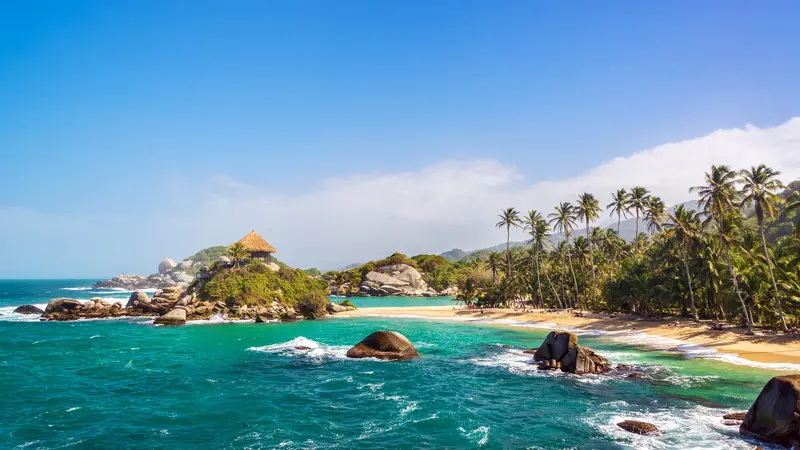
Hidden along Colombia’s Caribbean coast, Tayrona National Park is a paradise for nature enthusiasts. Its diverse landscapes encompass lush rainforests, golden beaches, and sparkling Caribbean waters.
Adventuring in Tayrona National Park offers opportunities for trekking, wildlife spotting, and unwinding in stunning surroundings. From the ancient ruins of Pueblito to the serene beauty of Cabo San Juan, every corner beckons exploration.
Immerse yourself in the rich biodiversity of this national park as you embark on an unforgettable journey through its natural wonders.
18. Unraveling the Mysteries of Ciudad Perdida (Lost City)

Hidden deep within the Sierra Nevada de Santa Marta, Ciudad Perdida , or the Lost City, is an ancient city that predates Machu Picchu by over 650 years. Accessible only by hiking through the jungle and crossing rivers, this archeological wonder offers an unparalleled experience.
The site consists of terraces carved into the mountainside, indicating a sophisticated urban center. Visitors can embark on guided tours, unraveling the mysteries of this ancient civilization while immersing themselves in the stunning natural environment. For adventure seekers, a trek to Ciudad Perdida is an absolute must.
17. Finding Peace in the Coffee Plantations of Salento
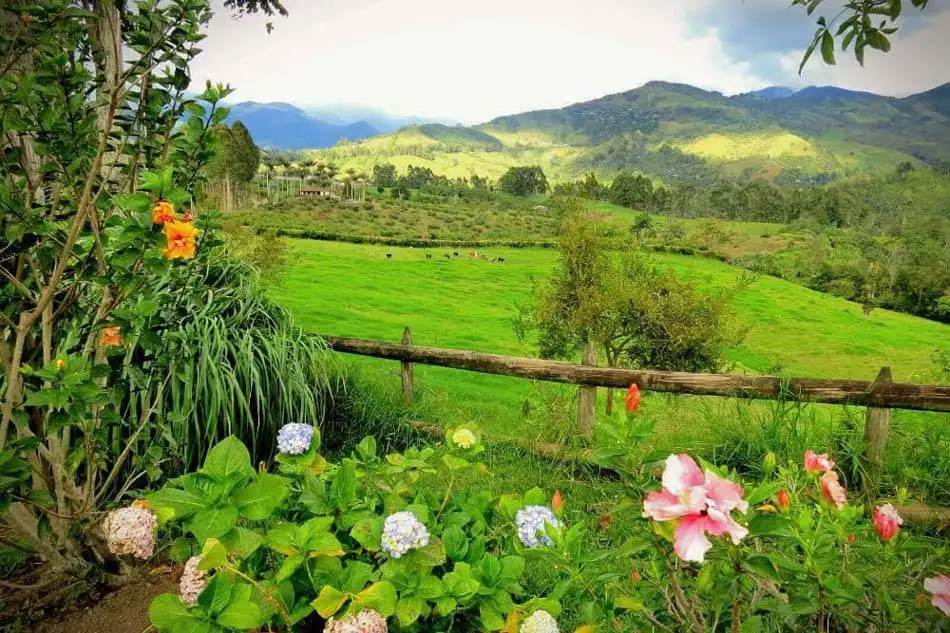
Nestled in the heart of Colombia’s coffee region, Salento offers a serene escape into the lush greenery of coffee plantations. The tranquil ambiance of this town makes it a perfect retreat for those seeking peace and natural beauty.
Visitors can take guided tours of the plantations, learning about the coffee-making process while surrounded by breathtaking scenery. Walking through the fields and witnessing the intricate process of coffee production provides a sense of calm and appreciation for this renowned Colombian export.
16. Witnessing the Colorful Explosion of Carnaval de Barranquilla

Carnaval de Barranquilla , held on Colombia’s Caribbean coast, is a vibrant explosion of color and culture. This four-day extravaganza showcases lively parades, traditional dances, and stunning costumes, offering a captivating glimpse into Colombia’s rich heritage.
The event features various musical styles, including cumbia and vallenato, creating an electrifying atmosphere. Visitors can immerse themselves in the infectious energy of the carnival, making it a truly unforgettable experience. With its pulsating rhythms and exuberant displays, Carnaval de Barranquilla is a testament to the country’s joie de vivre.
15. Ascending the Steps of El Peñón de Guatapé

El Peñón de Guatapé , located near Medellin, offers a breathtaking view of the surrounding landscape with its 740-step staircase. This monolithic formation, rising over 650 feet, is a geological marvel and a popular destination for rock climbing enthusiasts.
Visitors can marvel at the stunning vista from the top, dotted with interconnected waterways, islands, and peninsulas. The nearby town of Guatapé is adorned with vibrant frescoes, adding to the area’s charm and cultural appeal.
14. Exploring the Unique Ecosystem of Caño Cristales
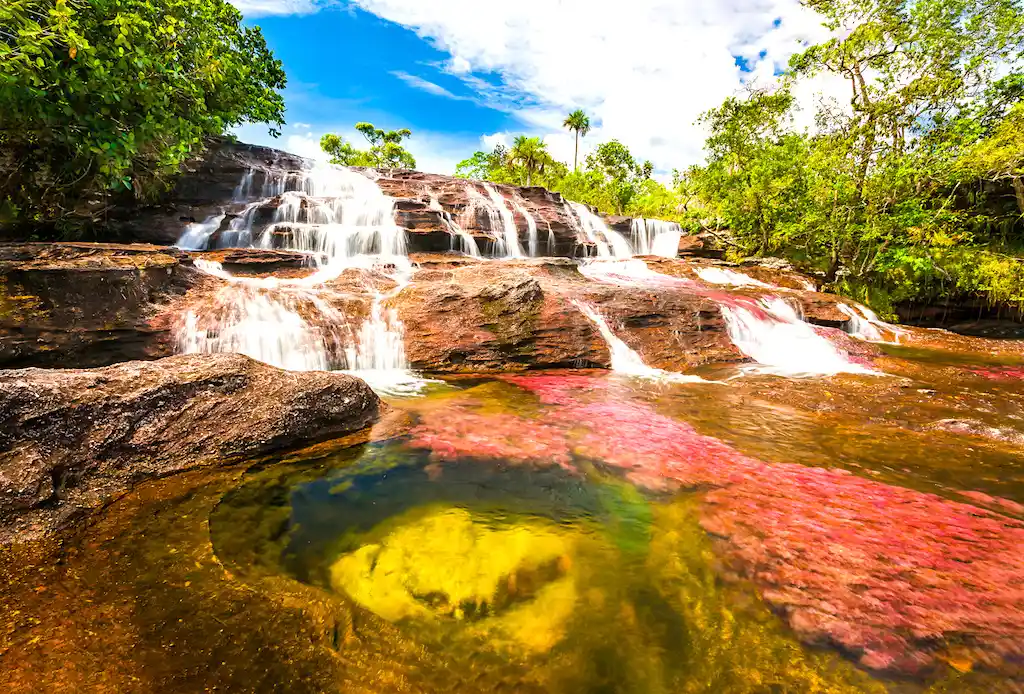
Exploring the unique ecosystem of Caño Cristales is an unparalleled experience. This “River of Five Colors” is a biological wonder, boasting vibrant aquatic plants and algae that create a mesmerizing display of reds, blues, yellows, and greens.
Located in the Serrania de la Macarena National Park, this natural wonder is a testament to Colombia’s astonishing biodiversity. The best time to visit is from June to November when the river is open to the public, offering a once-in-a-lifetime opportunity to witness nature’s breathtaking artistry.
13. Immersing in the Cultural Richness of Medellin
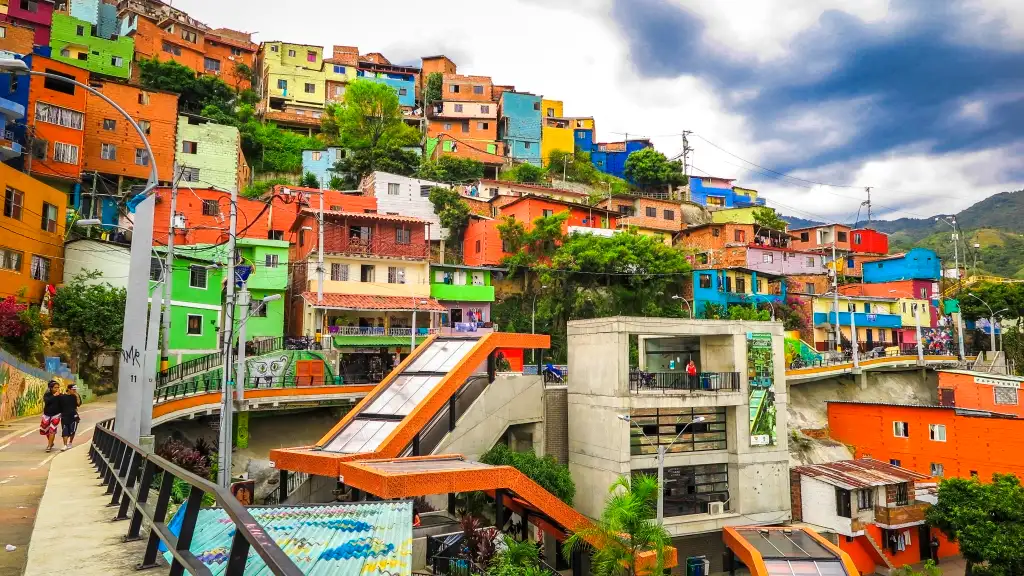
Immerse yourself in the cultural richness of Medellin, Colombia’s second-largest city. Known for its transformation from a notorious past to a vibrant present, Medellin offers a plethora of cultural experiences.
Explore the city’s thriving art scene with street art tours in the once-infamous Comuna 13 neighborhood, visit the Antioquia Museum to view works by renowned artist Fernando Botero, and indulge in the local culinary delights at bustling markets. Don’t miss the annual Flower Festival, a vibrant celebration of Medellin’s culture and heritage.
12. Venturing into the Depths of Salt Cathedral of Zipaquira
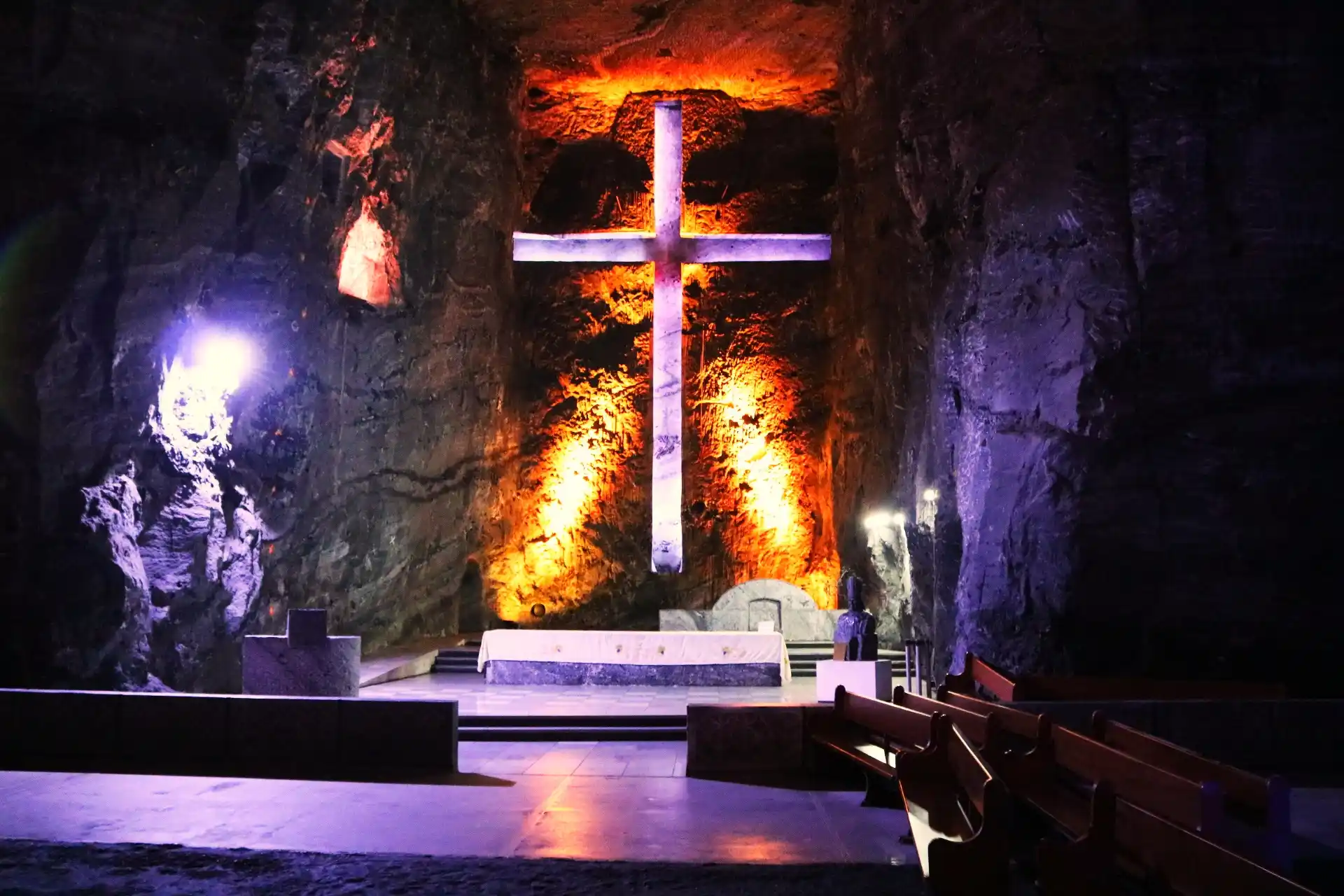
Venturing into the depths of the Salt Cathedral of Zipaquira offers a surreal experience blending spirituality and architecture. This underground marvel, located near Bogota, showcases stunning salt-carved sculptures and a unique ambiance.
Visitors can explore the illuminated tunnels, learn about the salt mining process, and admire the large crucifix. The cathedral’s design and cultural significance make it a must-visit attraction, reflecting Colombia’s diverse and rich heritage.
11. Experiencing the Exhilarating Salsa Scene in Cali
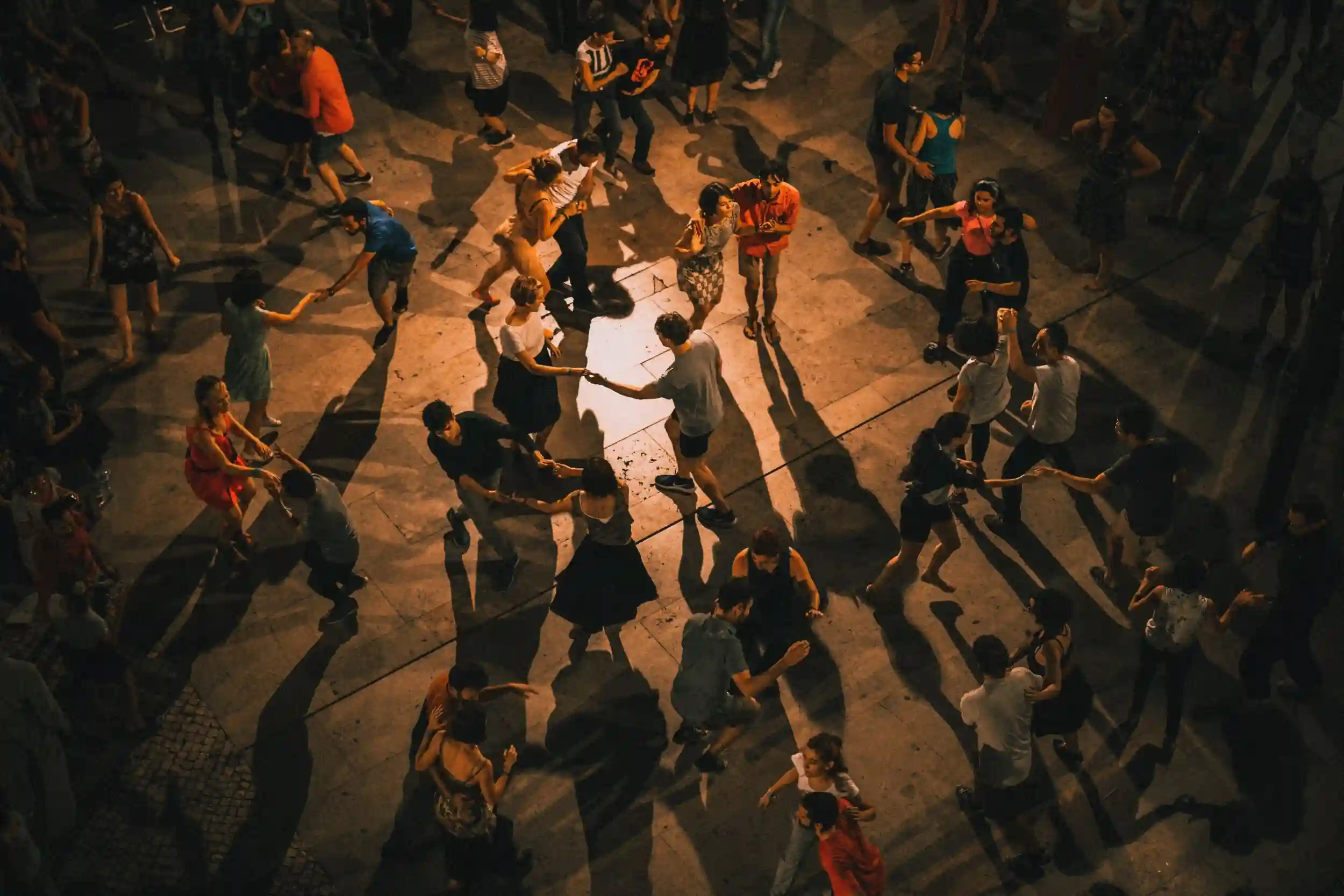
In Cali, the salsa capital of the world, experiencing the exhilarating salsa scene is a must. The city pulsates with the infectious rhythms of salsa music and vibrant dance performances.
Visitors can immerse themselves in the local culture by taking salsa lessons or simply by enjoying the electrifying atmosphere in the city’s salsa clubs and bars. The annual Festival Mundial de Salsa in Cali is a major highlight, attracting salsa enthusiasts from around the globe. Don’t miss the opportunity to sway to the enchanting beats in this salsa mecca.
10. Valle de Cocora

9. Gold Museum

8. Piedra Del Penol

Standing at 7,005 feet above sea level, Piedra del Peñol offers breathtaking panoramic views of the surrounding landscape, including the interconnected waterways and lush green islands. This monolithic formation is a popular rock climbing destination, attracting adventure enthusiasts and nature lovers.
Visitors can ascend the 740 steps to reach the top and marvel at the stunning vista, making it a must-visit attraction for anyone exploring Colombia’s natural wonders.
7. Tatacoa Desert
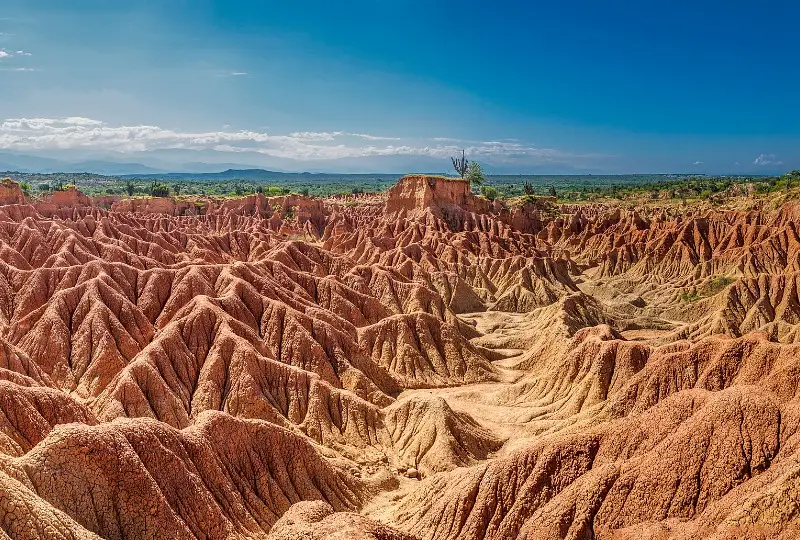
Tatacoa Desert, located in the Huila region, is a mesmerizing natural wonder often referred to as a biogeographical xerophytic dry tropical forest. Despite its name, it’s not a desert but a dry tropical forest.
The landscape is a mix of red and grey with unique rock formations. Stargazing is a popular activity here due to the remote location, unpolluted skies, and excellent visibility. Visitors can also explore the Cuzco and Los Hoyos deserts, home to diverse flora and fauna.
6. Castillo San Felipe de Barajas
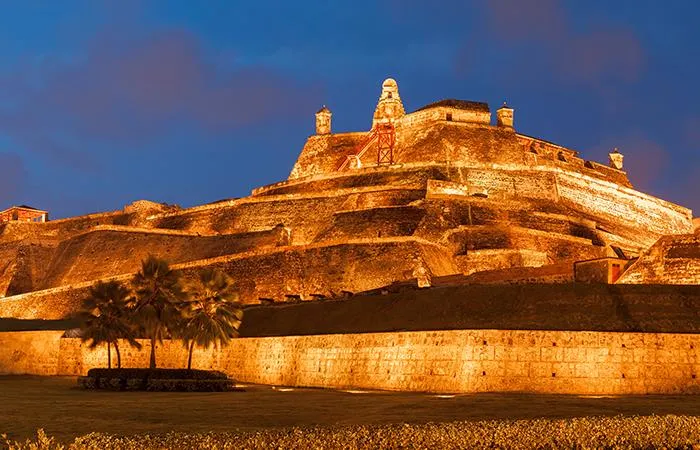
Strategically located in Cartagena, the Castillo San Felipe de Barajas is an impressive fortress offering a glimpse into Colombia’s rich history. This UNESCO World Heritage site is an architectural marvel, designed to protect the city from invasions.
Visitors can explore the labyrinthine tunnels, strategically positioned sentry points, and imposing walls while enjoying panoramic views of the city and the Caribbean Sea. It’s a must-visit attraction for history enthusiasts and those seeking breathtaking views of Cartagena.
5. Botero Museum
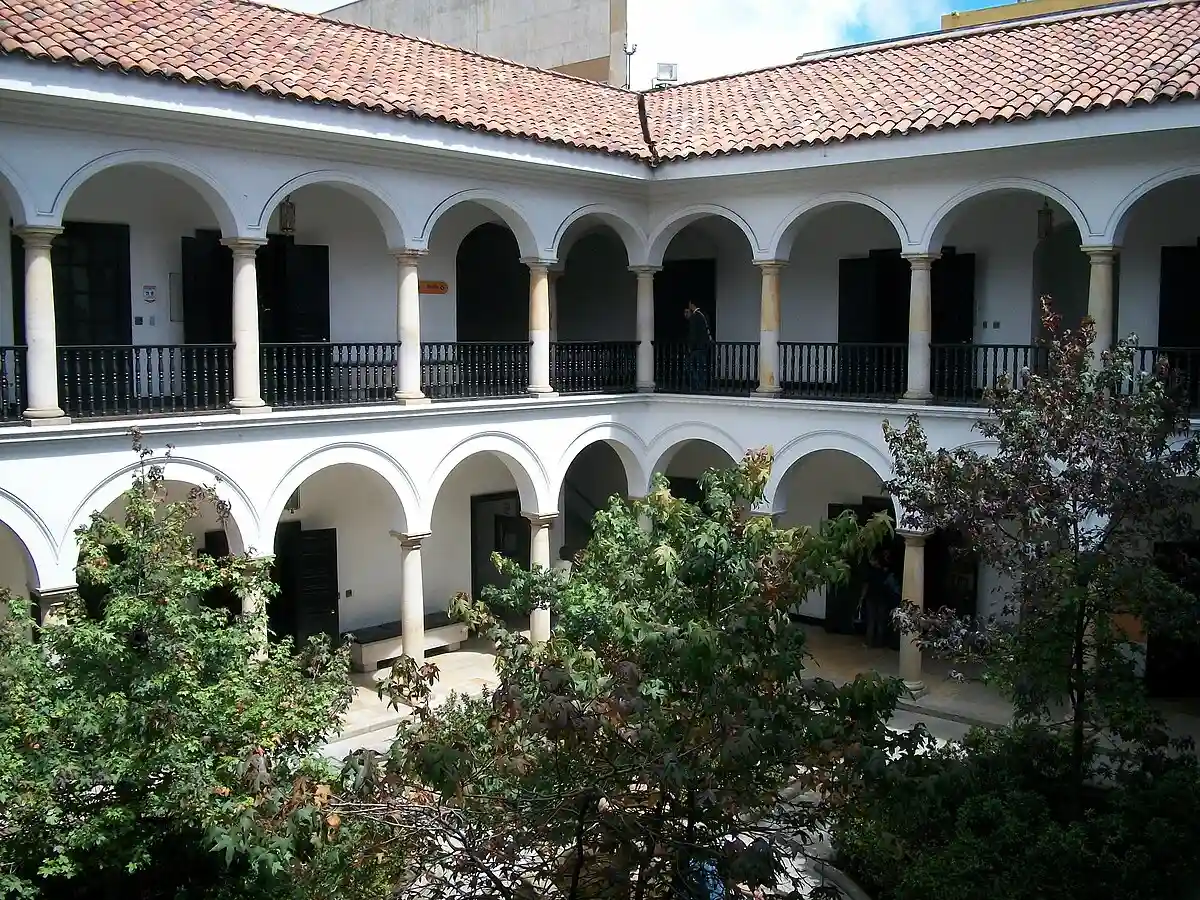
4. Laguna de Guatavita

Steeped in legend and allure, Laguna de Guatavita is a place of great historical and cultural significance. Believed to have inspired the El Dorado legend, this stunning lake is nestled amid the picturesque Andean mountains.
Visitors can immerse themselves in the mesmerizing beauty of the natural environment and its rich heritage through guided tours and boat trips. The serene setting and mystical aura make it a must-visit for those seeking to connect with Colombia’s ancient past and the captivating wonders of its natural landscape.
3. Monserrate

Monserrate, a mountain that rises 3,152 meters above sea level, offers panoramic views of Bogotá. A funicular or cable car ride takes visitors to the top, where a church, various restaurants , and souvenir shops await.
It’s a popular spot for both religious pilgrimages and tourists seeking breathtaking vistas of Colombia’s largest city.
Monserrate also provides access to hiking trails for those wanting to explore the natural environment surrounding Bogotá. The mountain is a must-visit for anyone looking to experience the high elevation and stunning views of the capital city.
2. Cartagena’s Old Town

Nestled on Colombia’s Caribbean coast, Cartagena’s Old Town is a colorful and vibrant colonial city boasting cobblestone streets, bougainvillea-draped balconies, and centuries-old churches.
This UNESCO World Heritage site offers a myriad of attractions, including the imposing Castillo San Felipe de Barajas, boutique shops, and lively plazas.
Visitors can immerse themselves in the rich history and culture, savor local cuisine at quaint cafes, or simply meander through the charming alleys adorned with beautiful architecture and street art. Cartagena’s Old Town is an enchanting blend of old-world charm and modern allure.
1. Plaza de Bolívar

Frequently Asked Questions
Is Colombia Safe for Tourists?
Colombia has made significant strides in improving safety for tourists. While certain areas require caution, major tourist destinations are generally safe. By staying informed, being vigilant, and following local advice, visitors can have a rewarding and secure experience exploring the beauty of Colombia.
What Currency is Used in Colombia?
The official currency of Colombia is the Colombian Peso (COP). When visiting tourist attractions in Colombia, it’s essential to have local currency for convenience. ATMs are widely available, but it’s advisable to exchange currency at banks or official exchange offices for better rates.
Do I Need a Visa to Visit Colombia?
Yes, travelers from many countries can visit Colombia visa-free for up to 90 days. However, it’s important to check the specific visa requirements based on your nationality and the purpose of your visit. Ensure your passport has at least six months’ validity.
Best Time to Visit Colombia
High Season (December – March), when the weather is pleasant, and there are various events and festivals across the country. Shoulder Season (April – June, September – November) offers fewer crowds and lower prices with still favorable weather.
Low Season (July – August) is characterized by occasional rain but can be a good time to explore Colombia’s attractions without the tourist influx. Consider visiting according to your preferences and activities, keeping in mind the diverse climate throughout the regions.
High Season (December – March)
December to March is the high tourist season in Colombia, making it the perfect time to visit popular areas like Tayrona National Park and Cartagena’s Old Town. The weather is generally dry and sunny, ideal for exploring the Caribbean coast and indulging in outdoor activities.
Be prepared for larger crowds and higher prices during this period. It’s advisable to book accommodations and tours in advance to ensure availability. This peak season offers a vibrant atmosphere and an opportunity to fully experience Colombia’s beauty.
Shoulder Season (April – June, September – November)
The shoulder seasons in Colombia, from April to June and September to November, offer the perfect balance of favorable weather and fewer crowds.
During these times, visitors can explore the country’s diverse attractions, from the Caribbean coast to the Andean highlands, without the high influx of tourists experienced during the peak season.
The pleasant climate and decreased likelihood of rainfall make it an ideal period for outdoor activities such as hiking in Tayrona National Park or exploring the historic streets of Cartagena’s Old Town.
Low Season (July – August)
Visiting Colombia during the low season, from July to August, offers a unique experience with fewer crowds and lower prices. Although it’s the rainy season, particularly in the Andean region, coastal areas like Cartagena still enjoy pleasant weather.
This time is ideal for exploring the lush green landscapes and indulging in water-based activities on the Caribbean coast. While some attractions may have reduced hours, it’s a great opportunity to immerse yourself in the local culture and enjoy the tranquility of off-peak travel.
What to Pack for a Trip to Colombia
When preparing for a trip to Colombia, it’s essential to pack for diverse experiences. Light and breathable clothing is perfect for the warm Caribbean coast, while layers are ideal for the high-elevation areas. Comfortable walking shoes are a must for exploring cities and natural landscapes.
Don’t forget sunscreen, insect repellent, and any essential medication. A reusable water bottle can help you stay hydrated, and a small backpack is convenient for day trips. Lastly, consider packing a Spanish phrasebook to enhance your travel experience.
Clothes and Footwear
When packing for a trip to Colombia, it’s important to consider the diverse climate and terrain. Colombia’s climate varies greatly based on altitude, so packing layers is crucial.
For clothing, lightweight, breathable fabrics are ideal for warm, coastal areas, while warmer clothes are needed for higher elevations.
Comfortable, sturdy walking shoes are a must for exploring the cities and natural attractions. Additionally, packing a pair of water-resistant shoes for activities like hiking in Tayrona National Park or visiting Ciudad Perdida is advisable.
Essential Equipment
When planning a trip to Colombia, it’s essential to pack some specific equipment to ensure a smooth and enjoyable experience.
Be sure to bring a good-quality daypack for your daily adventures, a reliable and comfortable pair of walking shoes suitable for various terrains, a durable water bottle to stay hydrated, and a compact travel first aid kit for any unforeseen situations.
Additionally, consider bringing a portable charger for your electronic devices, a quick-dry travel towel, and a universal adapter for your electrical needs. These essentials will help you make the most of your exploration in Colombia.
Health and Hygiene Essentials
When traveling to Colombia, it is important to pack essential health and hygiene items for a comfortable trip. Basic necessities such as sunscreen, insect repellent, and hand sanitizer are crucial. Additionally, it’s advisable to carry any prescribed medications and a basic first aid kit.
Due to the different environments and water sources, it’s recommended to bring water purification tablets and rehydration salts. Insect repellent is essential, especially when visiting tropical areas.
Colombia is a country filled with breathtaking landscapes, vibrant culture, and rich history. Whether you are exploring the colorful streets of Cartagena’s Old Town or hiking through the unique ecosystem of Caño Cristales, Colombia offers something for every traveler. With its diverse attractions and friendly locals, it’s no wonder that Colombia has become a popular tourist destination.
When planning your trip to Colombia, consider the best time to visit based on the seasons and pack accordingly. Don’t forget to bring comfortable clothes and footwear, essential equipment, and health and hygiene essentials to ensure a smooth and enjoyable trip.
If you have any questions or want to share your own experiences traveling in Colombia, feel free to comment below. We would love to hear from you and help you make the most of your trip to this incredible country.
Related Posts:
Traveling to Colombia Requirements: A Guide for First-Time Visitors
12 Best Airlines to Fly to Guatemala: Top Choices for Your Trip
22 Famous Places in Argentina You Should Visit Once In Your Lifetime

Ferona Jose is a passionate travel writer and blogger at Travelistia. She has traveled throughout Europe, Asia and the Americas. Her writing focuses on cheap travel destinations, travel experiences, cultural insights, and travel hacks.
Leave a Reply Cancel reply
Your email address will not be published. Required fields are marked *
Save my name, email, and website in this browser for the next time I comment.
THE 10 BEST Colombia Tours & Excursions
Colombia tours.
- Sightseeing Tours
- Cultural Tours
- Historical & Heritage Tours
- Up to 1 hour
- 1 to 4 hours
- 4 hours to 1 day
- 5.0 of 5 bubbles
- 4.0 of 5 bubbles & up
- 3.0 of 5 bubbles & up
- 2.0 of 5 bubbles & up
- Likely to Sell Out
- Special Offers
- The ranking of tours, activities, and experiences available on Tripadvisor is determined by several factors including the revenue generated by Tripadvisor from these bookings, the frequency of user clicks, and the volume and quality of customer reviews. Occasionally, newly listed offerings may be prioritized and appear higher in the list. The specific placement of these new listings may vary.

1. Full-Day Rosario Islands Including Barú, Cholon and Playa Blanca

2. Guatape Tour, Piedra del Peñol Including a Boat Tour, Breakfast and Lunch
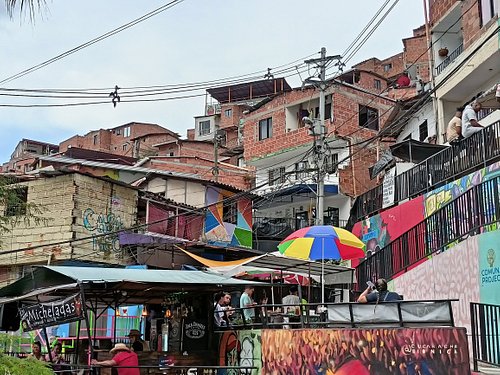
3. Comuna 13 Graffiti Tour and Street Food

4. Island Hopping Snorkel Paradise from Cartagena

5. Guatavita and Salt Cathedral - Group tour and daily departure

6. Cartagena ATV Tour

7. Street Food Tour in Cartagena

8. Private Walking Tour in Cartagena (Walled City & Getsemaní)

9. Boat Rental in Cartagena de Indias

10. Coffee Tour In Horse Riding and Lunch In Medellin

11. Tayrona, Snorkel & Beach

12. Private Tour City Tour Bogotá + Monserrate + Gastronomic (+6Hrs)

13. Guatapé Piedra del Peñol excursion + Gastronomic tour and cruise on the dam

14. Cartagena Gourmet: Cooking Class with a View, Elegance & Flavor

15. Bora Bora Cartagena Beach Club Full Day Experience

16. Rosario Islands excursion with lunch on a private island

17. Excursion to the Rosario Islands with Lunch and Snorkeling

18. Rum and Chocolate Tasting in Cartagena

19. La Candelaria, Optional Monserrate and Optional Gold Museum Bogotá City Tour

20. Walled City + San Felipe Castle + Optional Popa Convent Cartagena City Tour 5-7H

21. Private Boat Tour Full day trip to Rosario Islands, Cholon, Baru

22. Guatape Rock & Coffee Tour & Picturesque Town, All in one day

23. Private City Tour of Cartagena

24. Half-Day Tour to Totumo Mud Volcano from Cartagena

25. Pablo Escobar Shared Tour of Medellin

26. Sailing to Tayrona with Luis and his team: Unique!

27. Full day to Guatapé from Medellín

28. Day Trip To Guatape: Boat Ride and Lunch Included

29. Freedom Tour of Palenque

30. Visit The 5 Best Places In Islas Del Rosario & Baru By Sport Boat
What travelers are saying.
Wander-Lush
29 Unforgettable Things to Do in Colombia in 2024
From hiking and biking to cooking and coffee picking, scuba diving to dancing salsa, Colombia offers a myriad of unforgettable experiences for every type of traveller.
I spent a wonderful month in Colombia exploring Bogota, Medellin and small towns in Antioquia. I only managed to scratch the surface of this huge, diverse nation – there’s still so much I have to see and do!
This list of Colombia must-dos covers some of the best outdoor activities and immersive cultural experiences on offer. Read on for the ultimate Colombia bucket list to inspire your trip.
Is there something we missed? Let me know your favourite thing to do in Colombia in the comments below.
- Also see: The best places to visit in Colombia this year
Please note: This post contains affiliate links, meaning I may earn a commission if you make a purchase by clicking a link (at no extra cost to you). Learn more.
29 of the best things to do in Colombia this year
Explore cartagena’s colonial old town.
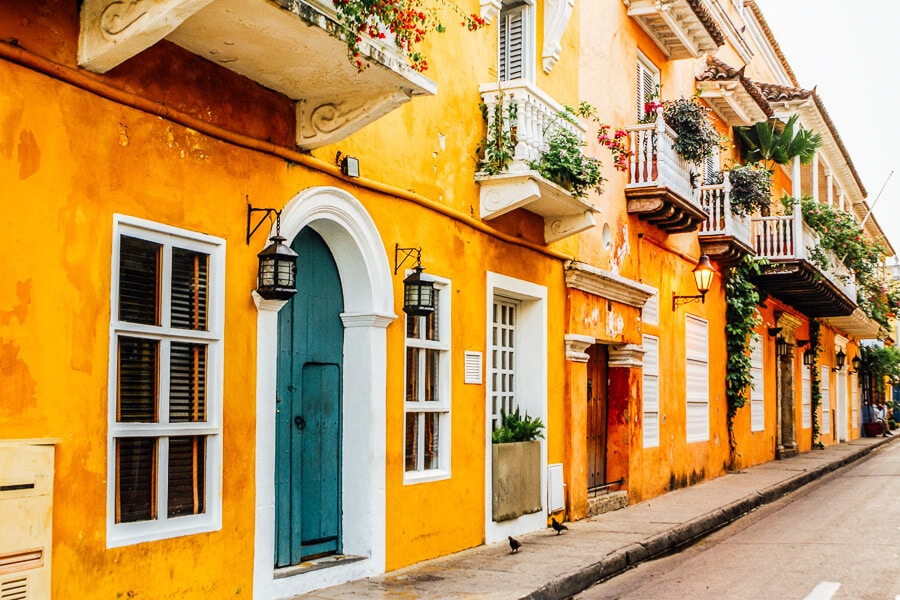
Cartagena’s Old Town, also known as the ‘Walled City’ , is a UNESCO World Heritage Site known for its well-preserved colonial architecture, charming plazas, and vibrant culture.
Visitors can spend hours wandering the narrow streets and admiring the colourful buildings and street art. I visited it a few years ago and I was astonished by its beauty.
One popular activity in the Old Town I strongly recommend is visiting the Castillo de San Felipe de Barajas, a fortress built by the Spanish in the 16th century to protect the city from pirate attacks. The fortress offers stunning views of the city and the Caribbean Sea.
Another must-see attraction is the Palacio de la Inquisicion, a former palace that now houses a museum detailing the history of the inquisition in Cartagena. Visitors can also explore the many churches and cathedrals in Old Cartagena, including the Cathedral of Santa Catalina de Alejandria and the Church of San Pedro Claver.
Practical tips for visiting Old Town include wearing comfortable shoes, as the streets are cobblestone and can be uneven. Also, it is recommended to visit during the day as some areas can be unsafe at night.
Visitors should also be prepared for the heat and humidity – bring sunscreen and a hat.
Cartagena’s Old Town is a must-see destination for anyone visiting Cartagena. Touring the fortress, palaces and churches, and experiencing the local food and culture are experiences that are worth doing.
By Leo from Safari Nomad
→ Recommended: Private city walking tour of Cartagena
Tour a Colombian coffee plantation in Eje Cafetero
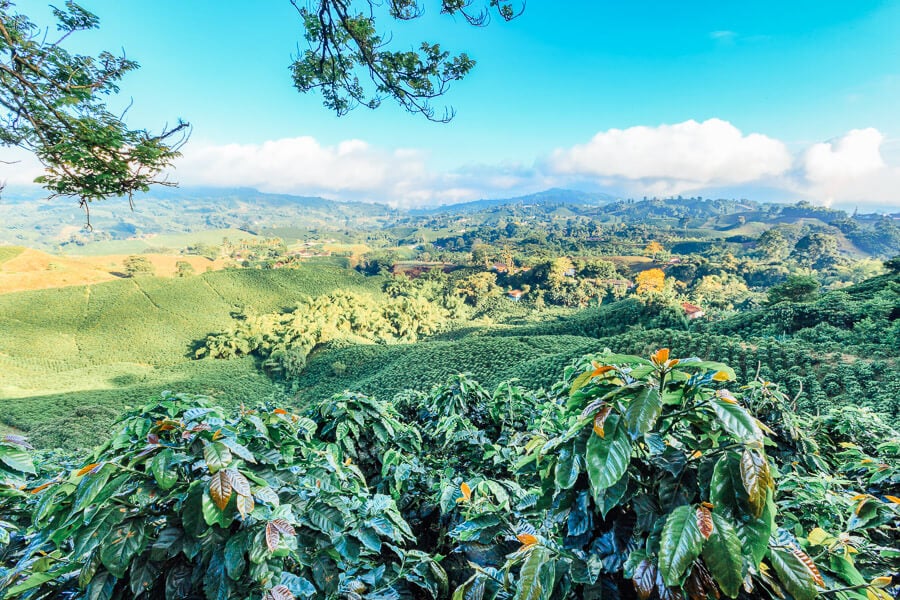
Coffee is one of the world’s most delectable little pleasures, not to mention one of the most consumed beverages worldwide: we drink two billion cups of coffee every single day.
Colombia has some of the world’s best coffee, and most of it comes from the Eje Cafetero or the coffee-growing axis, a triangle located in western Colombia along the central Andes – and a landscape classified as a UNESCO World Heritage Site .
Visiting a coffee plantation here is not only entertaining but informative, with coffee producers explaining the entire process from planting and farming right through to tasting and packaging. And, you get to taste what coffee is really like before all the processing.
Some of the coffee farms are located far up the mountainside and are extremely difficult to reach, requiring a guide and a sturdy vehicle. In the valley, though, a string of impossibly picturesque towns, including Salento and Filandia, are irresistible, with their brightly painted houses.
Not far from Salento is the Valle de Cocora, home of the giant wax palms that exist nowhere else. To get there, just hop on one of the jeeps in Salento’s central square (see the next section below).
Wherever you go in Colombia’s coffee-growing region , you’ll be drawn in by the scenery and the hospitality – and by the inability to put away your camera because you’ll want to photograph every single building, market and street.
By Leyla from Women on the Road
→ Recommended: Half-day coffee plantation tour from Medellin
Walk amongst the wax palms in the Cocora Valley
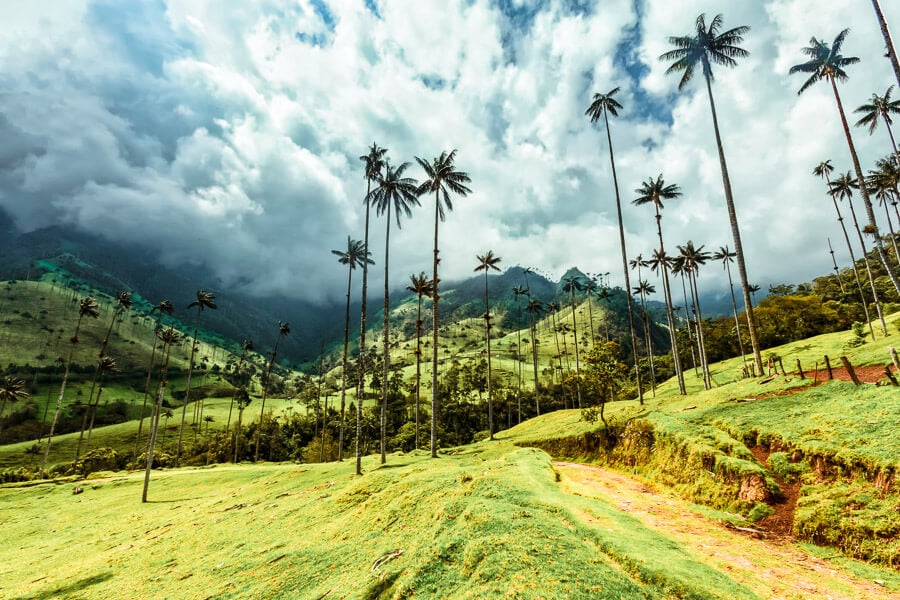
The Valle del Cocora or Cocora Valley is one of the most magical places to visit in Colombia . Known for its towering wax palm trees, rolling green hills and misty cloud forests, it is a landscape like no other.
Hiking in the Cocora Valley is a must for active travellers and anyone who wants to soak up the beauty of the Coffee Axis. The closest town, Salento, is an ideal departure point, and transportation to the trailheads via Willy Jeep is readily available from the main square.
There are a range of walking routes available in the valley, ranging from a mere 30 minutes on foot to full-day treks. The classic Cocora Hike takes around 5-6 hours to complete. You will navigate suspension bridges, trace empty mud roads, and walk along ridges with spectacular views.
To avoid the afternoon rain showers, it’s recommended to set off from Salento in the early morning. Walking counter-clockwise – starting in the rainforest and ending in the Bosque de las Palmas, the highlight of Valle del Cocora National Natural Reserve – is the best way to go.
→ Recommended: Cocora, Salento and Filandia Tour
Climb El Penol in Guatape
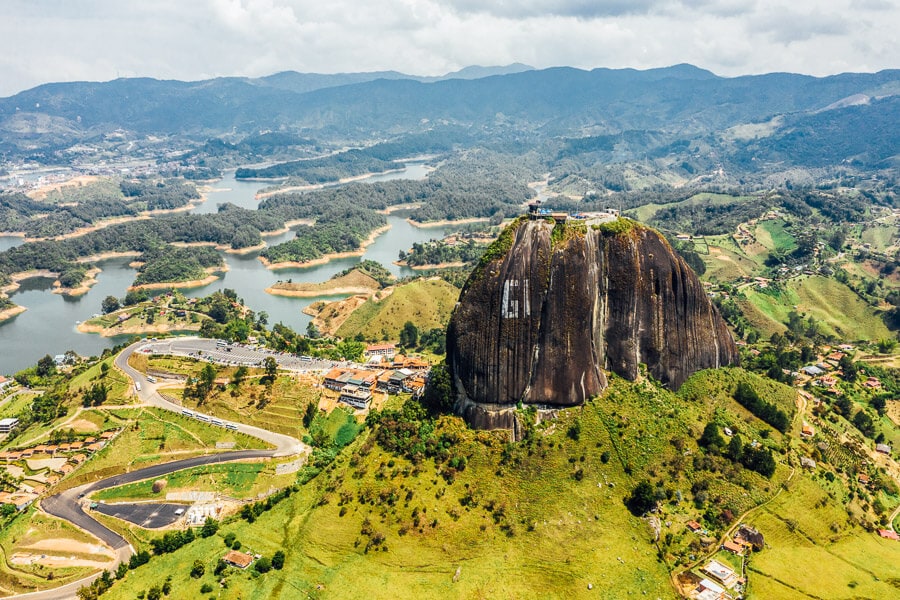
The towering granite rock of El Peñol (also called La Piedra) draws many tourists to the beautiful lakeside town of Guatape. The rock reaches 740 feet into the sky and offers breathtaking views of the waterways below for anyone who dares to climb its 600-plus steep steps.
The rock-hewn stairs criss-cross up the sheer face of the rock almost like the lacing of a corset. The stair railings are high – there is nothing dangerous or scary about the climb. It’s suitable for children, and kids under 100 cm tall can climb for free.
There are a few places to take a break and catch your breath as you go. In some places, water drips down, making the stairs a bit slippery. Luckily, most of the climb is shaded, so you won’t be fighting the hot Colombian sun.
Once you reach the top, you’ll be rewarded with stunning views of the man-made reservoir below. Visit the small cafe and gift shop before heading back down the stairs to the bottom. When I visited, I rewarded myself for the difficult climb with an ice cream at the base of the rock.
If you have time, head into the town of Guatape, just a five-minute tuk-tuk ride from La Piedra. Here, you’ll find colourful buildings painted with bas-relief symbols and streets packed with pretty cafes and shops.
Visiting Guatape is a great day trip from Medellin – the bus ride is around 2 hours, and coaches depart from Medellin’s Terminal del Sur every 30 minutes. The driver will drop you off at the base of the rock before heading into town (listen for the call “La Piedra”).
By Cynthia from Sharing the Wander
→ Recommended: El Peñol with boat, breakfast & lunch from Medellin
Witness Colombia’s transformation on a tour of Comuna 13
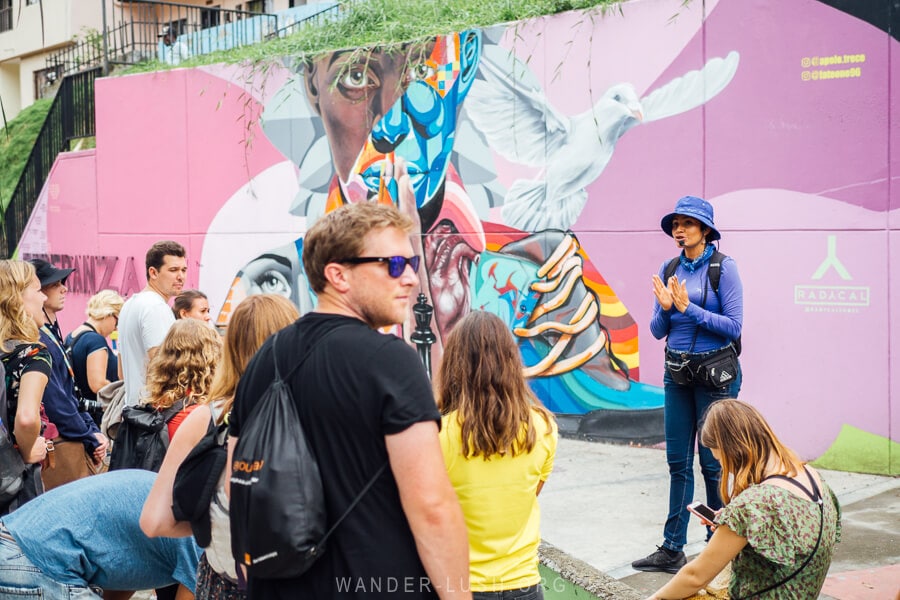
If you want to come away from Colombia with a deeper understanding and empathy for the country’s past struggles, a tour of Comuna 13 in Medellin is a must-do.
This notorious mountaintop barrio was once one of the most dangerous neighbourhoods in the world. In recent years it has undergone immense transformation and now serves as one of the city’s top tourist attractions .
A guided tour of Comuna 13 with a local guide is an eye-opening and enriching experience. Not only will you get to see the best of the area’s street murals and ride the famous escalas eléctricas outdoor escalators, you’ll also get to hear first-hand stories about the neighbourhood’s violent past and how families are fighting for a better future.
Vibrant street graffiti, hip-hop dancing and music dominate the streets of Comuna 13, where creativity and artistic expression has proven to be a way to process past traumas.
The area is safe for tourists, but it’s easy to lose your way in the warren of narrow alleyways. It’s recommended to join a guided tour to get the most out of the experience.
→ Recommended: Comuna 13 graffiti and street food tour
Photograph the houses in Jardin, Antioquia’s most colourful pueblo
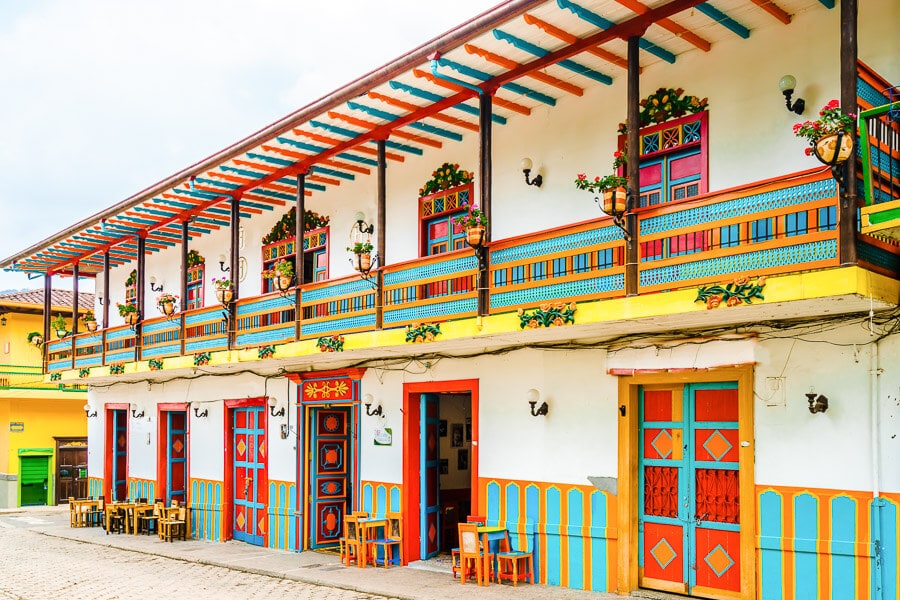
Often dubbed the most colourful town in Antioquia Department, Jardin is a photographer’s dream. The pueblo can be reached in around 4 hours by road from Medellin and is an ideal stop-off on your way to the Valle del Cocora and Coffee Axis.
Like most towns in this part of Colombia, Jardin was built off the back of coffee and sugarcane. Residents of Jardin are known for being house proud and painting their abodes in a wonderful array of bright colours . Flower boxes, carved wooden balconies and cute shutters add to each house’s curb appeal.
A self-guided walking tour of Jardin is the best way to discover the town, whose name comes from the Spanish word for ‘garden’. Spot the rose buses and manicured shrubs around El Libertador Park, Jardin’s main square made from beautiful river rocks and locally quarried stone. Colourful bars and cafes line the perimeter, and you can have great fun lingering at one of these watering holes where locals gather to shoot the breeze.
The town’s centrepiece, the Basilica of the Immaculate Conception, is an impressive Neo-Gothic stone cathedral with a blue ombre interior and sparkling silver towers.
Spend a night at the Hotel Jardin, a classic finca in the centre of town with an open internal courtyard and the same popping colour scheme.
Step back in time in charming Jerico
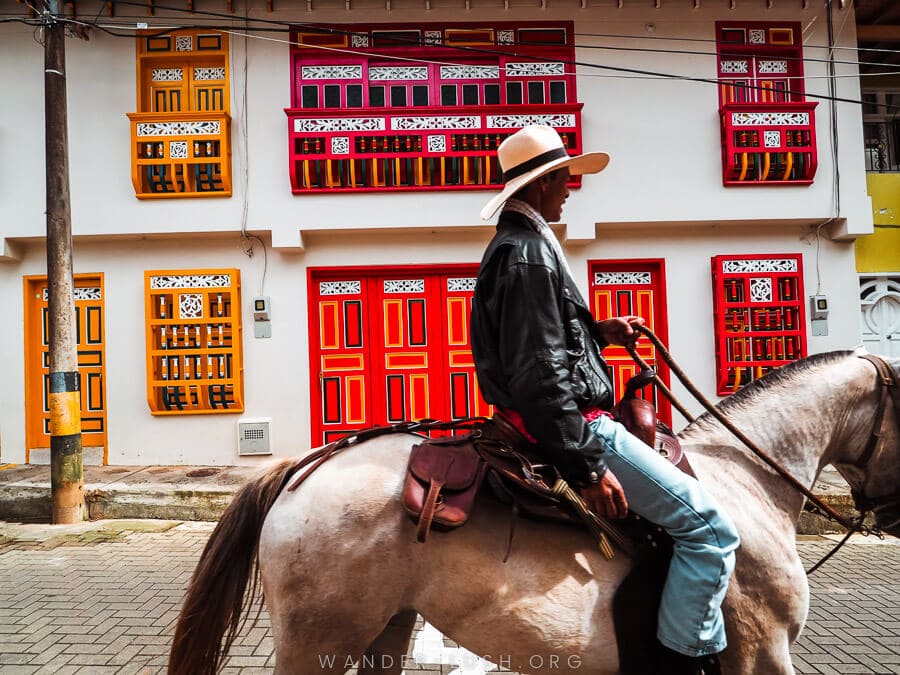
If Jardin is the most colourful town in Colombia, then Jerico is surely the most charming. The two are only a 2-hour drive apart, yet many tourists skip over Jerico, not realising how lovely it is.
I spent a full week in Jericó walking the steep streets, hiking to various viewpoints over the valley and eating my body weight in Bandeja Paisa. At times it truly feels like time has stood still in this small town, where men dressed in wool ponchos and gorgeous sombrero vueltiao hats still get around the cobblestone streets on horseback.
For the full experience, spend a night or two at El Despertar , a beautiful boutique hotel set inside an old Antioquian mansion house.
Grab a drink at the delightfully retro Tangos y Algo Más bar , visit the Casa Natal Madre Laura, a small house museum dedicated to Colombia’s first Saint who was born here in Jerico, and spend a few hours strolling in the Botanical Garden.
The thing I love most about Jerico are the many workshops in town where artisans craft Carriel bags, a distinctive style of satchel that is a Jerico specialty and has become part of every Paisa’s traditional uniform.
There is no better authentic Colombian souvenir than a handmade Jerico Carriel bag embossed with the leather smith’s mark.
Summit Monserrate for the best views of Bogota
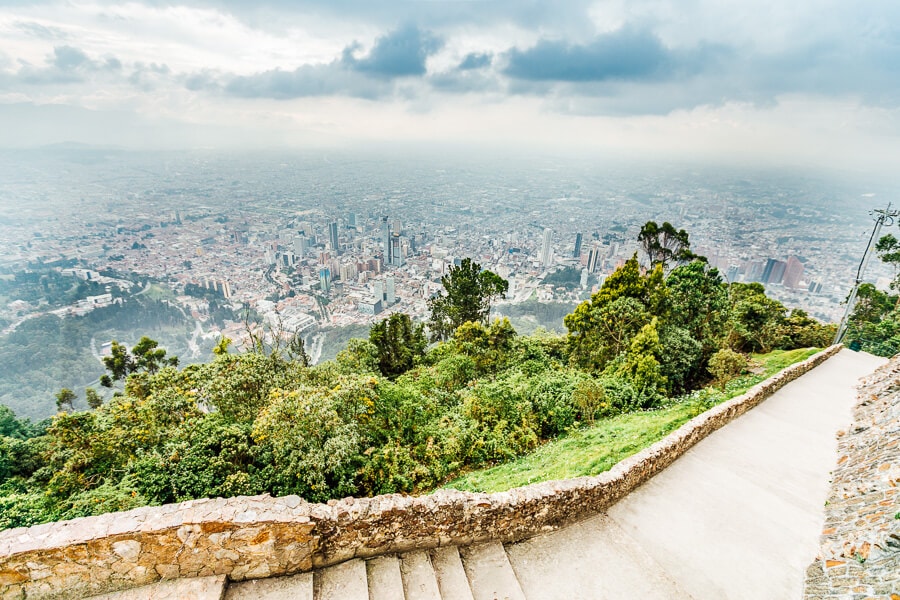
Monserrate is one of the most iconic landmarks in Colombia . Located in the heart of Bogota, this mountain rises 133 metres above the city and offers breathtaking views of the city and its surrounding area. Visiting it is a must on any Bogota itinerary .
The journey to Monserrate is just as incredible as reaching the peak itself. Visitors can either take a cable car ride up the steep mountainside, or choose to hike approximately 1.8 miles (3 kilometres) one-way. Whichever way you decide you go, you’ll be blessed with stunning views along the way.
At the summit, you will find a 17th-century church that has been preserved over the years. There are also several cafes and restaurants where you can buy a refreshment as you admire the capital from above.
I recommend you visit Monserrate for sunset , when the cityscape of Bogota is decorated by a warm glow. If you stay past sunset, you can also watch the city slowly illuminate.
It is important to bring something warm with you. The peak of Monserrate is 3,152 metres high, which means it can get very cold, especially at night!
By Sean from Living Out Lau
→ Recommended: Monserrate and La Candelaria private tour
Get back to nature in Tayrona National Park

Visiting Tayrona National Park (Parque Nacional Natural Tayrona) is one of the best nature experiences in Colombia. Located on the Caribbean coast, the park covers around 58 square miles of land and 11 square miles of ocean habitat, offering lush rainforests, beautiful beaches and Indigenous cultures to explore .
To reach the beaches and hiking trails, you’ll need to hike or hire a horse from the park entrance at El Zaíno, or take a boat from Taganga. Some people come here on a day trip, but I’d recommend spending a night or two to enjoy the tranquil coastline after the day trippers have gone.
There are a variety of options for where to stay in Tayrona National Park , from luxury ecohabs to camping and sleeping in a hammock. If you’re on a budget, hammocks or tents at Cabo San Juan del Guia are the best option, as you camp right next to the beach, listening to the waves as you fall asleep.
Don’t miss waking up for an incredible sunrise – you won’t regret it!
Aside from the beautiful beaches, you don’t have to go far to find culture in Tayrona as many Indigenous communities from the region still dwell inside the National Park. I recommend a hike to El Pueblito, the Indigenous settlement deep in the jungle.
Keep a lookout for wildlife as you walk – if you’re lucky, you might catch a glimpse of an endangered cotton-top tamarin, a howler monkey, or some of the many bats, birds, butterflies and more.
By Claire from Tales of a Backpacker
Hike to Ciudad Perdida, Colombia’s Lost City
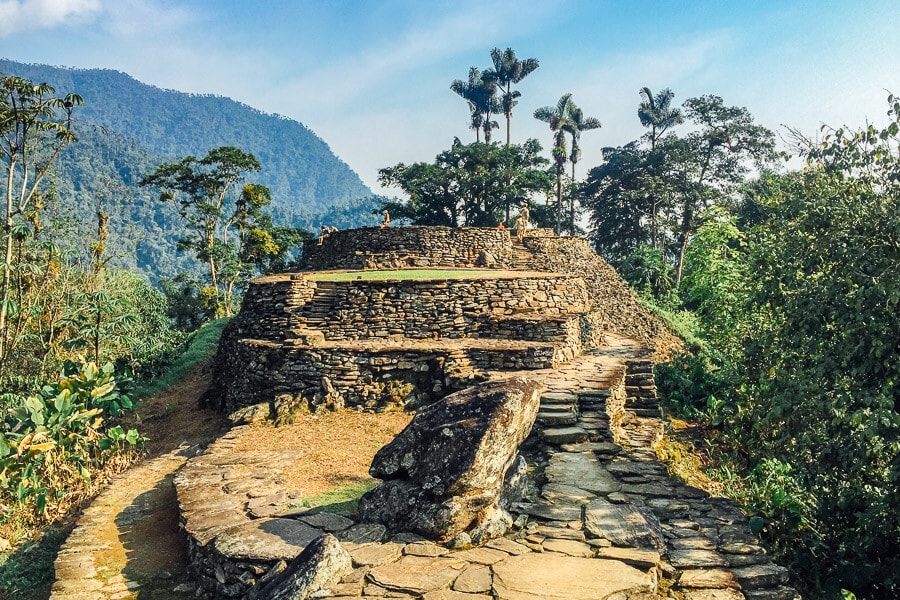
Located deep in the jungles of northwestern Colombia, Ciudad Perdida or ‘The Lost City’ is an archaeological site that was hidden away for centuries. ‘Rediscovered’ in 1972, it dates to 700 AD – making it 650 years older than Machu Picchu.
Only 10% of the site has been uncovered, so there is still plenty left for archaeologists to discover. The ruins have been open to tourists for the past 15 years, however, they are still surprisingly under-visited and well worth exploring if you want an authentic Colombian experience.
Ciudad Perdida can only be reached on foot. The 28 mile round-trip hike takes 4-6 days to complete. The route traverses the lush, humid jungles of the Sierra Nevada mountains and includes thrilling river crossings and steep hills. The tropical heat and humidity make this trek a gruelling one, so if you want to make it easier, opt for the 6-day version which includes more downtime.
Comparable to Peru’s infamous Inca Trail, this adventurous trek involves sleeping in hammocks, swimming in outdoor pools, visiting local Indigenous communities – and if you are lucky like I was, seeing a toucan in the wild!
Visiting during the dry season (December to March) is advised as the river crossings can reach chest height during Colombia’s wet season. Either way, a pair of waterproof shoes is a must for this trek.
By Roshni from TopTreehouses.com
→ Recommended: Guided 4-day Lost City Trek from Santa Marta
Go island hopping in the Rosario Islands, Cartagena’s Caribbean paradise
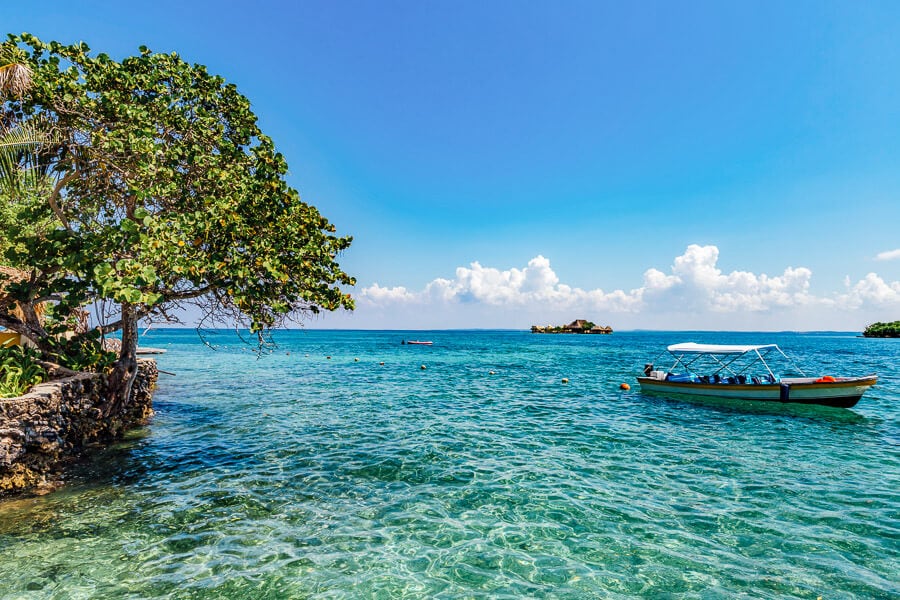
Experiencing the charm of the colonial city of Cartagena is without a doubt one of the top things to do in Colombia. Spending a day out in the nearby Rosario Islands is the perfect complement to the flower covered balconies and historic fortifications of the city.
These coral islands surrounded by crystal clear waters are located about an hour’s boat ride away from Cartagena. The beaches here are so much prettier than those in town, and there is some pretty good snorkelling, too.
It’s tons of fun to do a private boat rental if you have the budget for it or can put together a group to make it cost effective. If not, there are some great tours by catamaran and multi-island trips that make several stops at different beaches and islands.
There are several great beach clubs in the islands, including Bora Bora Beach Club. Many Rosario Islands resorts also offer day passes. If you have time to linger longer, for a luxury stay, consider Las Islas lovely bungalows or Isla del Encanto , and for good value, consider IslaBela .
By Adam from CartagenaExplorer.com
→ Recommended: Catamaran excursion to the Rosario Islands
Walk underwater on San Andres
The San Andreas Archipelago is famous for being the only territory in the Caribbean Sea that belongs to the country of Colombia. Made up of two neighbouring islands, the larger being San Andreas, and the smaller Providencia, San Andreas is more remote than the Rosario Islands but is still a popular destination for travellers in Colombia.
The easiest way to get to San Andres Island is by taking a short flight from the mainland. Do be aware that once you arrive on the island, you should arrange transportation from the airport, as there is no Uber nor other ride-hailing apps on San Andreas or Providencia.
Known for its crystal-clear water, gorgeous beaches and world-class diving sites, San Andreas is a great place to go scuba diving or get your PADI Scuba Certification.
Some of the most popular dive sites off of San Andreas include Trampa de Tortugas (‘Turtle Trap’ in English), La Rocosa (‘The Rocks’), Raggaenest, Bajo Bonito (‘Good Deep’), Los Recuerdos (‘The Memories’), and Trilogia (‘The Trilogy’). Each of these sites is good for a casual dive of around 1 hour.
Don’t have your scuba certification? No Problem! San Andreas Island also has a very popular type of diving available for tourists that requires no PADI certification. It is called Aquanautas Helmet Diving – essentially you’re given a little fishbowl helmet that enables you to breathe underwater while walking on the ocean floor.
Snorkelling, diving and going on an underwater sea walk with Aquanautas are all amazing water activities any visitor will enjoy.
By Katie From KatieCafTravel.com
→ Recommended: Aquanautas Helmet Diving in San Andres
Explore the Forest of Statues in San Agustin Archaeological Park
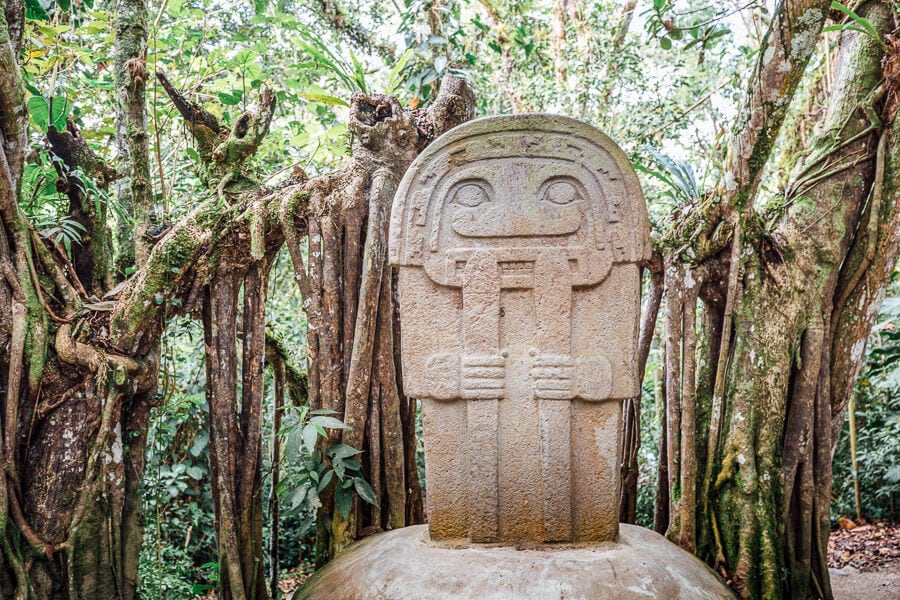
Nestled deep in the forests of Huila in south-western Colombia, San Agustín Archaeological Park (Parque Arqueológico De San Agustin) is one of the country’s premier pre-Columbian sites. This giant open-air museum is made for history buffs.
Inscribed by UNESCO in 1995, the sprawling landscape of megaliths and monuments dates back to 3000 BC and speaks to Colombia’s pre-Hispanic cultures , their mythology and rituals. Many of the edifices seen today were created as part of funerary rights.
Begin at the small Archaeological Museum to build a bit of background knowledge, then depart on one of the walking trails around the park that leads between excavated terraces and burial sites. Key statues such as the Bosque De Estatuas are all marked on the map.
The full route takes around 3-4 hours to complete on foot and requires some pre-planning – bring sunscreen, a hat and plenty of drinking water. The Forest of Statues, a sheltered path that highlights 39 key tombstones, is perfect for families with kids.
→ Recommended: Private tour of San Agustin with a local guide
Party at Carnival in Barranquilla, South America’s second-largest celebration
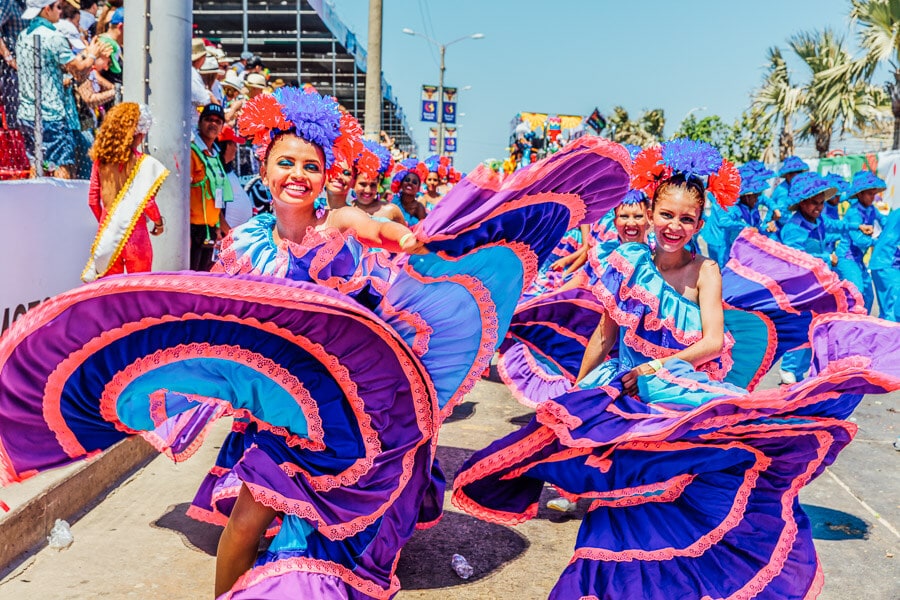
Every year, the city of Barranquilla hosts the famous Barranquilla Carnival – the world’s second largest carnival celebration after Rio de Janeiro. Experiencing the 4-day festival is without doubt one of the best things to do in Barranquilla and even in the whole of South America.
Carnival is the celebration held in the days before the Lenten fasting period in the lead-up to Easter. The dates change every year, but usually Carnival season falls around mid February or early March.
Barranquilla’s Carnival is full of elaborate parades, traditional displays of Colombian dance and music, and lots of impressive costumes. The entire city turns into a giant party and you’ll see people celebrating everywhere. The atmosphere is electric.
The carnival is free to attend (you can buy tickets if you want a good view), but it does get extremely busy so it’s advisable to arrive in the morning to get a good spot for the parades. It’s also recommended to wear a money belt under your clothes, bring plenty of water, and of course dress up for the party!
If your travel dates don’t coincide with the Barranquilla Carnival, don’t worry – you can still visit the Museo del Carnaval which is full of extravagant costumes and decorations.
By Catrina from 24 Hours Layover
Attend Feria de Cali, Colombia’s premier salsa festival
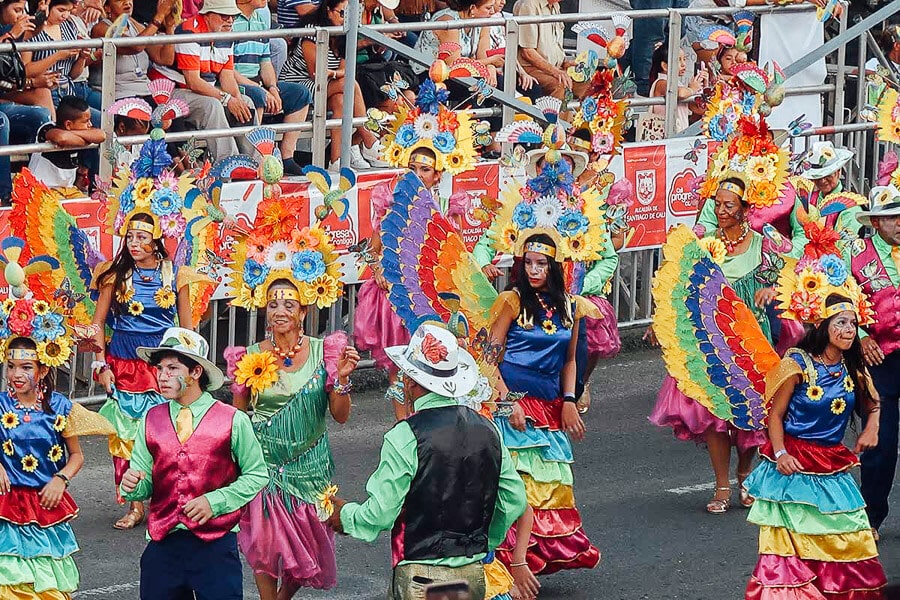
December is usually the liveliest time of year no matter where you are in Colombia. If you find yourself in a festive mood, one thing that is worth dropping everything for is the opportunity to experience Feria de Cali.
This annual Salsa Festival usually runs from the 25th to the 30th of December and it attracts more than 2 million people from all over the world. The celebrations carry on over into the new year so it turns into somewhat of a giant New Year’s Eve street party.
Cali is famous for some of the world’s best salsa dancing and schools. Watch in awe as the Caleño style salsa takes over the city with sizzling hot dancers, colourful costumes, and live appearances featuring some of Colombia’s most accomplished dancers.
Most of the main events are free to watch, but to get a seat to see the Salsadrome and the parades live in action you will need to purchase advanced tickets .
While you’re here, don’t miss the opportunity to try a cholado , a typical dessert made from shaved ice, fruit and condensed milk usually topped with shredded cheese or whipped cream. A cholado at Canchas Panamericanas is an absolute must while in Cali!
By Maddalena from Venice Travel Tips
Take a street art tour in Cartagena’s Getsemani
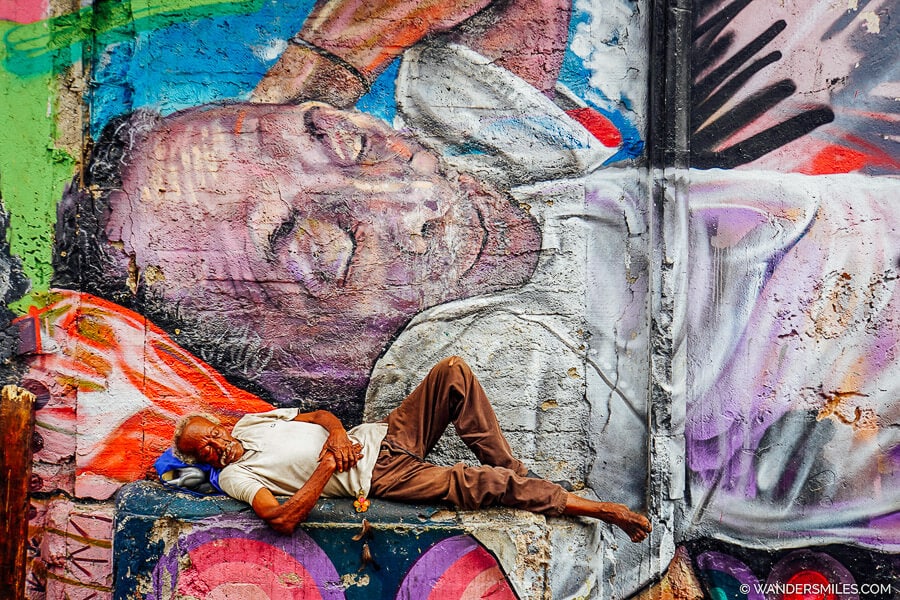
Getsemani is a bohemian barrio in Cartagena that has shaken off its bad reputation thanks to gentrification and the resilience of local residents. It is now a popular hangout among backpackers and the bourgeoisie alike, who come here searching for street food and hip restaurants. This vibrant colonial neighbourhood is oozing with charm and character.
The best thing to do in Getsemani to discover the area’s unique cultural identity is a street art tour hosted by a local. Our passionate guide talked us through the history of the Spanish colonists, the abolition of slavery, the independence movement in Trinidad Plaza, and the more recent tumultuous period to set the scene.
The eye-popping graffiti art conveys messages on every facade in Getsemani. Expressing important social, ethnic, and political issues is part of the culture. Many murals are inspired by local legends and forgotten heroes.
The tour finishes at the locally-owned Carpentiros Bar where you can see photos of all the remaining residents on the wall.
To experience the real spirit of the Getsemani, hang around to watch the barrio come alive at night. Cocktails are served at pop-up bars outside residents’ houses, and the street performers prove just how much Colombians love their music!
By Vanessa from Wanders Miles
→ Recommended: Graffiti tour in Getsemani
Learn how to make empanadas at a Colombian cooking class

After you’ve spent even just a day or two in Colombia, you’ll realise that Colombian cuisine is delightfully unique and absolutely delicious. One of the best things to do in Cartagena is participate in a cooking class where you’ll learn the ins and outs of creating a delicious traditional Colombian meal.
Our cooking class took place in a kitchen tucked away on one of the gorgeous side streets of the Old Town. The instructors – two outgoing Colombian women – took us and a very small group through the process of creating several traditional meals.
We started with pureeing a fresh coconut to make coconut rice. Then we took a whole fish and rubbed it with herbs, seasonings, oil, and lime, and wrapped it in foil to cook. We pounded an entire block of sugarcane, breaking it into pieces to mix with water to create sugarcane lemonade. We prepared empanadas, and peeled and double fried plantains to make homemade patacones .
At the end of our 2-hour cooking class, we went into the restaurant dining room to sit back, relax, and savour our creations. Those Colombian women definitely knew what they were doing – this was one of the most delicious meals we ate in our entire time in Colombia.
Cooking masterclasses and workshops are available in other cities in Colombia, too – including in Bogota .
By Stephanie from The Unknown Enthusiast
→ Recommended: Bazurto Market tour and cooking class in Cartagena
Eat tropical fruits at the markets in Medellin
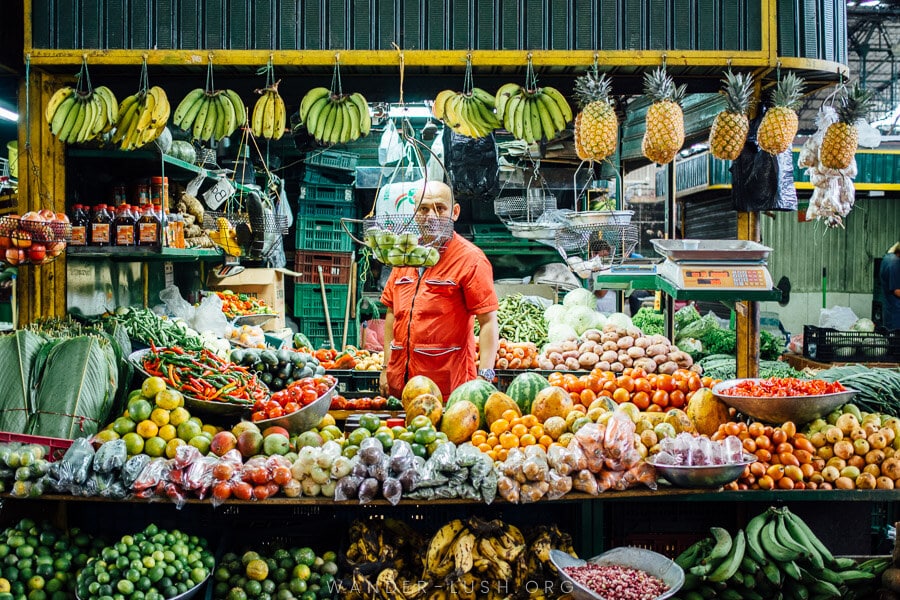
Colombia is synonymous with tropical fruit – and there’s no better place in the country to sample the goods than Medellin. Fertile Antioquia Department is Colombia’s ‘fruit basket’, and Medellin is where farmers come to offload their exotic produce.
A guided tour of Medellin’s fruit markets is a great way to get a handle on the world of tropical fruits Colombia is known for. From humble stalls to humming wholesale markets, it’s a window onto a vital aspect of Colombian culture.
As well as familiar faces – bananas, avocados, plantains – unusual fruits such as lulo, maracuya, guayaba and mamoncillo. Juice them or throw them down whole – whichever way you slice it, a fruit-themed tour is a terrifically fun experience.
Don’t miss the Mayorista Central Market, the largest produce market in the city that accommodates thousands of vendors and serves customers from all over Colombia. Primarily outdoors, it’s made up of rows upon rows of small warehouses. Shoppers travelling on foot can explore the labyrinth of tarpaulin-covered stalls.
My favourite market, the Plaza Minorista José María Villa opened in 1984 and houses around 3,000 vendors – many of whom have personalities as vibrant as the produce they’re selling!
Finally, the Placita de Flores flower market, the smallest and oldest of the trio with a history that goes back to 1881, has a wonderful array of fruit and other types of produce.
→ Recommended: Medellin exotic fruits tour
Try the tasting menu at Leo in Bogota – one of the best things to do in Colombia for gastronomes
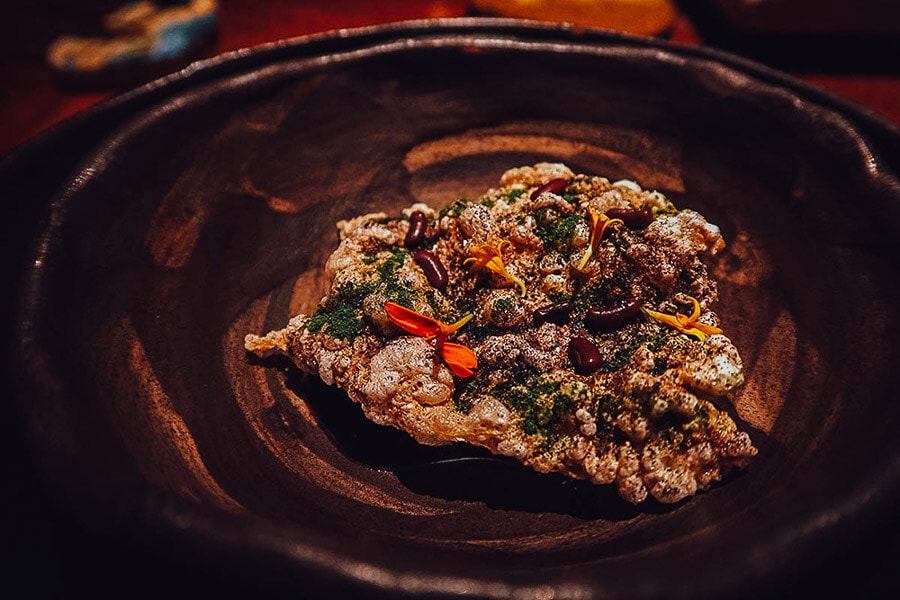
You’ve no doubt heard stories about Colombia’s biodiversity – this country is said to be the second-most biodiverse country in the world behind only Brazil. What if I told you there’s a restaurant in Bogota where you can actually taste that biodiversity?
Leo is a fine dining restaurant in the Colombian capital that offers 7 to 13-course tasting menus. It’s helmed by celebrity chef Leonor Espinosa , proclaimed in 2022 as the World’s Best Female Chef.
What makes her tasting menus interesting is that she utilises obscure ingredients sourced from the most far-flung corners of Colombia. Palm weevils, Santander ants and Amazonian coquindo oil are just a few of the many exotic foods she uses in a culinary concept she likes to call Ciclo-Bioma .
At the end of your meal, you’ll receive a tasting menu with a map detailing every ingredient used and where it was sourced from. It’s a fascinating insight into the country’s ecology and the creativity of a chef determined to showcase her country’s diversity.
In 2022, Leo was named #48 on the list of the World’s 50 Best Restaurants (13 on Latin America’s 50 Best). If interesting food excites you, then booking a table at Leo in Bogota is a must.
By JB from Will Fly for Food
Have an unforgettable Colombian dining experience at the original Andres Carne de Res

For a Colombian dining experience bordering on theatrical, don’t skip Andres Carne de Res. It’s anything but your typical restaurant, even for Colombians, who love maximum fun.
The original Andres Carne de Res (which means ‘Andres Beef’) in Chia, an hour north of bustling Bogota, is quite a spectacle. A sprawling space devoted to Colombians’ love of beef and excess, even the parking lot at Andres Carne de Res (Andres) is huge!
Expect to be enveloped by explosions of bright decor, loud music, dancing diners, enthusiastic employees, and large plates of delicious food at this Colombian institution.
Colombians visit Andres for special occasions such as birthdays. As a tourist, you don’t need any excuse except wanting to experience the best of Bogota . While steak is the main dish, the highlight of the menu is fun.
Anthony Bourdain fans and purists will want to visit the original Chia location, and it is a great time, but it isn’t the only Andres location anymore. The brand’s popularity has led to its expansion across the country – you can find restaurants in Cartagena, Medellin, and in downtown Bogota.
By Melinda from Mel On The Go
→ Recommended: Private transfer to Andres in Chia from Bogota
Stand in South America’s biggest plaza in Villa de Leyva

Villa de Leyva, voted ‘one of the most beautiful pueblos in Colombia’, is a wonderful day trip from Bogota and a must on your Colombia itinerary . It’s touristy, yes – but almost exclusively with Colombian tourists, which adds to the charming feel.
There are plenty of sights in town and in the surrounding area to keep you busy for a couple of days. The highlights of our visit were the archaeological site El Infiernito, the dinosaur remains, and the nearby artesanía village of Raquira.
But Villa de Leyva’s biggest attraction is right in the centre of town. The cobbled main square, Plaza Mayor de Villa de Leyva, is the biggest in Colombia and one of the largest in all of America, covering an incredible 150,000 square feet.
Every year, locals and international tourists gather for two grand festivals that take place in the square. El Festival del Viento y Las Cometas (the Wind and Kite Festival) is held in August and consists of a variety of kite contests in which competitors of all ages have an opportunity to showcase their ingenuity, creativity, and expertise. These categories include handmade kites, giant kites, and acrobatic stunts choreographed for synchronised flight.
The other is the Festival del Caballo (the Horse Festival) in October. We were lucky enough to visit during this festival. It’s a remarkable show featuring horses of all breeds from around the world. Afterwards you can get an up-close look at the horses and have a conversation with the riders.
By Babs from Mums on Flip Flops
→ Recommended: Villa de Leyva day trip from Bogota
Tour the incredible Zipaquira Salt Cathedral

One unusual day trip not to miss on any visit to Bogota and Colombia is the underground salt cathedral called Zipaquira.
The Roman cathedral is carved into the salt and rock 650 feet underground. The main nave is like nothing you have ever seen before. At 500 feet long and 72 feet high, it is seriously impressive.
An audio tour is included in the ticket price. Expect to spend 2-3 hours visiting the main nave and the many smaller chapels. The temperature inside is around a constant 57 degree Fahrenheit (14 degree Celsius), so remember to bring some warm clothes, even if you are visiting during the summer.
From Bogota, there is a direct bus from Terminal del Norte station which takes around 2 hours to reach Zipaquira. Alternatively, if travelling by car, the journey time is about 1 hour. Zipaquira is a popular tourist destination and a place of pilgrimage for locals, so try to avoid visiting on the weekend when it gets very busy.
By Kristin from Scotland Less Explored
→ Recommended: Group tour to Zipaquira with guaranteed daily departure
Enjoy an open-air spa at the El Totumo Mud Volcano

The Mud Volcano of Colombia (also called El Totumo) is an exciting natural wonder. Located near Loma de Arena, just an hour’s drive from Cartagena, this unique geological phenomenon is created by eruptions of heated mud from deep within the Earth’s core.
The mud is piping hot and highly acidic, but it has amazing therapeutic properties that are said to help with skin and joint ailments.
Visiting the Mud Volcano is a unique experience that can’t be found anywhere else in Colombia. As you approach, the smell of sulfur is strong but inviting. You will be amazed when you see the steam rising from the pools of bubbling mud. You can take a dip in one of the nearby pools and let the hot mud embrace your body.
The mud is thermal, so it can be quite soothing.
Those who choose to take a plunge in the Vulcano’s mud pools should be aware of some safety precautions. It is best to wear appropriate footwear as the mud can be slippery (don’t let the same thing happen to you that happened to me – I ended up face down in the mud).
It’s important to remember that the mud is very hot and acidic, so you should take regular breaks and stay hydrated while soaking in the minerals. It can be harsh on bare skin if you enter the pools unprotected.
By Giorgy from G-Extreme Travel
→ Recommended: Tour to the mud volcano from Cartagena with lunch included .
Conquer the Paramillo del Quindio in Los Nevados National Park

If you’re up for a challenge during your trip to Colombia, you may want to try your hand trekking in Los Nevados National Park south of Medellin.
Located in the Colombian Andes just outside the popular town of Salento, most come here to trek through Cocora Valley while few venture further into the Paramillo. Trekking deeper brings you to stunning landscapes, views of volcanoes, and even glaciers.
To explore this area, you’ll have to tackle a multi-day hike. There are numerous routes available, including the popular three-day hike that summits Paramillo Del Quindio, an inactive volcano. Aside from breathtaking views of the canyons, craters, and mountains, you’ll be walking amongst a bunch of frailejones , funky fuzzy plants that play a major role in the water cycle of Colombia.
You’ll stay at mountain fincas (farms) in simple bunk-bed accommodations and enjoy hearty home-cooked breakfasts and dinners. A knowledgeable guide for the hike is mandatory as there is little to no signage and conditions can change quickly.
Before taking on this trek, ensure you have the right travel backpack that can also be used for hiking. You also absolutely need a good jacket, quick-dry clothing, and proper footwear. At the summit of the mountain, you’ll be freezing, but when you start and end the hike, you’ll be sweating – so layering is essential.
This might be a pretty challenging thing to do in Colombia and not really for beginner hikers, but it’s 1000% worth it!
By Nina from Where in the World is Nina?
Count the colours at the Caño Cristales ‘Rainbow River’
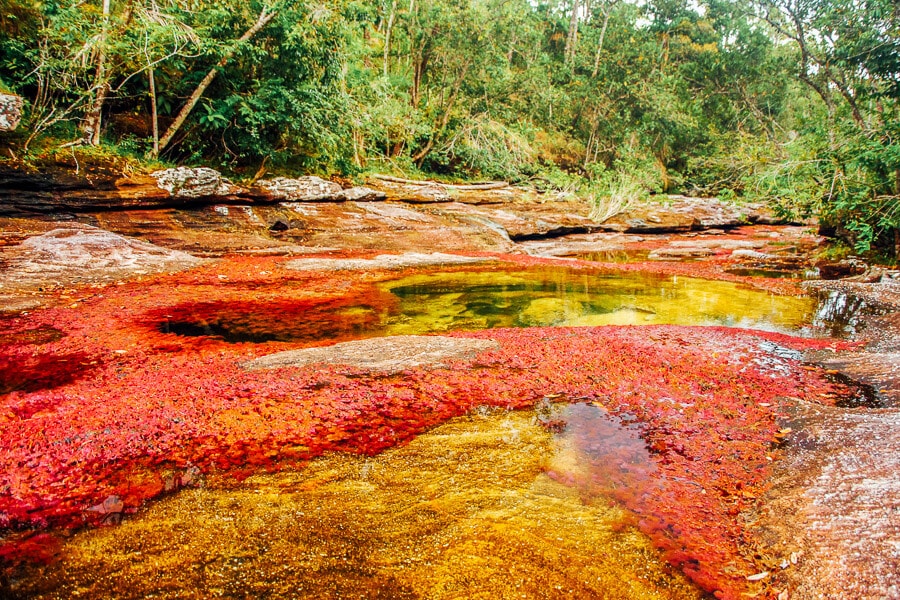
One of the most unique Colombia experiences involves travelling deep into the Parque Nacional Natural Tinigua, accessible from La Macarena where flights to/from Bogota depart thrice weekly.
The Caño Cristales or ‘Crystal Channel’ – also known as the ‘liquid rainbow’ – is a natural phenomenon caused by blooming algae. Macarenia clavigera tinge the river bed and rock formations with hues of yellow, green, blue, black and red, giving the water hole and surrounding rapids an otherworldly appearance.
As well as beautiful waterfalls and rapids, you can observe circular depressions in the river. Known as ‘giant’s kettles’, these are formed by chunks of hard rock that make deep pits.
This amazing landscape can be explored on foot via a number of hiking trails and mirador lookouts that open to visitors at various times of year. To witness the most vivid array of colours, visiting during the rainy season, roughly June to November.
Have a wildlife encounter at the National Colombian Aviary in Baru

Visiting the National Aviary on Baru Island is one of the best things to do in Colombia with kids. This sprawling wilderness reserve is home to 22 habitats and almost 200 different species of parrots, flamingoes, peacocks and toucans from Colombia and around Latin America.
The aviary is very well set up for tourists, with marked walking trails, shaded rest areas, and regular ranger presentations at the information centre. There are also estuaries and lakes within the park where you can observe other wildlife.
The National Aviary is located on a peninsula under an hour by road from Cartagena. It is open 7 days a week. When visiting, you should also set aside a few hours for the nearby Playa Blanca, a beautiful white-sand beach and the only public swimming area within Rosario National Natural Park.
There are several clubs, resorts and restaurants on the beach where you can hire a sun lounge or grab a seafood lunch.
→ Recommended: Full-day tour Isla Baru for the National Aviary of Colombia and Playa Blanca
Trek in the world’s biggest wax palm forest in Tochecito

While the Cocora Valley is the most popular place to walk amongst Colombia’s iconic wax palm trees, the protected sanctuary of Tochecito, further south of Salento, is a great alternative.
Like Cocora, Tochecito is home to thousands of the world’s tallest palm trees, some of which reach up to 200 feet (60 metres) tall. Tochecito is an off-the-beaten-track gem and actually has the biggest concentration of wax palm trees in the world.
There are at least 600,000 wax palms in the super-dense forest (compared to the 1,000-2,000 wax palms in the touristic Cocora). While many of the palms in Cocora have been damaged by cattle ranching, the healthy trees in Tochecito can live up to 200 years.
The area is accessible from Salento via an adrenaline-pumping mountain bike ride or by jeep or a trekking tour. After walking through the picturesque alleys of trees, finish the day with a game of tejo in Bar Los Amigos in Salento.
By Ines from Randomtrip
Get off the beaten track in the otherworldly Tatacoa Desert

Far beyond the major cities of Medellin and Bogota, the wild and remote Tatacoa Desert is definitely an off-the-beaten-track location in Colombia. Bearing some similarities to the Rainbow Mountain in Peru, it is the perfect destination for adventurous travellers looking for a unique hiking experience.
Despite its name, the Tatacoa Desert is not actually a desert – it is a dried-up tropical forest that looks like a desert. To many visitors, it is a landscape from another planet.
The best way to explore is by walking through the Red Desert ( Cuzco ), which offers various trails from where you can spot spiders, snakes, scorpions, lizards and eagles. There are many other creepy crawlies roaming around so you must protect yourself.
Remember the rust-coloured formations are composed of soft soil, not rock, so walking on them is strictly prohibited.
As well as hiking in the Red Desert, you can encounter more otherworldly landscapes with the help of a local guide, including the Grey Desert. Many visitors arrive with a view to camp out so they can do some stargazing during the evenings, and if you’re a space fan, you can visit the Tatacoa Observatory.
Don’t miss the Piscina Mineral, an oasis-like artificial pool where you can cool off amongst the dunes.
By Dan from Urban Abroad
→ Recommended: Private tour to the Tatacoa Desert from Bogota
Stand at the edge of the continent at Punta Gallinas

Punta Gallinas, the northernmost point of South America, is located at the end of the rugged desert peninsula of La Guajira on the border of northern Colombia and Venezuela.
Getting there is an adventure in and of itself, and gives you a look at one of the most amazing landscapes in the region. For this reason, it is one of the more unique, adventurous and unusual things to do in Colombia.
It’s possible to arrange tour packages from Cartagena, Santa Marta, Riohacha and other cities on the Caribbean coast. It is also possible to do it mostly on your own.
To do this trip DIY, you’ll need to make your way to the tiny town of Cabo de la Vela in the desert. First, get to the city of Riohacha which can be reached by bus from Cartagena or Santa Marta or by flight from elsewhere in Colombia.
From there, you can take a collective taxi to the town of Uribia before finding 4×4 transportation across the desert to Cabo de la Vela. It’s worth stocking up on things like water in Uribia as they are scarcer and more expensive.
Once in Cabo de la Vela, you should be able to easily arrange a package to Punta Gallinas. Most include transportation, a tour of the surrounding area – including the amazing Taroa Sand Dunes that roll into the sea – overnight accommodations in a chinchorro or handmade hammock made by the local Wayuu Indigenous people, and meals.
Learn more about visiting this unique place in Colombia in this complete travel guide to Punta Gallinas .
→ Recommended: 3-day expedition to Punta Gallinas and Cabo de la Vela
Colombia trip essentials
Here are some of the websites and services I recommend for planning a trip to Colombia. Remember to check out my full list of travel resources for more tips.
FLIGHTS: Find affordable flights to Colombia using the Skyscanner website .
VISAS: Use iVisa to check if you need a tourist visa or a Health Declaration form for Colombia and apply for your documents online.
TRAVEL INSURANCE: Insure your trip to Colombia with HeyMondo , my preferred provider for single-trip and annual travel insurance.
AIRPORT TRANSFERS: Book a safe and reliable private transfer from the airport to your hotel in Medellin , Bogota or Cartagena (prices start from $18 per group).
ESIM FOR COLOMBIA: Stay connected during your trip – pre-purchase an eSIM for Colombia and get online as soon as you arrive without having to visit a phone shop.
CAR HIRE: Use the Discover Cars website to compare prices and features across all the major car rental companies.
ACCOMMODATION: Find the best Colombia hotel deals on Booking.com .
CITY TOURS & DAY TRIPS: Browse the Viator website to find the best day trips, city tours, Colombian cooking experiences and more.
Leave a Reply Cancel reply
Your email address will not be published. Required fields are marked *
- Subscribe to future posts
13 things to know before visiting Colombia
Feb 29, 2024 • 9 min read
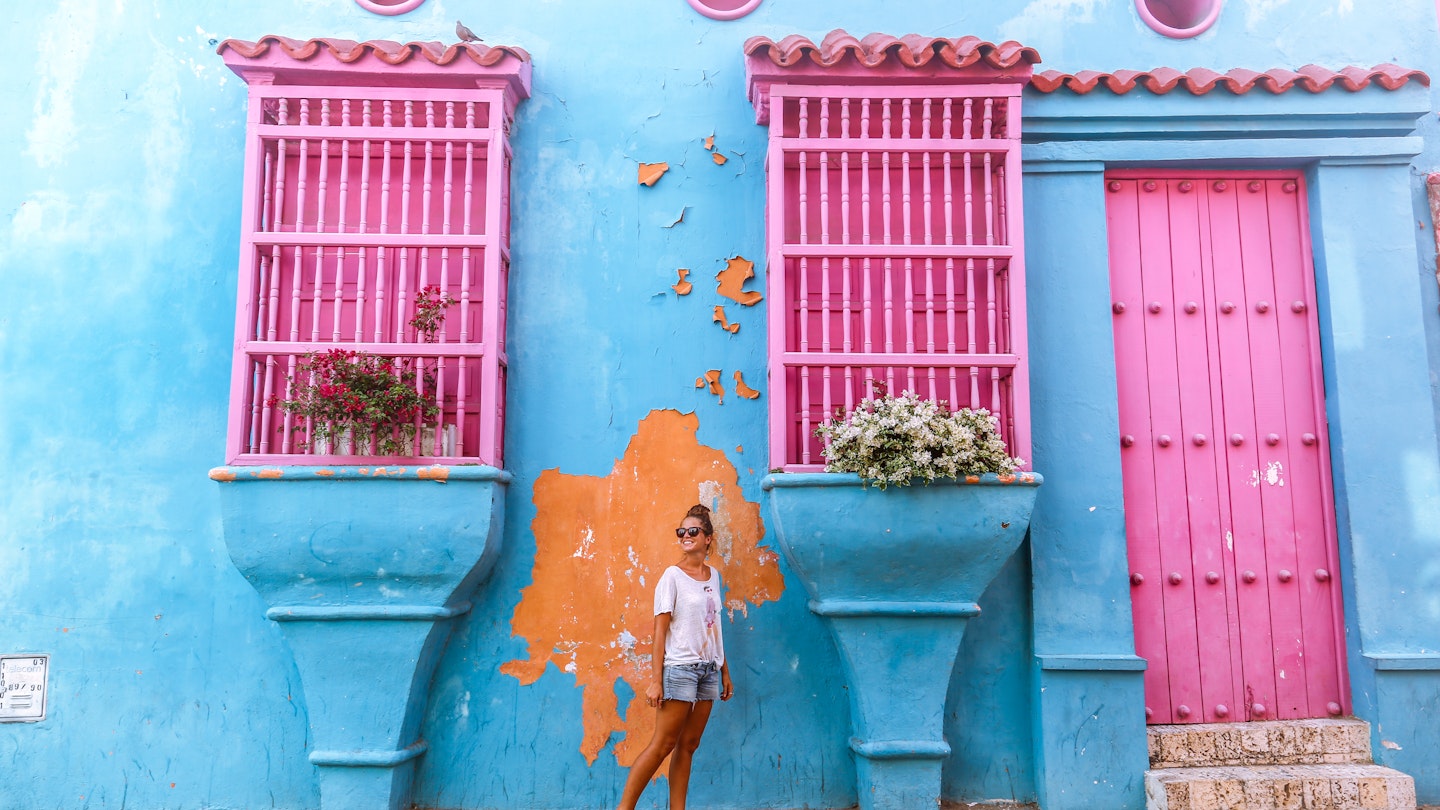
From health and safety to etiquette, these tips can help you plan your trip to Colombia © jeremykingnz / Shutterstock
Whether you’re drawn by its beguiling coastlines , untamed jungle or high-altitude national parks , Colombia is guaranteed to dazzle.
After decades of association with armed conflict and drug cartels, this South American country has moved well beyond those dark decades, emerging from that chapter of history as one of the continent’s most thrilling and welcoming destinations to explore .
Travelers to Colombia should prepare for a trip that will leave them wishing they never had a return ticket, thanks to the country’s remarkably warm and friendly people and uniquely Latin spirit.
Follow these tips on planning and health and safety to ensure a truly unforgettable trip to Colombia.
1. Don't attempt to see all of Colombia in one trip
A big mistake that even seasoned travelers have made is to try and pack too much into a trip around Colombia. Before trying to squeeze every last corner of the country into a two-week itinerary, cast your eyes over the map.
Stick to exploring one section of the country and exploring it well: spend three weeks bouncing between sun-soaked, Caribbean beaches or heading from Medellín deep into the Zona Cafetera . Your trip should match Colombia’s characteristic pace: slow and enjoyable.
2. Domestic flights are affordable and quick
If you’re still planning to cram as many places as possible into a short trip, Colombia’s wealth of low-cost airlines offer the most efficient way of getting around (although there's your carbon footprint to consider too).
While nothing quite compares with the cultural experience of taking a regional bus (where you’ll be “entertained” by deafening music for the duration), increasingly cheap fares are available for domestic flights.
Don’t be fooled by headline prices, these typically don’t include checked baggage. Peak traveling seasons (December through mid-January, Semana Santa and June through August) will add a premium and can sell out rapidly, so book flights in advance if visiting during these months.
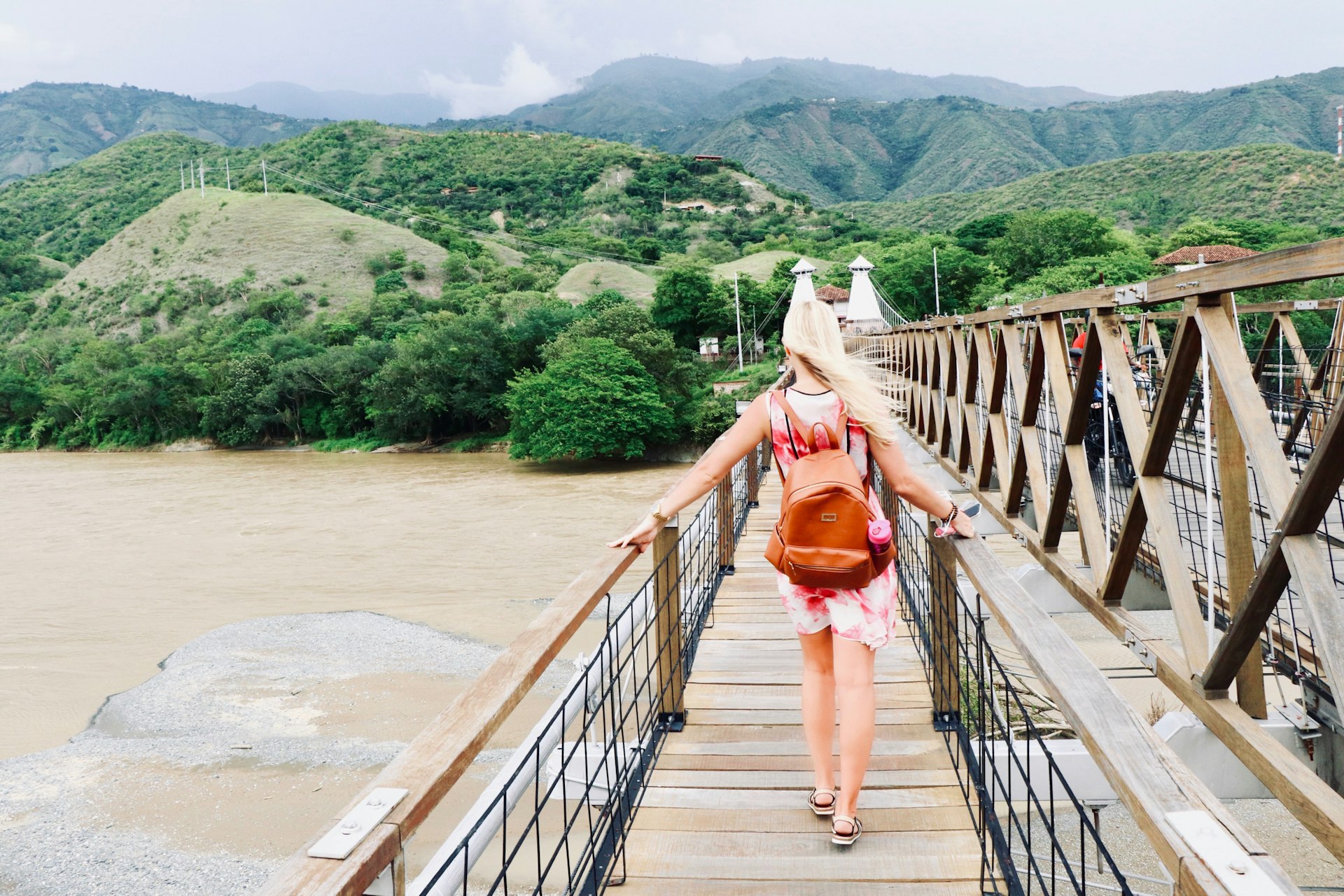
3. Pack for all weather
Whether you’re hitting the Caribbean coast or heading to the rainier climes of the capital, Bogotá , you can expect to experience a full array of weather conditions.
While Colombia officially has two distinct seasons – the dry season (December through February and July through August) and the rainy season (April, May, and September through November) – because of the country’s variation in altitudes and ecosystems, you’ll probably experience all four seasons in one trip.
As a rule, the Caribbean coast is hot and humid, while Bogotá and the wider Andean regions receive a surfeit of rain. Come prepared with plenty of layers, including a warm, easy-to-pack rain jacket, and you’ll be primed to adapt to whatever the weather might throw at you.
4. A little Spanish will get you a long way
For a country so long enveloped by violent conflict, Colombia today is a remarkably open and welcoming destination for international travelers. Wherever you are, it’s easy to strike up a conversation with the owner of a restaurant, your taxi driver or a local enjoying the sunshine in a city plaza (and they’ll be delighted if you do!).
Knowing more than the basics of Spanish can go a long way, spurring engaging, fascinating conversations about Colombian culture, football, history and politics.
Colombian Spanish, particularly in Bogotá and Medellín, is considered one of the easiest to understand in Latin America because Colombians tend to enunciate their words. Make the most of affordable language schools in both cities to get some practice in before you head out into the rest of the country.
5. There are checkpoints with a strong military presence
When traveling in rural parts of Colombia, it’s not uncommon to come across road checkpoints staffed by army personnel, who’ll often ask to see your documents before waving you on your way.
In areas recently opened to tourism, you might even spot tanks and other military vehicles stationed alongside roads.
While it might seem intimidating, the strong military presence around the country is there for the safety of the local people – and you. Be polite and have the correct paperwork (either your actual passport or a photocopy of the main page and entry stamp) with you, and you’ll rarely have an issue.

6. Don’t expect punctuality
Like much of Latin America, Colombian culture isn’t known for its strict adherence to the clock, and a punctuality-obsessed traveler is often a disappointed one. “Colombian time” is practically its own time zone, and you should leave any notions of timeliness at home.
To avoid getting frustrated, relax and embrace being flexible – really, the only way to deal with the typically laid-back Colombian attitude toward life, the universe and pretty much everything.
While big, inter-regional buses and flights do tend to leave on time, tight schedules aren't followed in many other contexts. If you’re making an appointment with a Colombian person or waiting for a rural colectivo to depart, bring a book as you may well be waiting up to an hour beyond the agreed time.
7. Drugs and talking about that Netflix show are big no-nos
If there’s one way to annoy Colombians, it’s to get onto a topic that many Western tourists, despite Colombian’s attempts to dissuade them, continue to associate with the country: drugs. Illegal substances are a taboo subject in Colombia, and despite (or more likely, because of) the country’s history, few Colombians take them.
Residents of Medellín, in particular, are fed up with the city’s association with drug cartels and with tourists who go there to use cocaine, which is illegal and could see you getting into a lot of trouble if caught.
When traveling in Colombia, don’t mention Narcos , either. Colombians are frustrated with the Netflix show’s portrayal of the country and what they see as the exaltation of a mass murderer.
Show some respect and steer clear of the many Pablo Escobar tours, too. Listening to local people's experiences during the drug-war years is likely to be far more informative and accurate.
8. Taxis will help you get around safely
While safety is no longer the same overwhelming concern it once was, taking taxis when traveling between neighborhoods in big cities across Colombia is a sensible choice.
Wandering around at night, particularly after you’ve had a shot of heady aguardiente or two, is often an invitation to opportunist thieves.
Taxis are extremely affordable and relatively painless if using a ride-share app, such as Cabify or Uber . Hailing a taxi can leave you open to scams or worse, so calling for a cab (or asking your hotel to) is recommended. Always confirm the price or check that the taxi has a working meter before entering a vehicle.
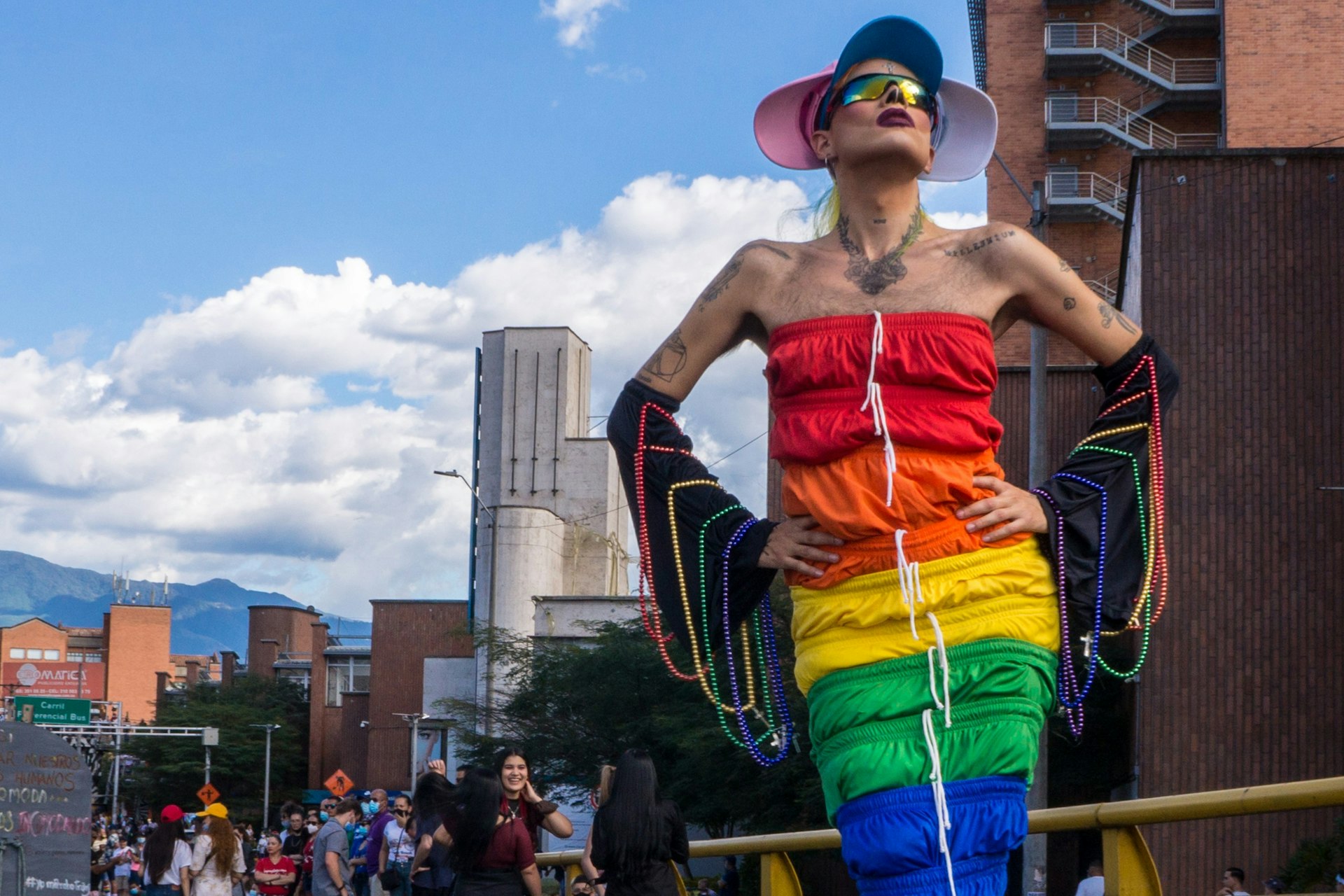
9. Bogotá has a well-established gay scene
Homosexuality was decriminalized in Colombia in early 1980s, and the first same-sex marriage ceremony was performed in 2013 – evidence that this country has some of the more progressive attitudes toward LGBTIQ+ rights in Latin America.
Bogotá has a well-established gay scene, with bars and nightlife mostly found in Chapinero, one of the city’s most dynamic neighborhoods . Some lodgings and restaurants are beginning to advertise themselves as gay-friendly.
Despite its progressive laws, much of Colombian society remains traditionalist, and many same-sex couples still feel unsafe showing affection in public. For more information specifically for LGBTIQ+ travelers, check out Guia Gay Colombia.
10. Tipping isn’t obligatory, but it is appreciated
Dining out in Colombia is extremely affordable.
When you go to pay the bill at fancier or more upmarket restaurants, it’s likely you’ll be asked if you want to include the propina (tip), typically around 10% of the cost of the meal.
Service in restaurants, cafes and bars across Colombia is generally much better than in many other parts of South America , so unless you had a terrible experience, consider paying the tip to show your appreciation.

11. Traveling is safe – but stick to the beaten track
Colombia has experienced an about-face in the past few decades, shedding its title as one of Latin America’s most dangerous countries and coming into its own as a worthy travel destination.
It all comes down to the history-making peace accords signed in 2016 between the Colombian government and the FARC, which, after five decades of conflict, have led to many rural parts of the country finally shifting from no-go areas into welcoming places for visitors.
However, it still isn’t wise to go too far off the beaten path. Some rural areas remain dangerous because of their links with neo-paramilitary and drug-trafficking groups, particularly along the borders with Panama, Venezuela and Ecuador.
Before traveling anywhere unusual, always research the situation on the ground as well as your government’s travel advisories.
12. Scams and muggings do happen
While safety has improved significantly, you should always “ no dar papaya .” This delightful idiom – which literally translates to “don’t give papaya” – means you should always keep your wits about you, staying alert to those who would take advantage of you.
In practice, this means following common-sense guidelines: don’t wander down dark, empty streets at night, don’t head out into neighborhoods you don’t know without checking their safety first and don’t flap about the city with an expensive camera or phone on display.
Travel insurance is essential because muggings are, unfortunately still an issue in cities such as Bogota, Cali and Medellín.
You should never resist if someone tries to rob you. Distraction techniques are those used most fruitfully by would-be thieves, so always be wary of people coming up to you in the street or being asked to show your money to scammers posing as police officers.
If things do go wrong, head to the nearest police station immediately to report the crime. The police will put together a report and give you a copy, which you’ll need to make an insurance claim.
13. Don’t let this country’s history scare you away
Colombia has come on leaps and bounds since the dark days of the 1980s and 1990s, and its residents are more than excited to show you their beautiful and wonderfully diverse country.
The biggest mistake you can make is to let Netflix or historic newspaper headlines scare you away: this is a country that just about every traveler can’t help but fall in love with. The biggest danger when visiting Colombia? Finding yourself never wanting to leave.
This article was first published May 2022 and updated February 2024
Explore related stories
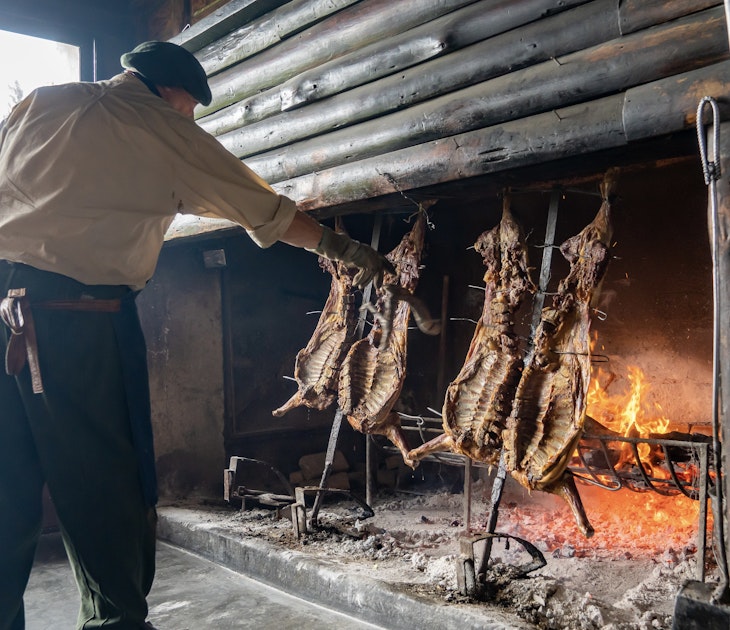
Tips & Advice
Mar 2, 2024 • 8 min read
There’s more to Argentinian cuisine than steak and malbec (though those are both great). Here’s our guide to Argentina’s best food and drink experiences.
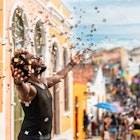
Mar 1, 2024 • 9 min read

Feb 11, 2024 • 9 min read

Feb 1, 2024 • 7 min read

Jan 30, 2024 • 9 min read
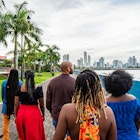
Dec 23, 2023 • 6 min read

Dec 20, 2023 • 7 min read

Dec 15, 2023 • 7 min read

Dec 14, 2023 • 3 min read

Nov 18, 2023 • 7 min read
- Car Rentals
- Airport Transfers
- Attractions & Tours
- Bundle & Save
- Destinations
- Trip.com Rewards

Meditech Colombia 2024 | Corferias
The Meditech Colombia 2024 event in Bogota, Colombia, is an exclusive platform that showcases the latest innovations in the health sector. This esteemed event brings together a wide range of exhibitors from both national and international levels. It serves as a prominent platform for the display of cutting-edge medical equipment, supplies, services, and technological advancements. The primary objective of Meditech Colombia 2024 is to foster the growth and development of the medical industry in the Andean region, Central America, and the Caribbean. Taking place at the renowned Corferias venue, the event will span from July 9th to July 12th, 2024. This event holds immense importance for professionals and organizations in the healthcare industry, as it offers an opportunity to witness the most representative advancements and solutions available in the market. Attendees can explore a wide range of products and services that cater to the evolving needs of the medical sector. Meditech Colombia 2024 provides a conducive environment for networking, knowledge sharing, and fostering collaborations within the industry. Don't miss this prestigious event that brings together key players in the medical field to shape the future of healthcare in the region.
Provided by Whirly_PopBella | Published Apr 10, 2024
Are you interested in Meditech Colombia 2024?
Recommended products for meditech colombia 2024 | corferias, moscow bogota, more contents about bogota.
- Customer Support
- Service Guarantee
- More Service Info
- Website Feedback
- About Trip.com
- Terms & Conditions
- Privacy Statement
- About Trip.com Group
Other Services
- Investor Relations
- Affiliate Program
- List My Property
- Become a Supplier
Watch CBS News
Solar eclipse maps show 2024 totality path, peak times and how much of the eclipse people could see across the U.S.
By Aliza Chasan
Updated on: April 9, 2024 / 5:00 AM EDT / CBS News
A total solar eclipse crossed North America Monday with parts of 15 U.S. states within the path of totality. Maps show where and when astronomy fans could see the big event as skies darkened in the middle of the day Monday, April 8.
The total eclipse first appeared along Mexico's Pacific Coast at around 11:07 a.m. PDT, then traveled across a swath of the U.S., from Texas to Maine, and into Canada.
About 31.6 million people live in the path of totality , the area where the moon fully blocked out the sun , according to NASA. The path ranged between 108 and 122 miles wide. An additional 150 million people live within 200 miles of the path of totality.
Solar eclipse path of totality map for 2024

The total solar eclipse started over the Pacific Ocean, and the first location in continental North America that experienced totality was Mexico's Pacific Coast, around 11:07 a.m. PDT, according to NASA. From there, the path continued into Texas, crossing more than a dozen states before the eclipse enters Canada in southern Ontario. The eclipse exited continental North America at around 5:16 p.m. NDT from Newfoundland, Canada.
The path of totality included portions of the following states:
- Pennsylvania
- New Hampshire
Small parts of Tennessee and Michigan also experienced the total solar eclipse.
Several major cities across the U.S. were included in the eclipse's path of totality, while many others saw a partial eclipse. These were some of the best major cities for eclipse viewing — though the weather was a factor :
- San Antonio, Texas (partially under the path)
- Austin, Texas
- Waco, Texas
- Dallas, Texas
- Little Rock, Arkansas
- Indianapolis, Indiana
- Dayton, Ohio
- Cleveland, Ohio
- Buffalo, New York
- Rochester, New York
- Syracuse, New York
- Burlington, Vermont
Map of when the solar eclipse reached totality across its path
The eclipse began in the U.S. as a partial eclipse beginning at 12:06 p.m. CDT near Eagle Pass, Texas, before progressing to totality by about 1:27 p.m. CDT and then moving along its path to the northeast over the following few hours.

NASA shared times for several cities in the path of totality across the U.S. People could have also checked their ZIP code on NASA's map to see when the eclipse was to reach them if they were on, or near, the path of totality — or if they saw a partial eclipse instead.
How much of the eclipse did people see if they live outside the totality path?
While the April 8 eclipse covered a wide swath of the U.S., outside the path of totality observers may have spotted a partial eclipse, where the moon covers some, but not all, of the sun, according to NASA. The closer they were to the path of totality, the larger the portion of the sun that was hidden.
NASA allowed viewers to input a ZIP code and see how much of the sun was to be covered in their locations.
Could there be cloud cover be during the solar eclipse?
Some areas along the path of totality had a higher likelihood of cloud cover that could interfere with viewing the eclipse. Here is a map showing the historical trends in cloud cover this time of year.
You could have checked the latest forecast for your location with our partners at The Weather Channel .

Where did the solar eclipse reach totality for the longest?
Eclipse viewers near Torreón, Mexico, got to experience totality for the longest. Totality there lasted 4 minutes, 28 seconds, according to NASA.
Most places along the centerline of the path of totality saw a totality duration of between 3.5 and 4 minutes, according to NASA. Some places in the U.S. came close to the maximum; Kerrville, Texas, had a totality duration of 4 minutes, 24 seconds.
What is the path of totality for the 2044 solar eclipse?
The next total solar eclipse that will be visible from the contiguous U.S. will be on Aug. 23, 2044.
Astronomy fans in the U.S. will have far fewer opportunities to see the 2044 eclipse they had on April 8. NASA has not yet made maps available for the 2044 eclipse but, according to The Planetary Society , the path of totality will only touch three states.
The 2024 eclipse will start in Greenland, pass over Canada and end as the sun sets in Montana, North Dakota and South Dakota, according to the Planetary Society.

Aliza Chasan is a digital producer at 60 Minutes and CBSNews.com. She has previously written for outlets including PIX11 News, The New York Daily News, Inside Edition and DNAinfo. Aliza covers trending news, often focusing on crime and politics.
More from CBS News

Bill Nye shares tips for eclipse: "Be in the moment"

Couple gets engaged on flight to see total solar eclipse

Jelly Roll reflects on his path from juvenile detention to CMT Award winner

Ex-Virginia assistant principal charged in case of student who shot teacher

- Acts of Kindness
- Viral Stories
- New Food Flavors
- Cleaning & Organization
- Kitchen Gadgets
- DIY & Improvement
These are the best places to retire in 2024
Looking for better weather, or a place where you can stretch your retirement dollars? You might want to plan a move to one of these countries.

- Jennifer Graham Kizer
- April 4, 2024
If you’re planning to retire soon, you may be considering a move to a whole new place . After all, it may be the first time you’re not tied to a job in a specific city . You also might be looking for areas where your retirement budget will stretch the furthest. Or maybe you’re just ready to live in a warmer climate where you’ll never have to shovel snow again!
MORE: Pilot chartered a plane to take 112 friends to Hawaii for his retirement
Best Countries to Retire
And why limit yourself to just the U.S. when there are excellent options all over the world? The 2024 Annual Global Retirement Index is a list of countries with high ratings in seven pertinent categories for retirees: housing (availability and value), cost of living, healthcare, climate, ease of obtaining a visa (and becoming a permanent citizen), affinity (i.e., ability to assimilate into the culture) and development (local politics, infrastructure, banking, etc.).
The list is compiled from sources who actually live in established expat hubs and have first-hand experience with the comfort level of these overseas communities. For each country, they considered the seven categories and assigned them a number between one and 100. The average of those seven numbers determined each country’s place on the index.
According to this index, here are the top 10 countries to retire, in descending order. Read on to discover whether one of them might be your “happily ever after” destination.
10. Colombia
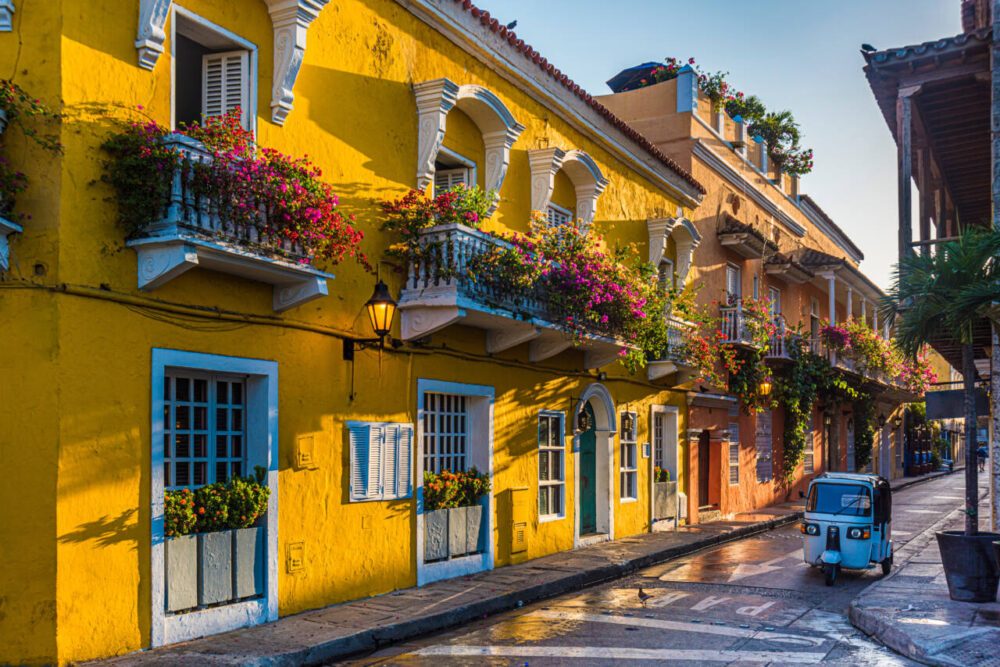
Colombia came in at No. 10 with a score of 74.7. It earned particularly high marks in the categories of cost of living (98) and climate (87). Its lower scores were in development (60) and affinity (63).
The biggest benefit of Colombia is how affordable it is to live there. According to International Living , your monthly expenses could be as low as $1,000 to $2,000. And if you enjoy the outdoors, there are quite a few activities to explore. There are also plenty of gorgeous parks and cultural festivals.
Do you prefer a particular climate? Colombia offers a wide range of choices, from warm coastal beaches to cool mountain towns to tropical rainforests. In past decades, Colombia acquired a reputation for violence associated with the drug trade. But sources tell the Global Index that over the last two decades, the government has made a good deal of progress in ensuring safety for citizens.
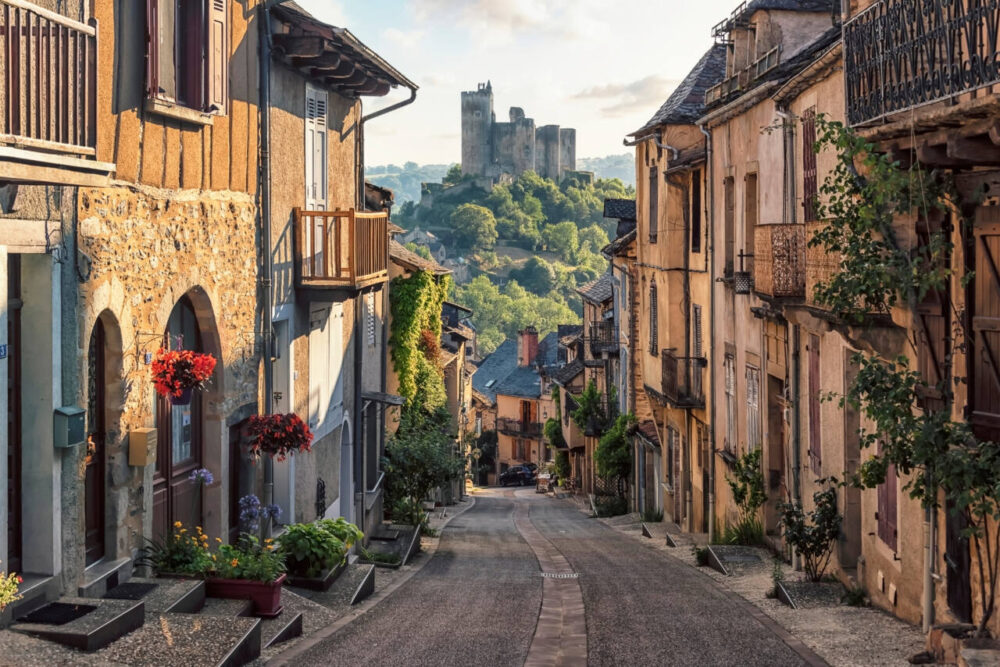
France placed No. 9 on the list with a score of 74.8. This country scored highest in the areas of development (88) and healthcare (86) and lowest in cost of living (59) and housing (62).
France is renowned for its gourmet food and refined culture. How do you like the idea of a daily shopping trip to a fresh vegetable market, then picking up a baguette at your local boulangerie? If that sounds good to you, France may be worth looking into.
France’s healthcare system is frequently ranked among the top 10 in the world, and those with chronic conditions like cancer and heart disease will find that the treatment is covered throughout the duration of the illness.
If budget is a concern, you’ll have to be intentional about where in France you choose to settle down. Housing costs are high in places like Paris, Cannes and Lyon, but elsewhere in the country the home prices average 34% less than those in the U.S. And the French pay a fraction of the property taxes that Americans pay.
8. Malaysia
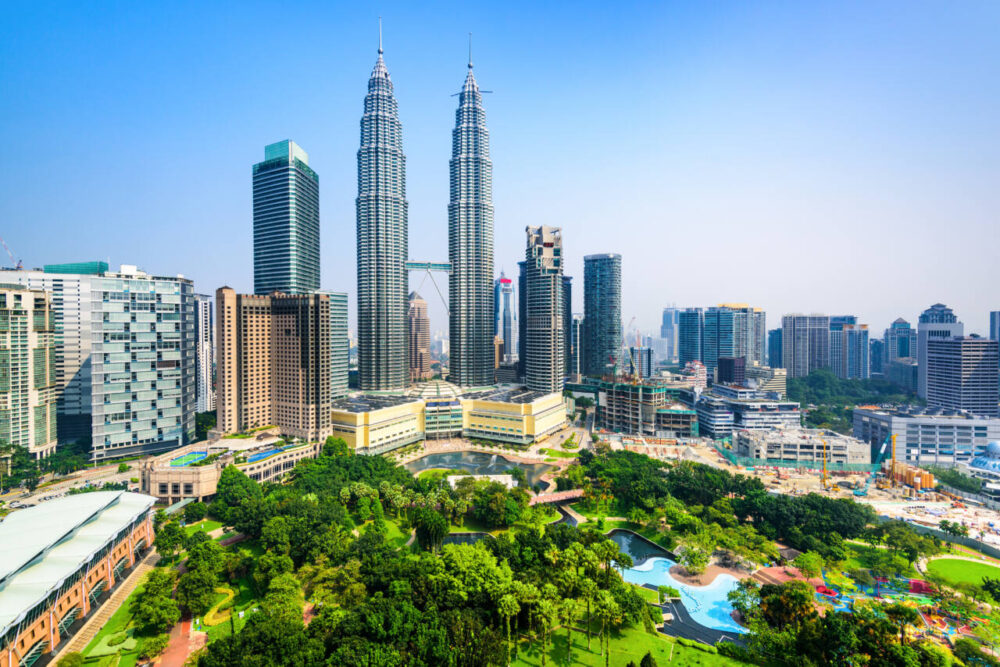
Malaysia came in eighth on this list, with a score of 75.7. Its highest ratings were in cost of living (96) and healthcare (82). Its lowest rating was in the area of visas (56).
If you are content to live in a hot, humid climate year-round (average temperature: 75-90 degrees F), you will find a lot to love in Malaysia. To start with, it’s easily more affordable than living in the U.S.
According to the sources informing the Global Index, housing, transportation, food and entertainment expenses can cost you one-third to one-fifth of what they might be in the U.S. You can live a comfortable lifestyle here — dining out, going to cultural festivals, enjoying the country’s natural beauty — for much less.
Its restaurants are diverse, and its street food scene is famous. And the ethnic fusion of its population is unique; its people have roots in China, India, Portugal, the Netherlands and several other places. That said, it’s easy to assimilate here, since on the western side of the country, the English language is widespread. And Malaysia’s location in central Asia makes it easy to travel to other Asian countries, too.
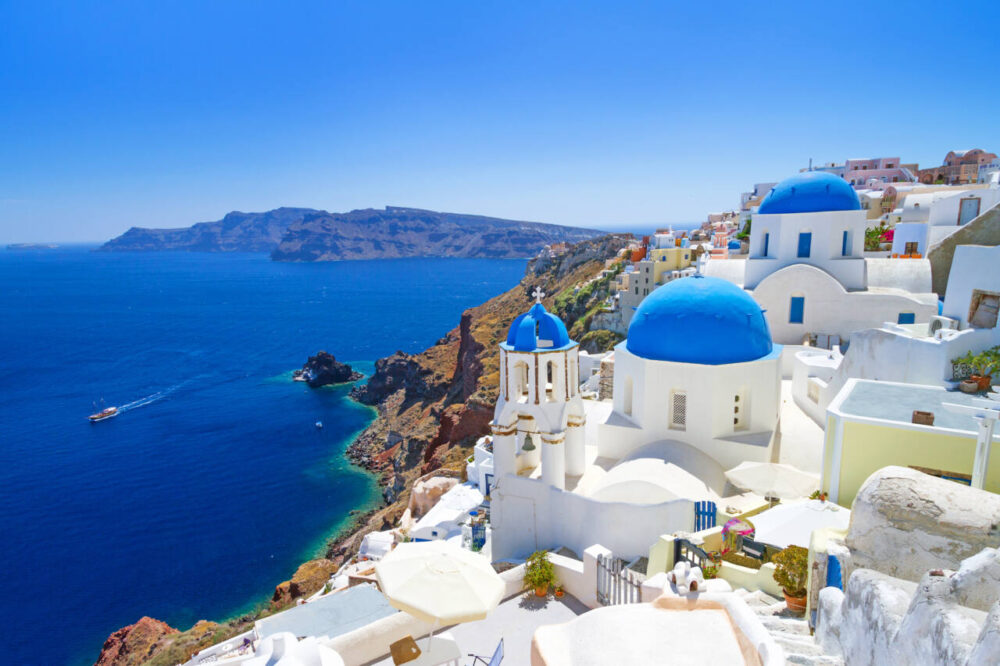
Greece has a gorgeous, mountainous landscape that’s surrounded by sea. You’ll have your choice of which climate you prefer, since it varies in different parts of the country. Though it’s generally warm and mild, there are northern cities with ski resorts. You can also choose between a bustling city or a small village.
Home prices also vary a lot depending on location. But sources for the Global Index have estimated the housing costs to be as much as 75% lower than in the U.S. The cost of living in general ranges from between 30% and 50% below that of America.
Healthy eating is easier here, too. In fact, the Aegean island of Ikaria is a blue zone location, where people are known for their longevity. But if you do struggle with health issues, be intentional about where you settle. The high quality doctors tend to be situated in the more populated cities.
A carefree café culture is going strong in Greece, and expats looking for a slower lifestyle will fit right in.
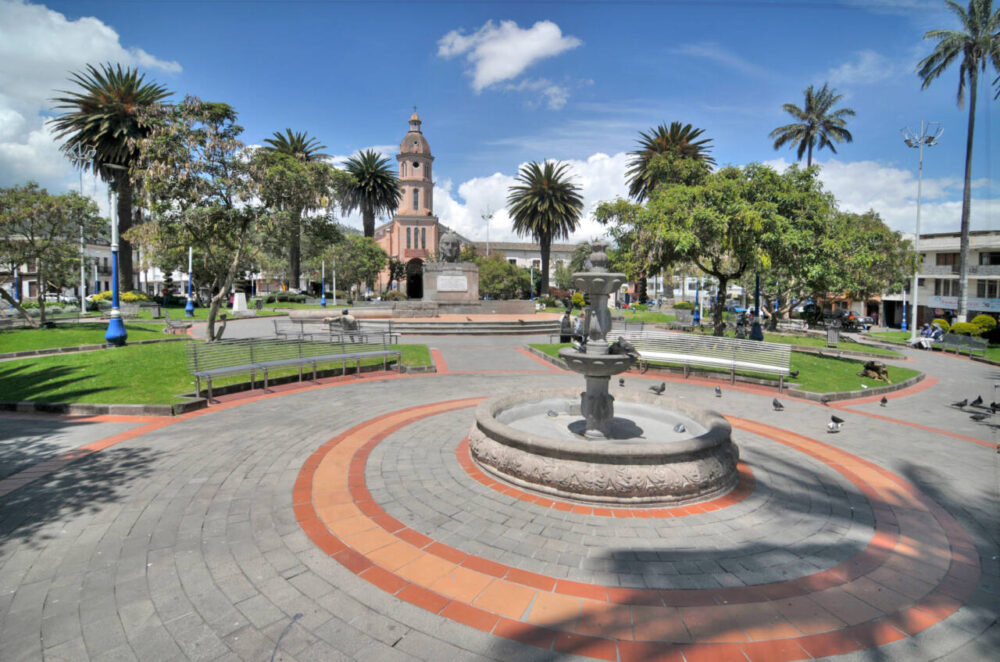
Ecuador came in at No. 6 on the list with a score of 77.4. It earned its highest ratings for cost of living (91) and climate (87), but scored lower in the area of development (56).
This small South American country has a temperate climate year-round. Foreigners often settle in the mountain highlands, where the temperature ranges from the high 60s to the low 70s. This allows people to enjoy the beautiful landscape and participate in lots of outdoor activities. There are 14 designated National Parks in Ecuador.
A couple can live comfortably for $2,000 to $2,500 per month, including housing, food and public transportation. Healthcare is also affordable, accessible and high-quality: It costs about $95 per month for a couple. An added bonus: Ecuador uses the American dollar for currency.
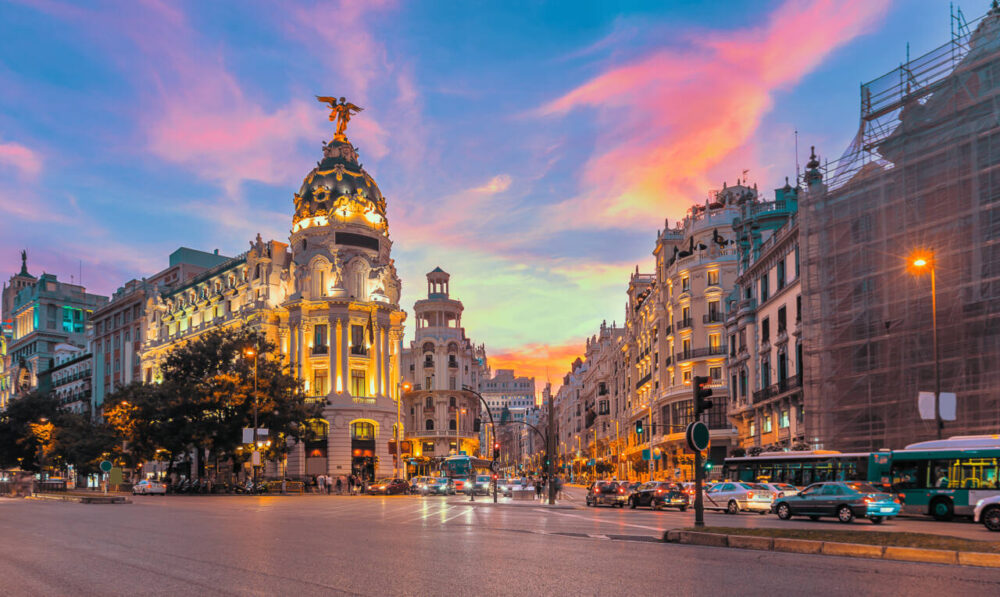
Spain made it into the top five with a score of 79.7. It earned high ratings for affinity (89), development (88) and healthcare (88). Its lowest rating was in the housing category (68).
Whether you’re looking for mild coastal temperatures along the Mediterranean Sea, sunny weather in the Canary Islands or a snowy area in the North, Spain has a climate option for everyone. No matter where you live in Spain, you’ll enjoy a culturally rich lifestyle full of history, art and culinary delights.
You can live comfortably on $2,000 to $3,000 per month, though this will depend on which area you choose. Home costs in Madrid or Barcelona are much higher than in Valencia or Andalucia.
Once you’ve lived in Spain for five years, you automatically attain resident status and can opt into the public healthcare system. Prior to that, you’ll need to buy private medical insurance, but it can cost as little as $100 per month.
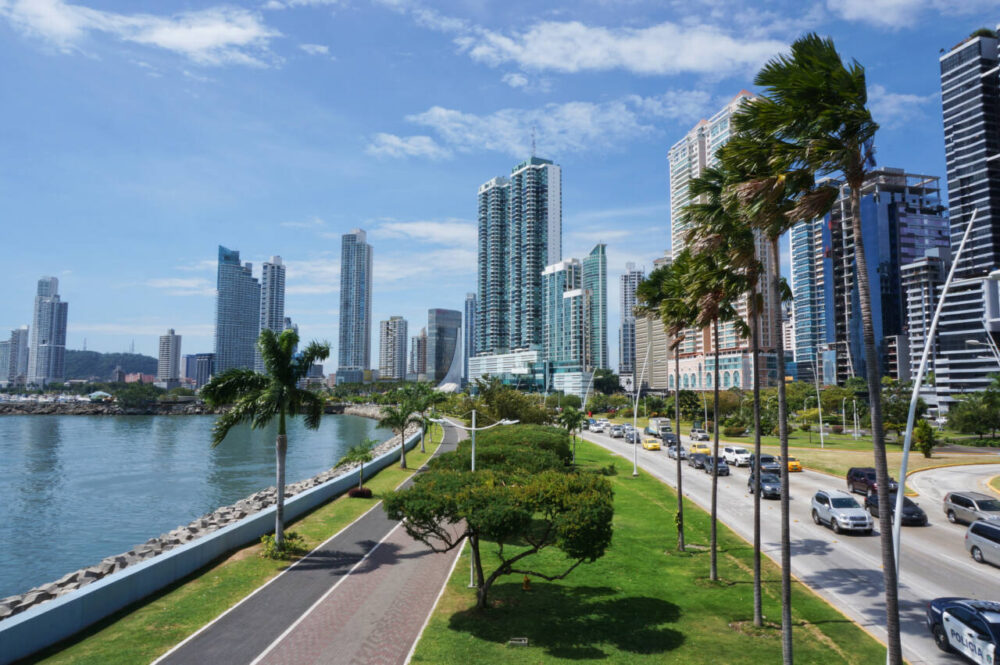
Panama placed fourth in this year’s index with a score of 82.8. Its highest-scoring categories were visa (98), affinity (86) and development (86). Its lowest-scoring area was housing (72).
Panama’s fast-growing economy (which uses American currency) makes it the wealthiest country in Central America. Panama has an excellent international airport, which makes travel easy, and it’s just a 3-hour flight from Miami.
Beautiful beaches and a sunny, mild climate will make you feel like you are on vacation year-round, and there are no hurricanes in Panama. The healthcare system is affordable and high-quality.
If you choose to live in the capitol, Panama City, you’ll be in the midst of thriving art and culinary scenes. And it’s a place where you can live a cosmopolitan lifestyle for much less than you’d spend in the U.S. One expat claims to live comfortably on $2,700 per month .
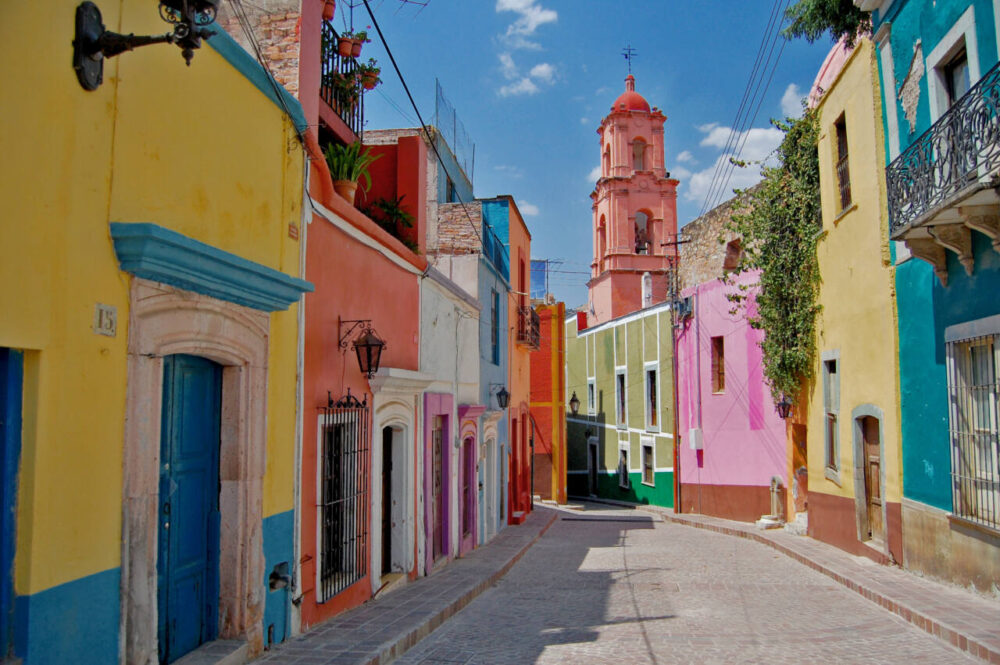
Mexico earned an 80 or above in every category except housing (74) and ultimately landed in the third-place spot with an overall score of 83. It scored highest in the categories of visa (89) and affinity (88).
Why did Mexico perform so well in this index? If you’ve vacationed in Mexico, you know it has a warm and sunny climate and lovely beaches. But all types of geographical areas can be found in Mexico, from desert towns to bustling cities to jungle areas. Inland communities are temperate year-round, while coastal communities can get hot and humid in the summer. You’ve got a lot of choices when it comes to moving to Mexico.
Because life is so affordable in this central American country, you can enjoy a higher standard of living and find a comfortable home for less. Even in a city, you can rent an apartment for $400 per month , or buy a house for $200,000. And the cost of healthcare is about 50% lower in Mexico than it is in America.
2. Portugal
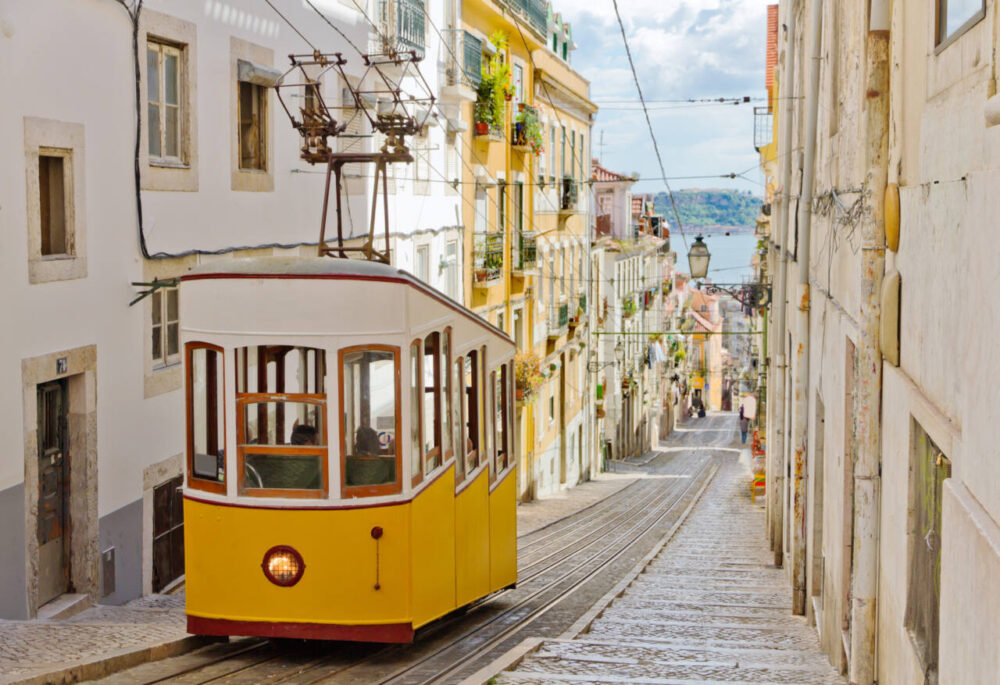
Portugal won last year’s top spot in the Annual Global Retirement Index, and it came in at second place this year (missing No. 1 by only a fraction of a point) with a score of 83.2. This small European country on the west coast of the Iberian Peninsula scored highest in development (93) and in healthcare (92). Its lowest-scoring category was housing (64).
You might come to Portugal for its sunny climate and mild winters, but you’ll say for many other reasons. This popular spot for foreign retirees is extremely safe (strict gun laws keep gun violence down) and welcoming (with an older population and lots of English-speaking citizens).
Portugal’s foremost draw might be its low cost of living, as a couple can live comfortably in inland areas for about $1,700 a month and in larger cities like Lisbon for about $2,100 to $2,200 a month.
This country also boasts one of the best healthcare systems in the world. Expats can access both private and public healthcare (though they must start out with private insurance for the duration of their temporary visa).
1. Costa Rica
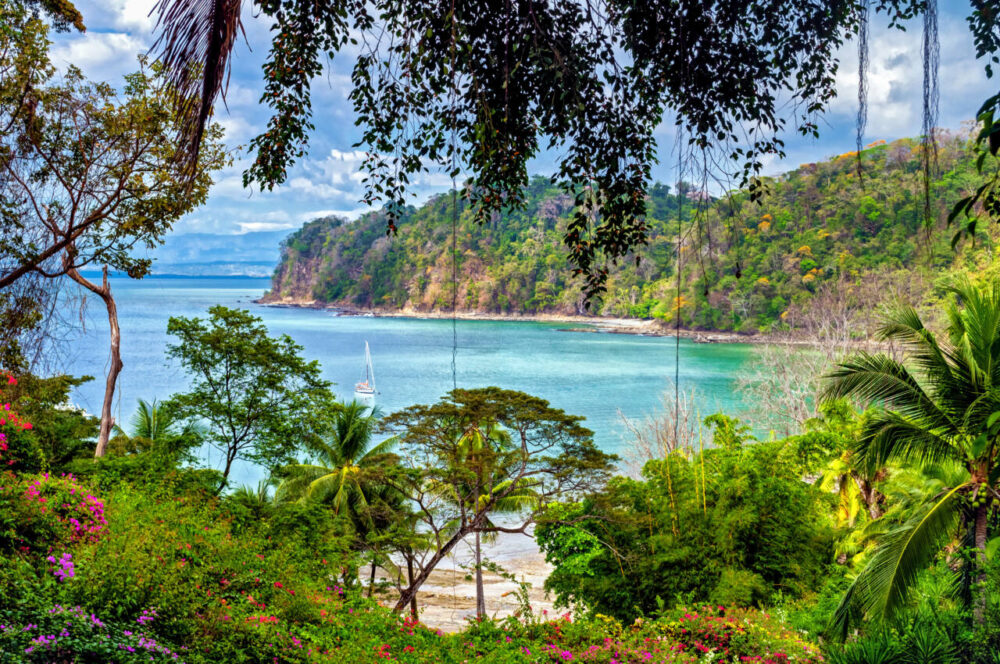
Topping the Annual Global Retirement Index this year was Costa Rica, with a score of 83.57. It earned its highest marks in the affinity category (96) and for visa ease (94) and healthcare (89). It scored lowest in the category of housing (66).
About 70,000 U.S. expatriates have already discovered the benefits of living in Costa Rica, and many of them are retirees. While the cost of living here is higher than in other Central American countries, it’s still more affordable to live comfortably in this country than in the U.S.
According to expats already living here, you’ll need a total budget of between $2,000 and $3,500 per month. Popular expat areas are in San Jose and the Central Valley, which both feature great weather, good healthcare options (both public and private) and lots of shopping.
But no matter where you live in this country, there are gorgeous landscapes to explore. A quarter of Costa Rica has the protected status of national parks or wildlife refuges. So, if you’re looking for a place where you can enjoy the outdoors year-round, alongside many other expats like yourself, Costa Rica may be your No. 1 choice, too.
Related posts

Pilot chartered a plane to take 112 friends to Hawaii for his retirement
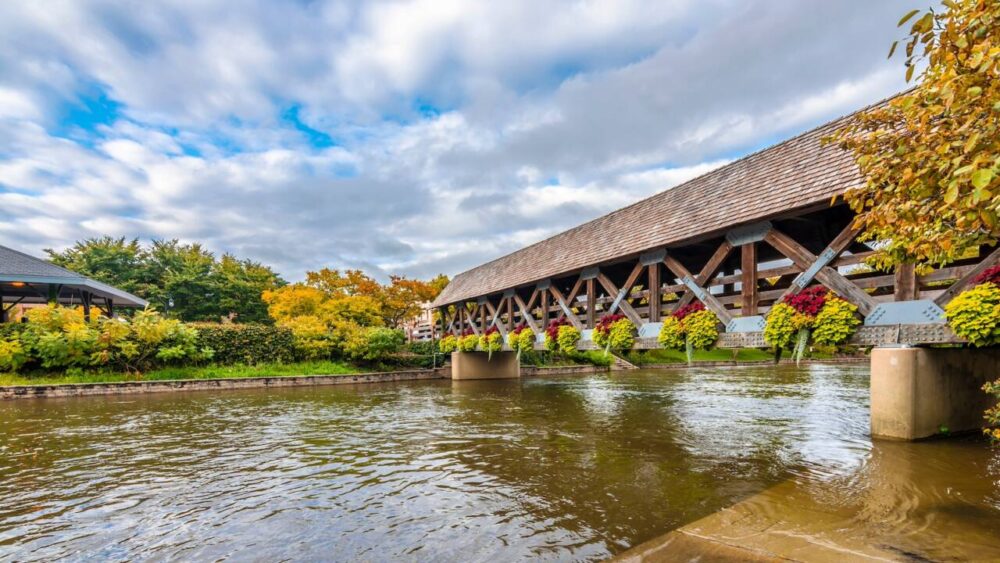
New report ranks best and most affordable places to live in America
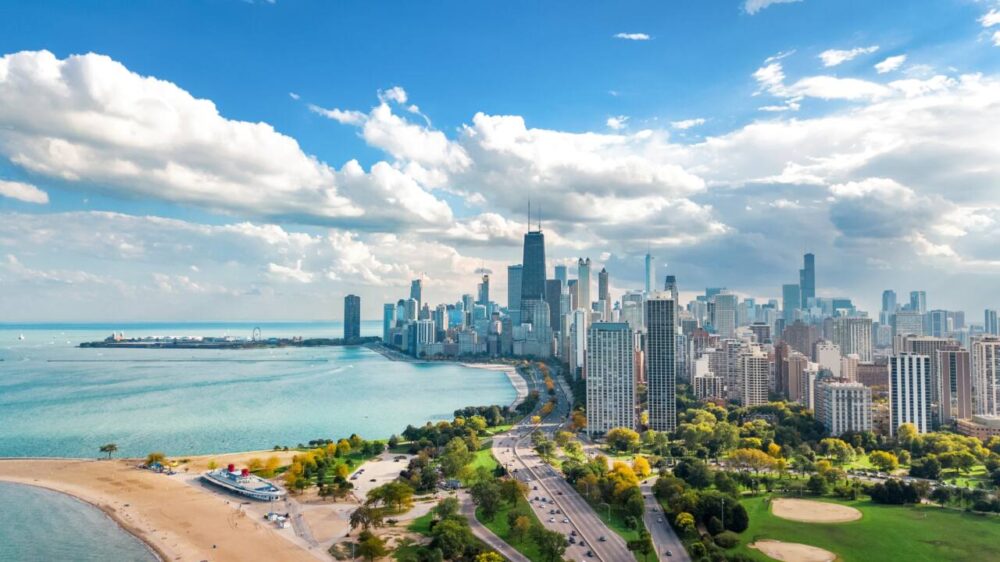
These are the 20 cheapest places to travel in 2024

The 10 best places to work in 2024, according to Glassdoor
About the author.
From our partners

IMAGES
VIDEO
COMMENTS
11. Parque Nacional Natural Serranía de La Macarena. Best for natural spectacles. Due south of Bogotá, Parque Nacional Natural Serranía de La Macarena is one of the most incredible places to visit in Colombia. Just a short drive from the town of La Macarena, Caño Cristales is a river that runs vivid pink.
Colombia is a country of stunning natural beauty, rich cultural heritage, and diverse wildlife. Whether you want to explore the colonial cities of Bogotá and Cartagena, hike the Andes mountains, visit the coffee plantations, or enjoy the tropical beaches, you will find something to suit your taste in this South American gem. Find out more about the 14 top-rated attractions and places to visit ...
12. Guadalupe, a must visit town in Colombia for nature lovers. 13. Aracataca, the birthplace of Gabriel García Márquez. 14. San Jeronimo, an underrated small town near Medellin. 15. San Gil, the adventure capital of Colombia. Best places to visit in Colombia: Nature & adventure.
1. Cartagena. Cartagena is one of the most visited destinations in Colombia (thanks to a lot of direct flights and cruise ship visits). Dating back to 1533, the city is famed for its colonial Old Town: a maze of cobbled alleys, flower-covered balconies, and giant churches on spacious plazas.
Eje Cafetero. Anna Haines/Travel + Leisure. Colombia's idyllic coffee-growing region is known as the Eje Cafetero, the "Coffee Axis." This verdant landscape is peppered with grand haciendas and ...
6. Santuario de Las Lajas. Just north of the border with Ecuador is the Santuario de Las Lajas, one of the most fascinating religious structures in all of Colombia. Built spectacularly on a bridge that spans the Guaitara River, the Santuario de Las Lajas looks like it is straight from a fairy tale.
2023. 3. Gold Museum (Museo del Oro) 14,574. Speciality Museums. The Banco de la República Gold Museum houses one of the most important collections of pre-Hispanic metallurgy in the world. As its history, which dates back to 1939, has unfolded, so this institution has become a symbol of Colombia's cultural memory.
Colombia: Coffe Tour Bucaramanga and Chicamocha Canyon (Santander) Hiking and Bicycle. 5.0 (3 reviews) Excellent guiding, support & entertainment from all the guides involved. Destinations. Bucaramanga +1 more. Age Range.
Whether you're seeking adventure, history, showstopping nature or a fabulous party, here are the top things to do in Colombia. 1. Photograph Colombia's national plant in the Valle de Cocora. Adjoining the lower reaches of Parque Nacional Natural Los Nevados, one of the best national parks for hiking in Colombia, the Valle de Cocora is one ...
Best of Colombia. Liesan · Traveled February 2024. This trip is such a great way to see the different parts of Colombia. From the cooler Bogota and coffee growing regions to the serious vibe in Medellin, to the coastal heat of Cartagena, onto the tropical zone near Santa Marten and then the very dry mountain conditions of Barichara.
6. Get your adrenaline pumping in San Gil. Leaving the north coast, thrill-seekers will revel in visiting San Gil, the adventure sports capital of Colombia. There is no shortage of things to do, as visitors can choose between zip-lining, abseiling, white-water rafting, kayaking, horseback riding, and mountain biking.
1. Fly over the largest rainforest reserve in the world. Image of a warm, colorful sunset in the Colombian Amazon. There's a hidden world in the middle of Colombia's Amazon called Serranía de Chiribiquete National Natural Park. Symbolically located deep in the heart of the country, it easily holds our number one spot on this bucket list.
5. Zona Cafetera. Travelers who love their java will definitely want to visit Zona Cafetera (Eje Cafetero) where almost half of Colombia's coffee crop is grown on the slopes of the Andes. Referred to as the "Coffee Triangle", Zona Cafetera is situated between Bogota, Medellin, and Cali.
9# Barranquilla: Located between Cartagena de Indias and Santa Marta, Barranquilla celebrates the biggest carnival in Colombia every year. 10# Neiva : Travelers stop by Neiva to visit the Tatacoa desert. 11# Ibague : Known as the capital of music, Ibague is the largest city in Tolima.
Piedra El Peñol, Guatapé. One of those places to go in Colombia that you have to see to believe. La Piedra, or the rock, is just a short bus ride away from the incredibly vibrant town of Guatapé, and climbing the 659 steps of this crazy landmark will get you views of the insane man-made Guatapé Lake.
Best Colombia Tours. Explore local culture with a Colombian tour guide through these unique excursions: Full-Day Rosario Islands Including Barú, Cholon and Playa Blanca from Cartagena. Freedom Tour of Palenque in Cartagena. Lodotherapy in the Totumo Volcano with Visit to Galerazamba from Cartagena.
A Travel Guide to Colombia with ️ Travel Itineraries, ️ Top places to visit in 2024, ️ Beautiful coastlines and beaches, and more! Colombia. Travel Guide. Where skyscrapers sit next to quaint pueblos, and dense green rainforests merge with surreal red deserts.
The serene setting and mystical aura make it a must-visit for those seeking to connect with Colombia's ancient past and the captivating wonders of its natural landscape. 3. Monserrate. Monserrate, a mountain that rises 3,152 meters above sea level, offers panoramic views of Bogotá.
An Illustrated Handbook for Nature Tourism Guides in Colombia. Flowers, forests, jungles, birds, bears, and even capybaras—Colombia truly has it all. You'll be utterly charmed by the beauty of our nature and you'll be able to show visitors that the legends it spawns have some surprising truths to them. Learn more.
176. Full-day Tours. 8-12 hours. Free cancellation. $95. …. Showing results 1 - 30 of 3,262. *Likely to sell out: Based on Viator's booking data and information from the provider from the past 30 days, it seems likely this experience will sell out through Viator, a Tripadvisor company.
Quebrada La Vieja, Eastern Colombian Andes. In recognized tourism sites in Colombia, you'll no doubt find Monserrate, a church built at the top of the eastern mountain range. A good place to take pictures but perhaps too well known by most visitors. Near the heart of Bogota, the foot of the hills leads up the mountain range.
Try the tasting menu at Leo in Bogota - one of the best things to do in Colombia for gastronomes. Have an unforgettable Colombian dining experience at the original Andres Carne de Res. Stand in South America's biggest plaza in Villa de Leyva. Tour the incredible Zipaquira Salt Cathedral. Enjoy an open-air spa at the El Totumo Mud Volcano.
Stick to exploring one section of the country and exploring it well: spend three weeks bouncing between sun-soaked, Caribbean beaches or heading from Medellín deep into the Zona Cafetera. Your trip should match Colombia's characteristic pace: slow and enjoyable. 2. Domestic flights are affordable and quick.
The primary objective of Meditech Colombia 2024 is to foster the growth and development of the medical industry in the Andean region, Central America, and the Caribbean. Taking place at the renowned Corferias venue, the event will span from July 9th to July 12th, 2024. This event holds immense importance for professionals and organizations in ...
A total solar eclipse crosses North America today, with parts of 15 U.S. states within the path of totality. Maps show where and when astronomy fans can see the big event as skies darken in the ...
Topping the Annual Global Retirement Index this year was Costa Rica, with a score of 83.57. It earned its highest marks in the affinity category (96) and for visa ease (94) and healthcare (89). It ...